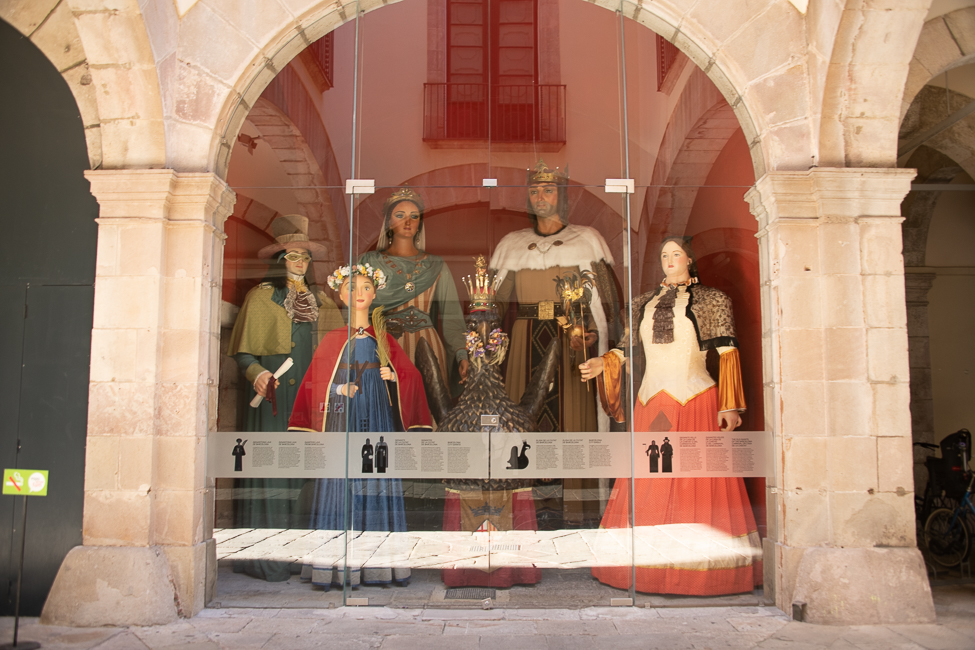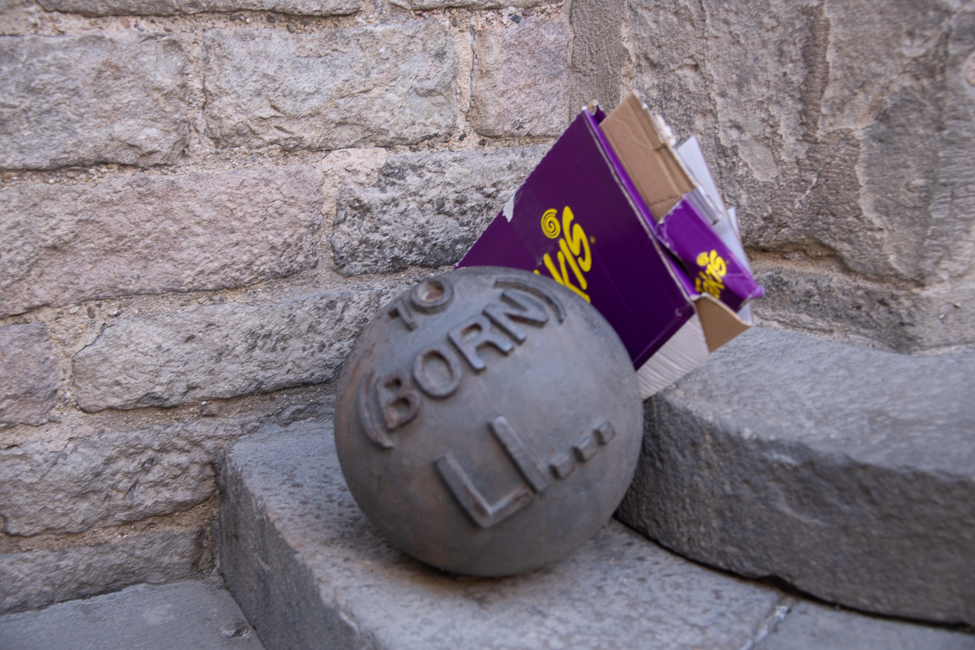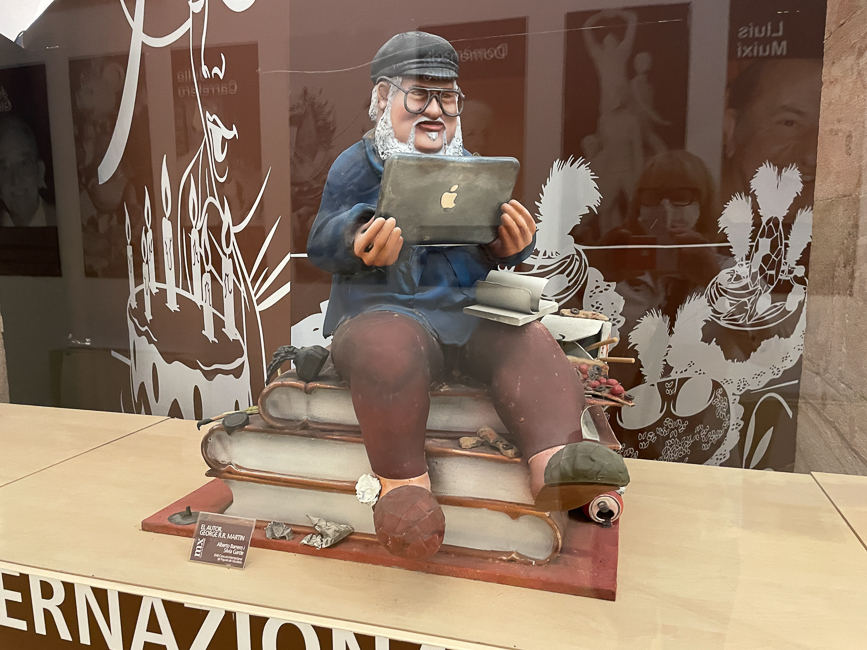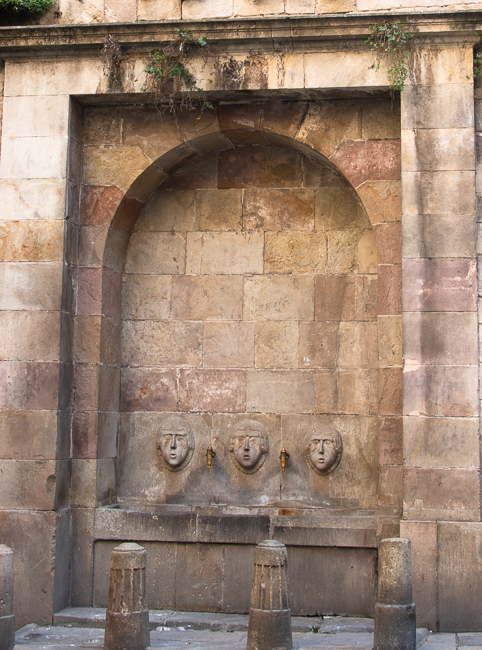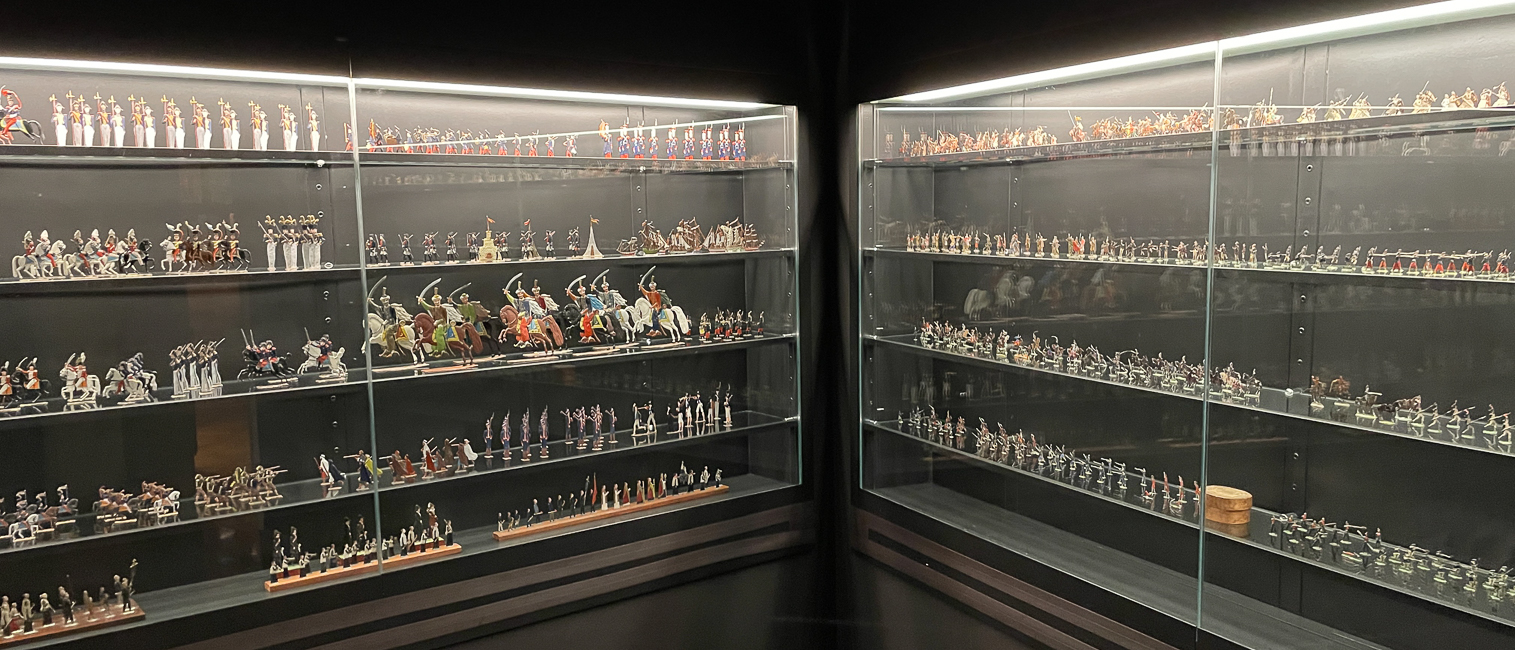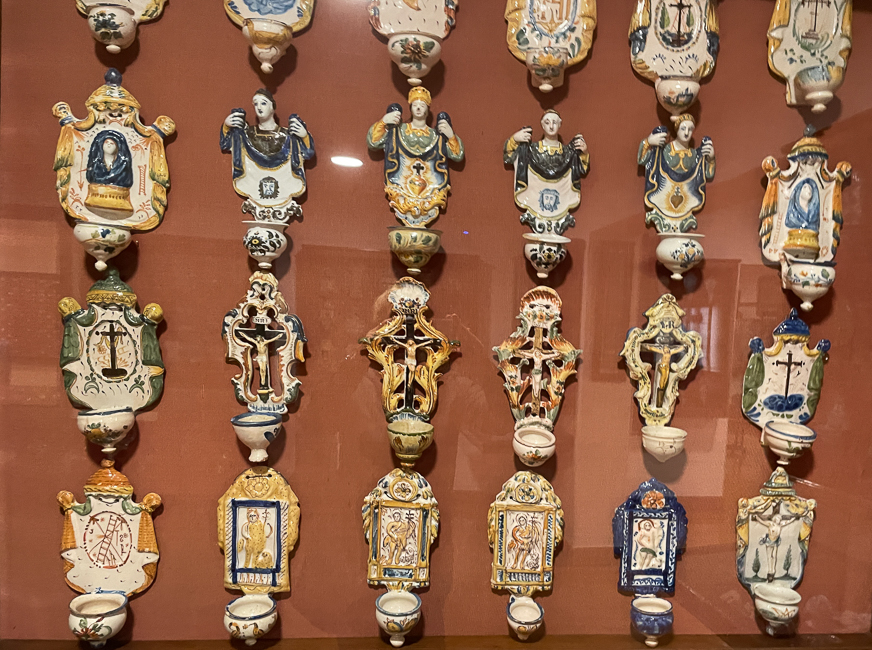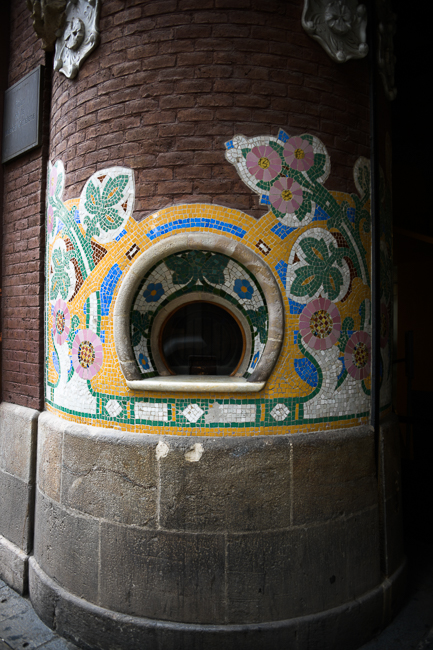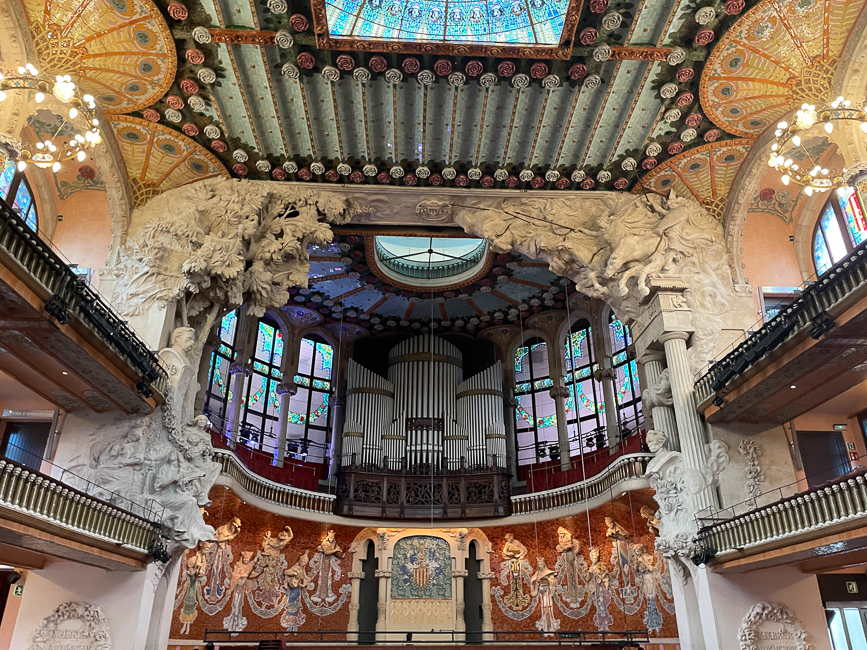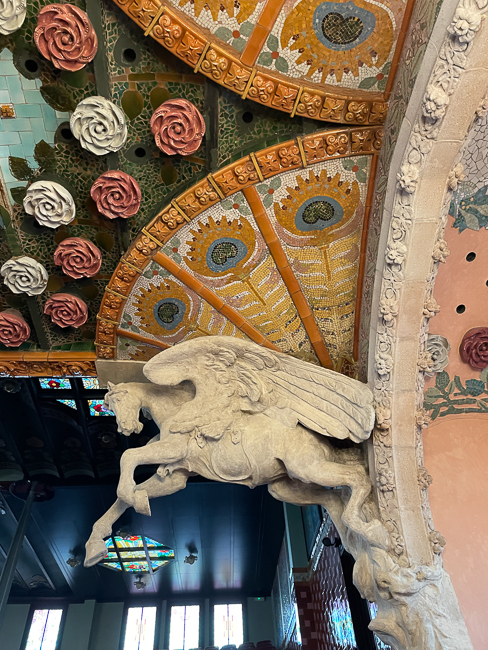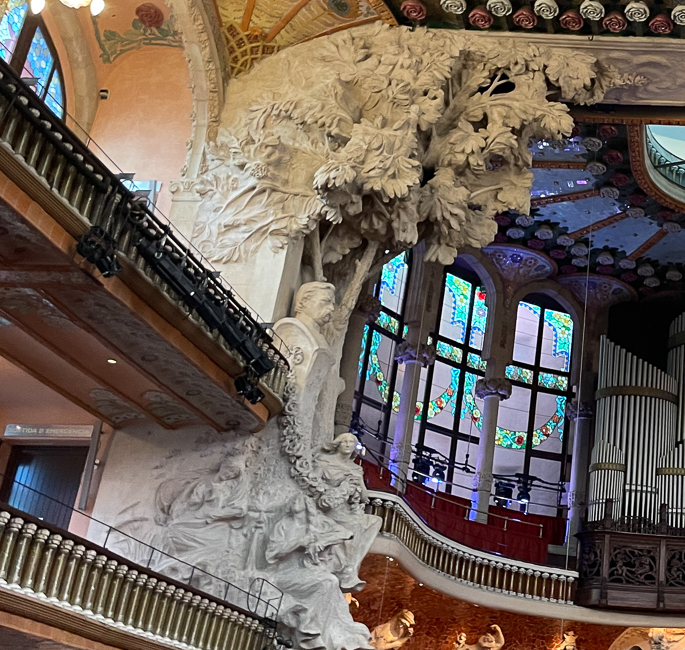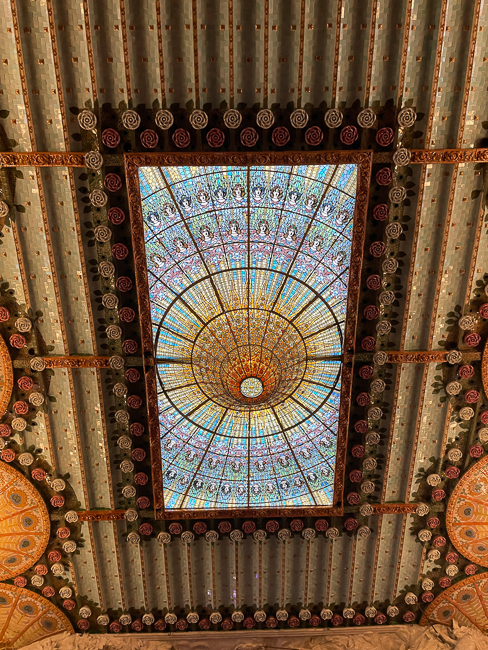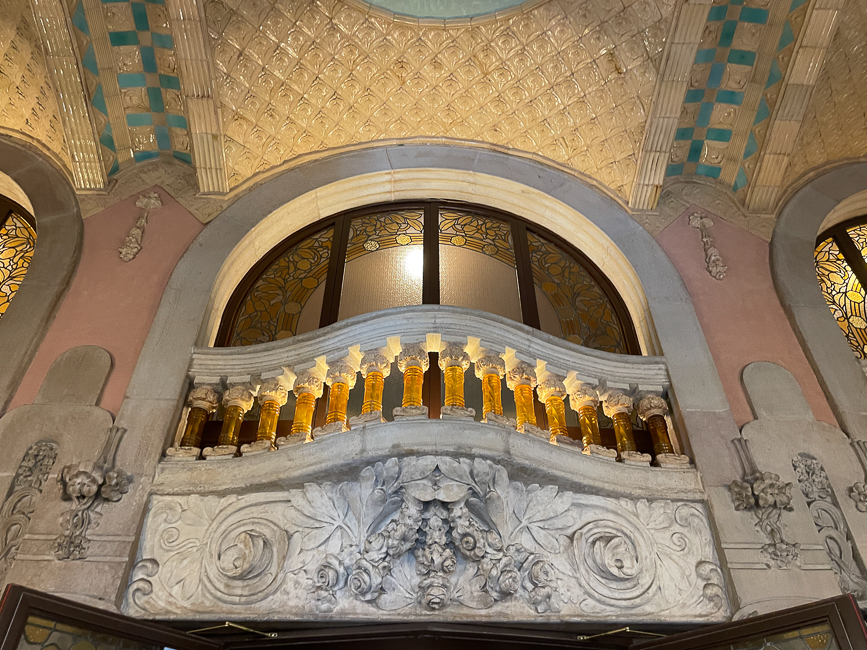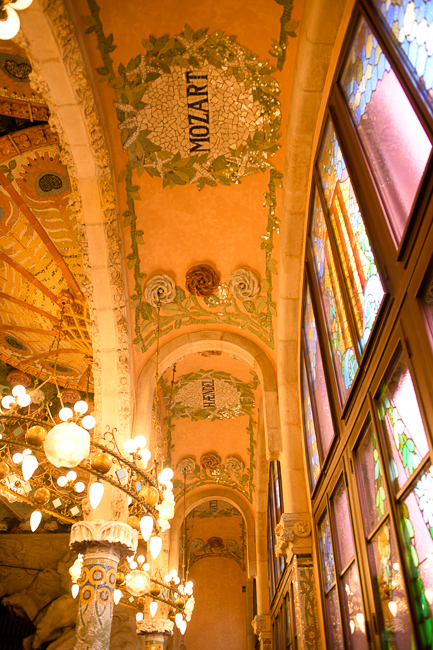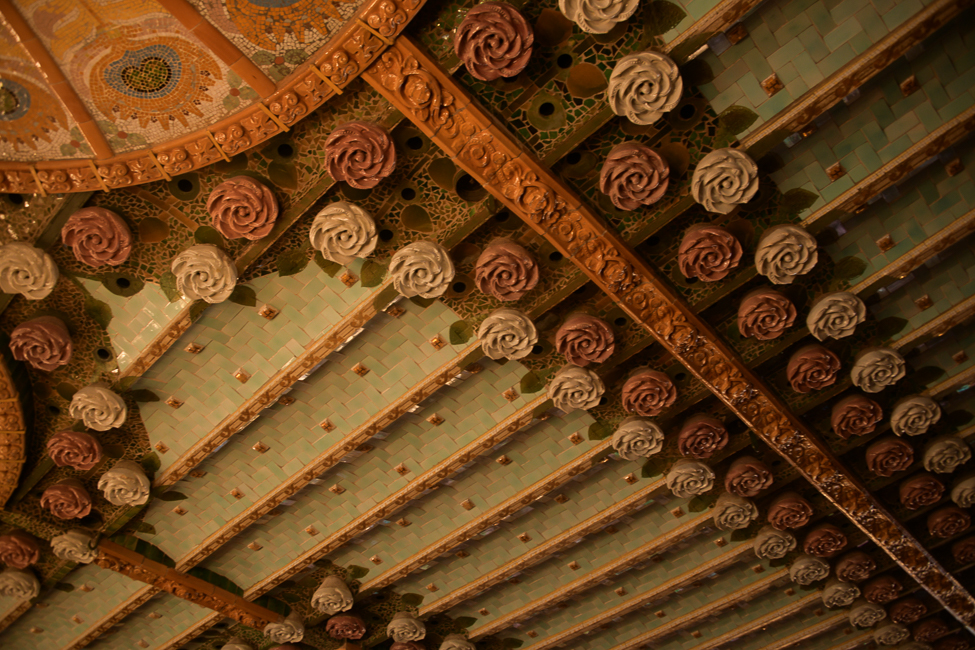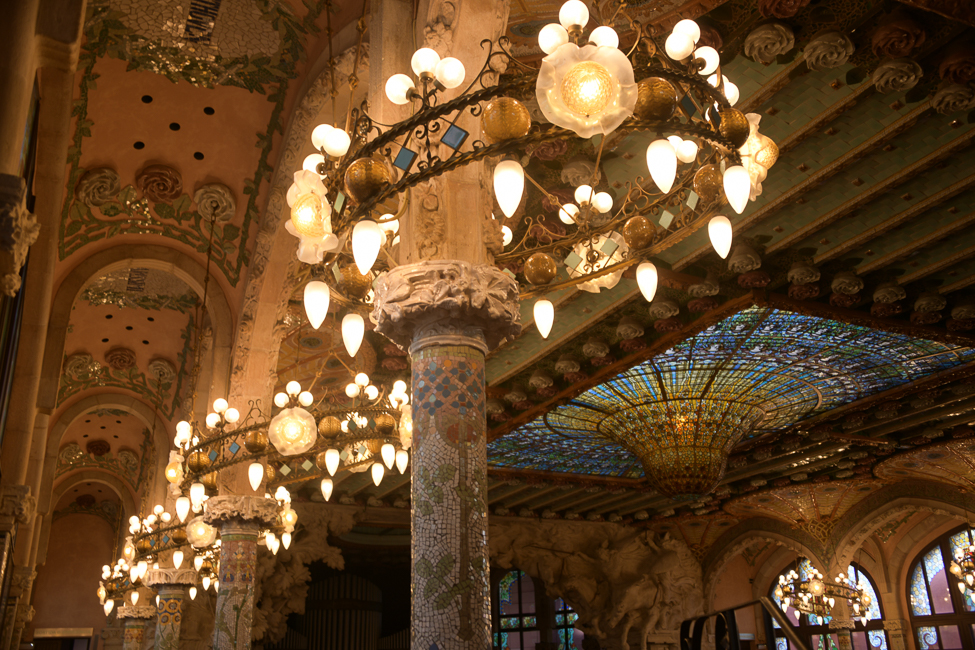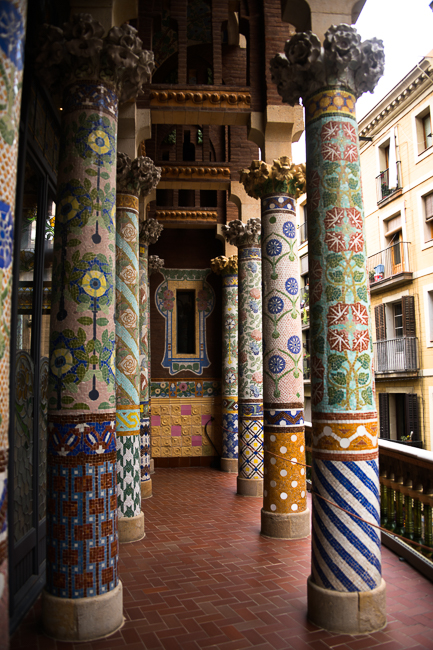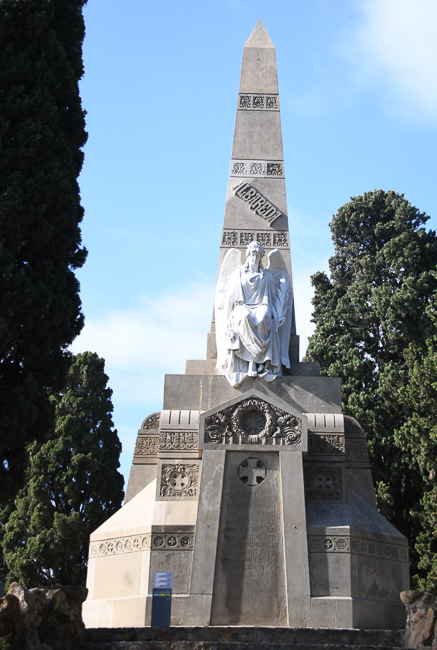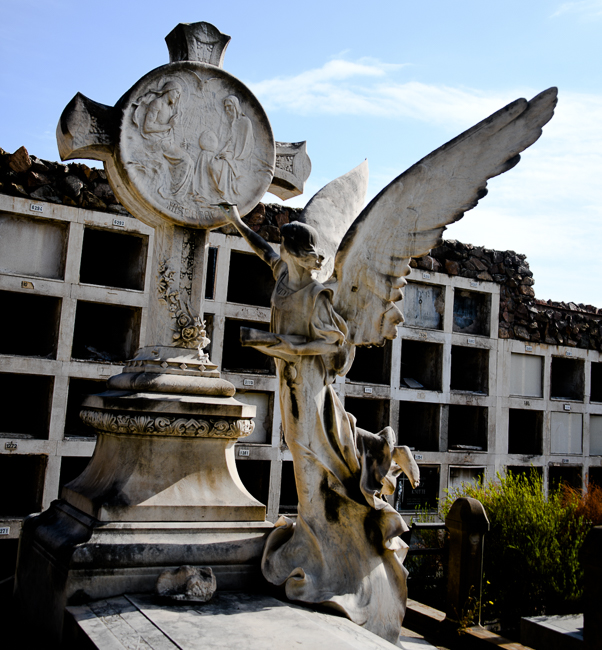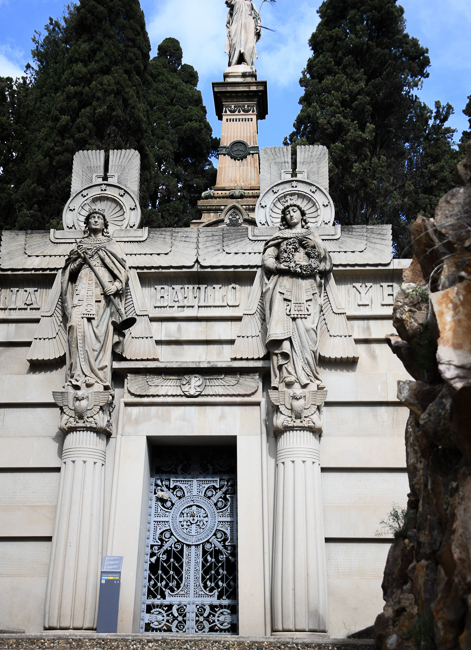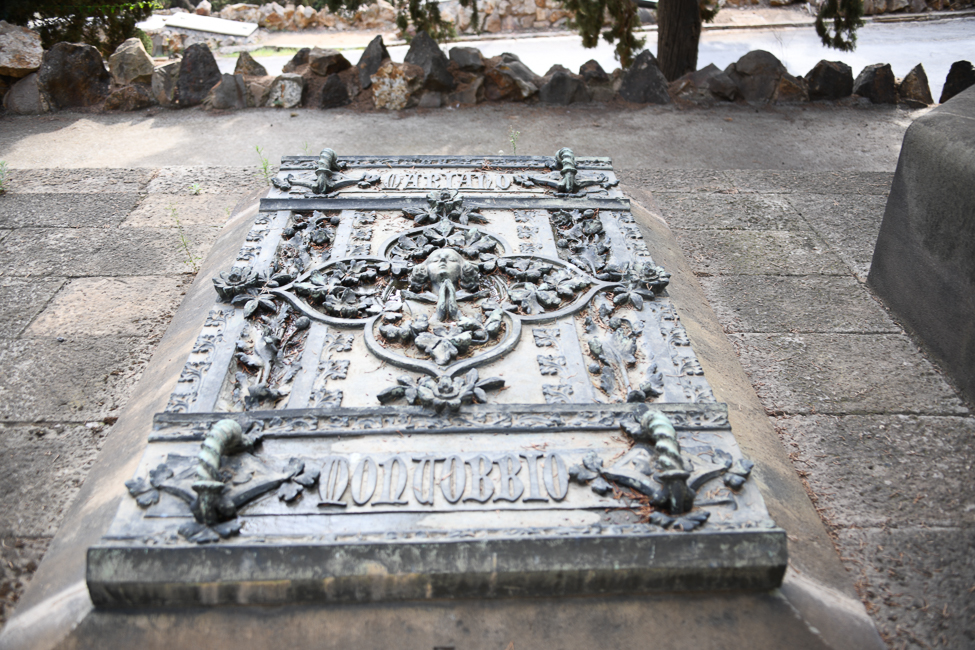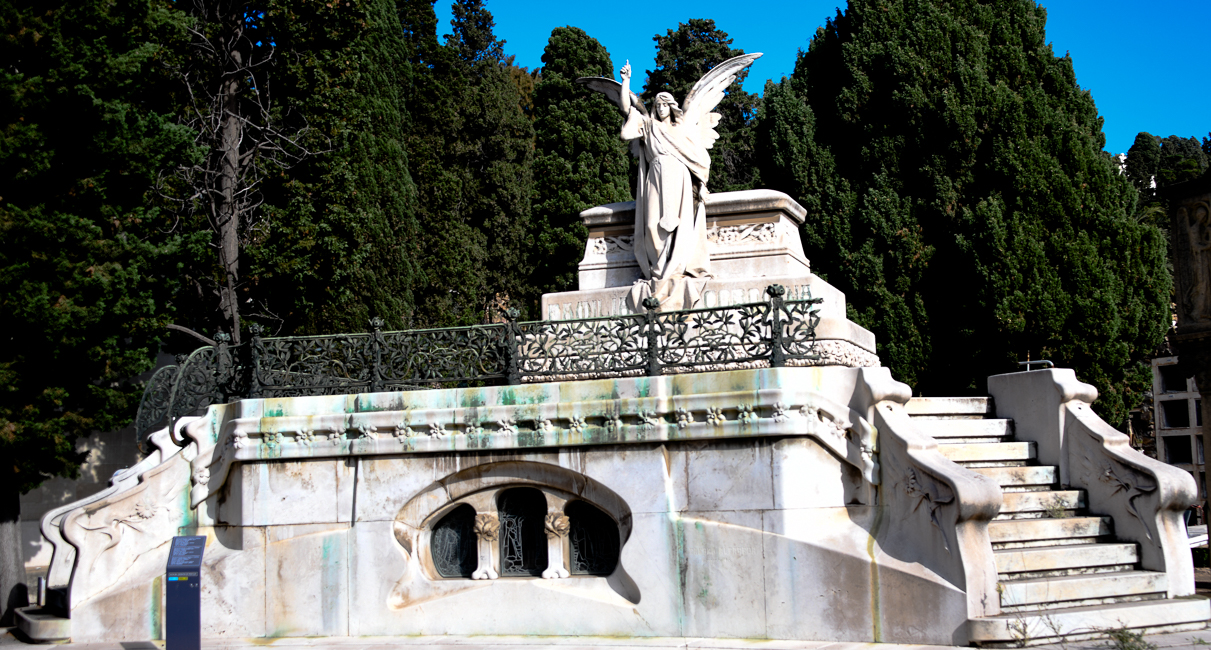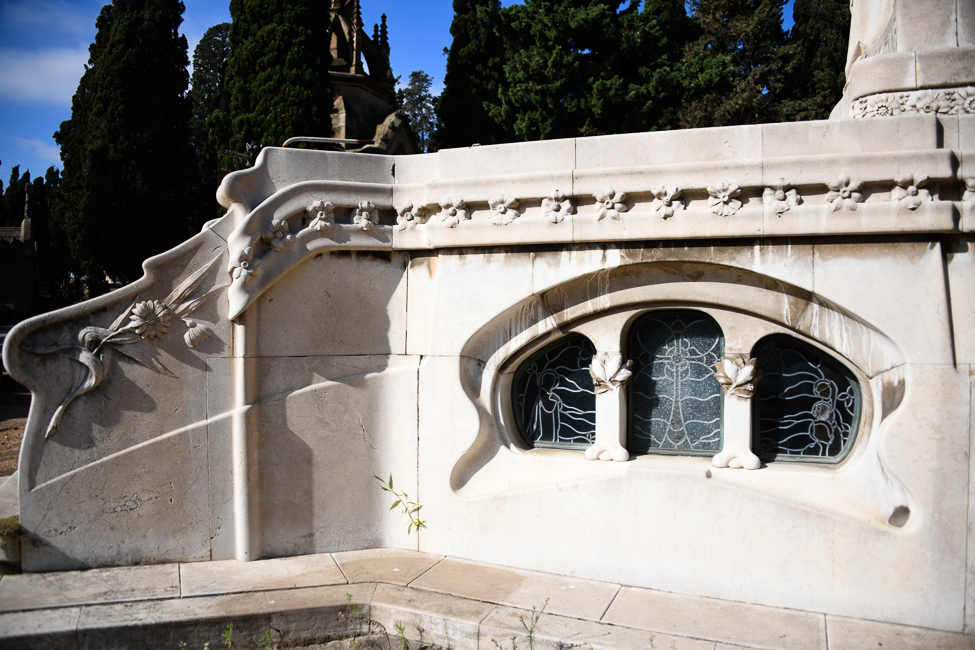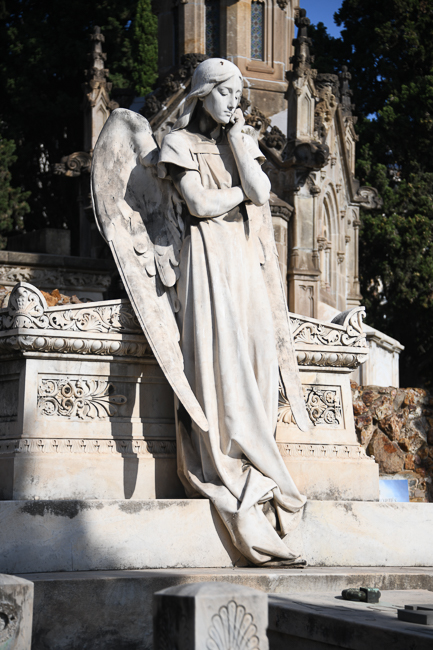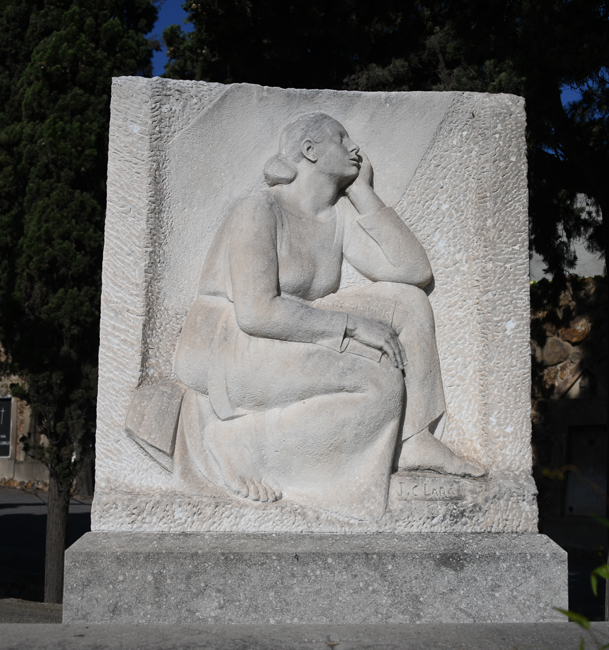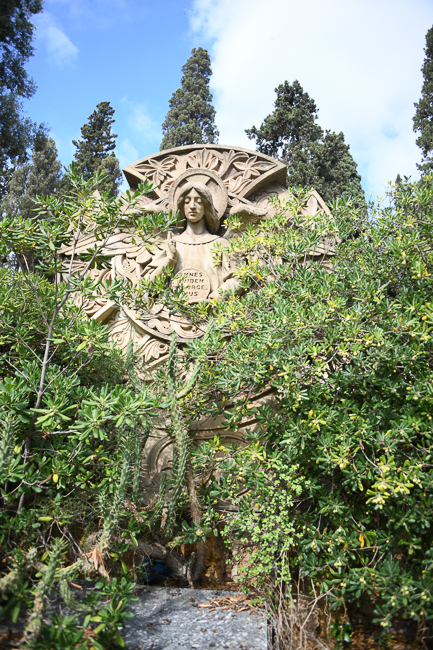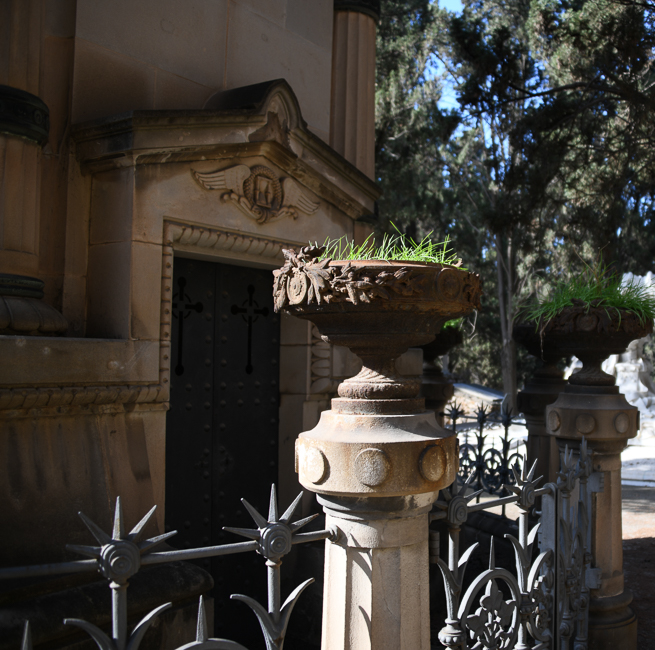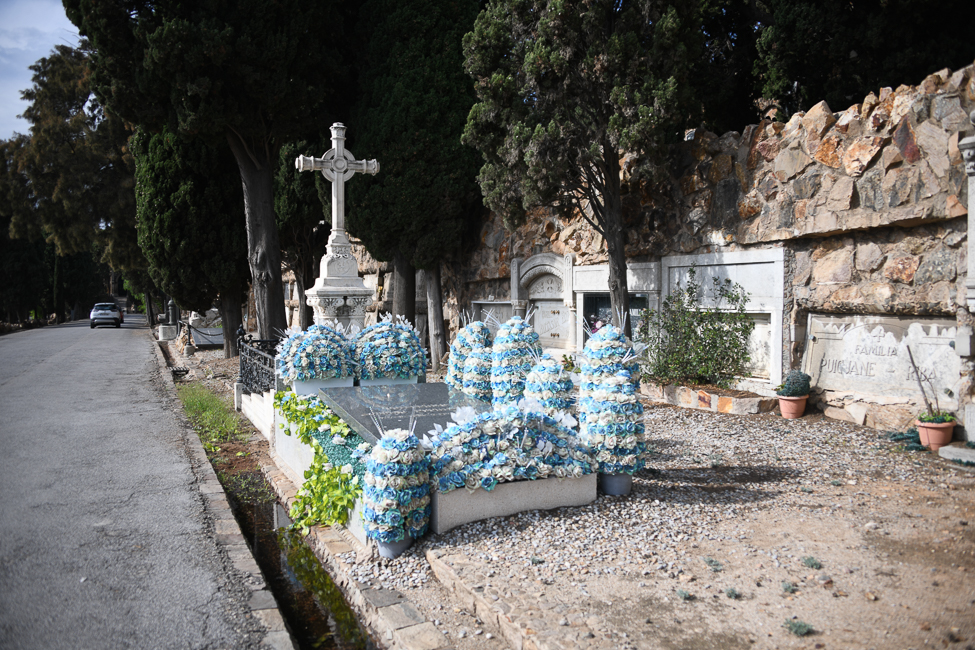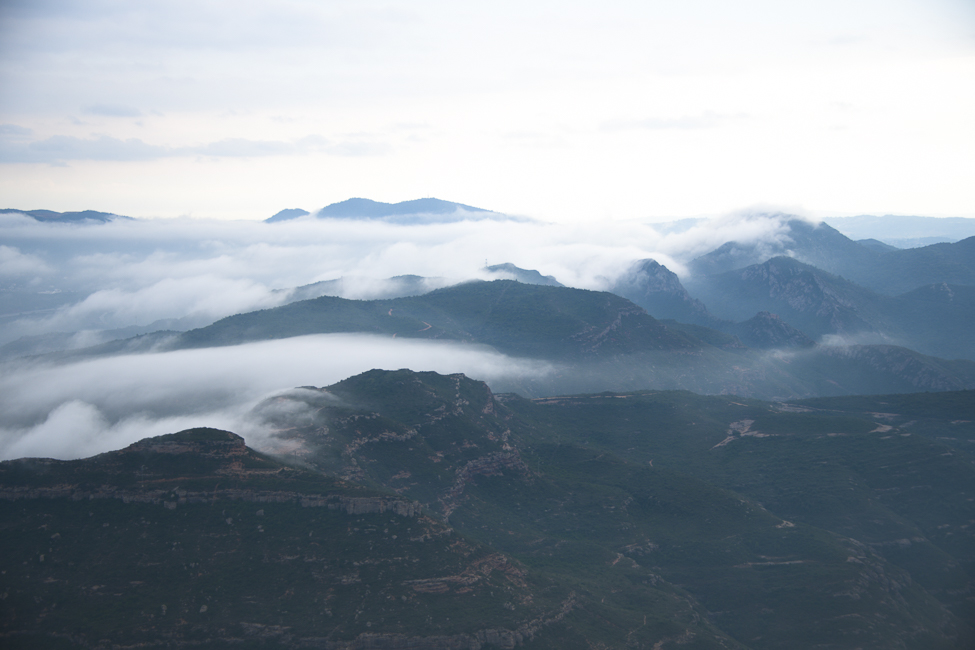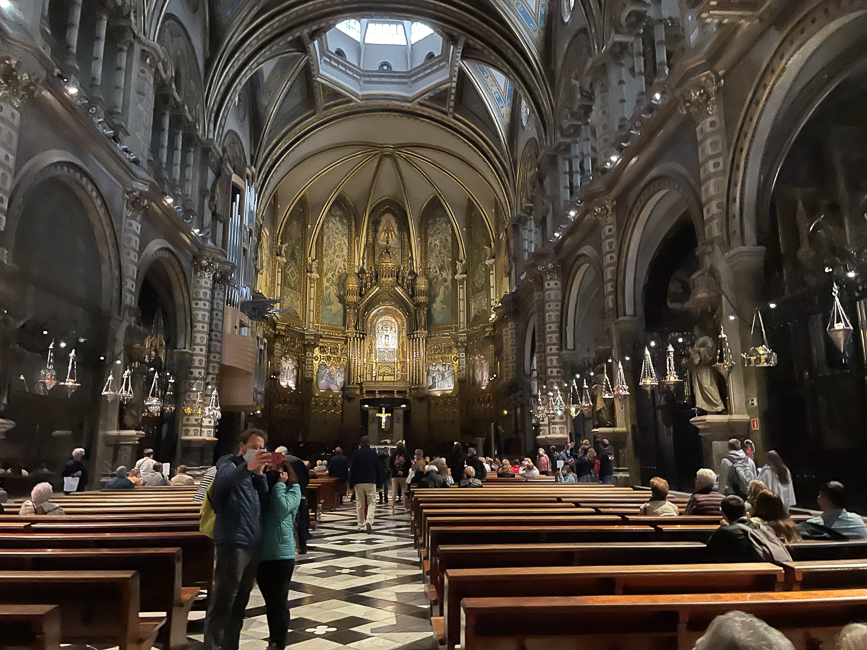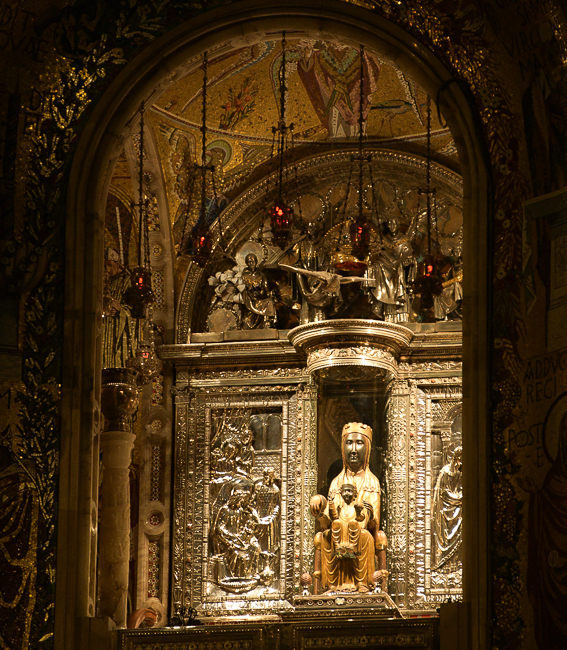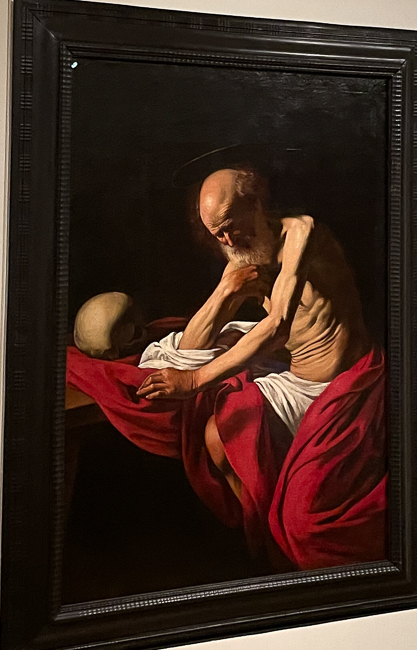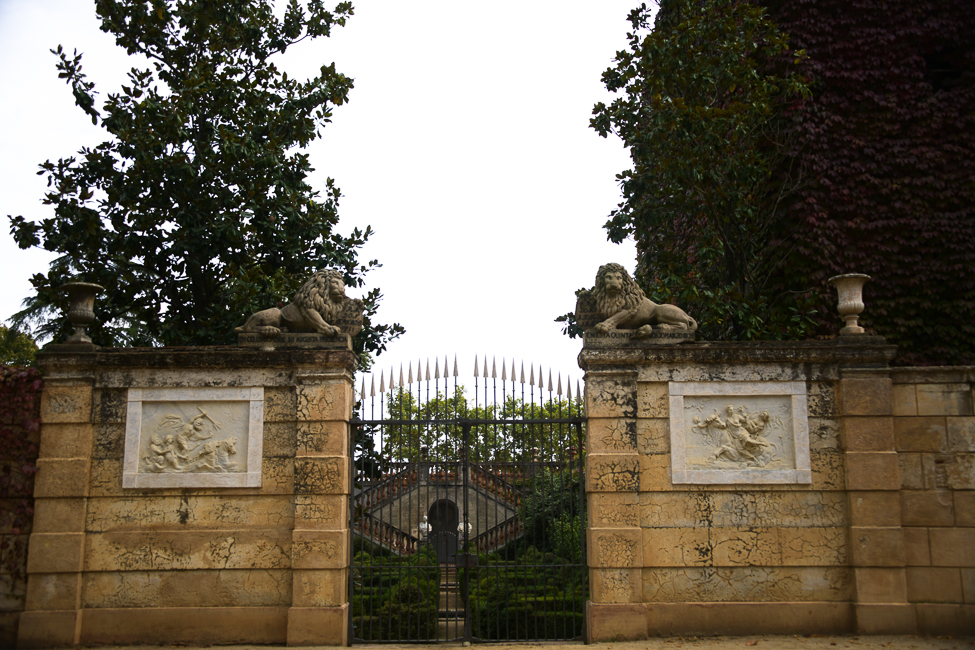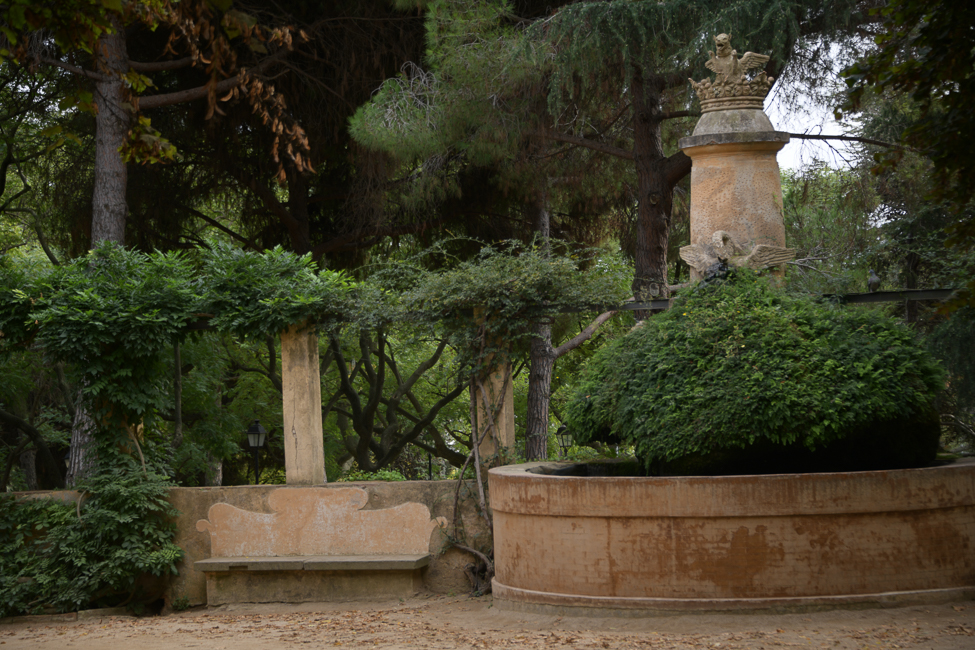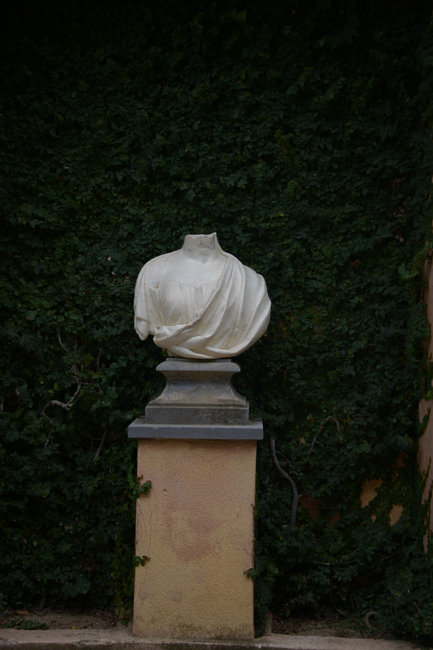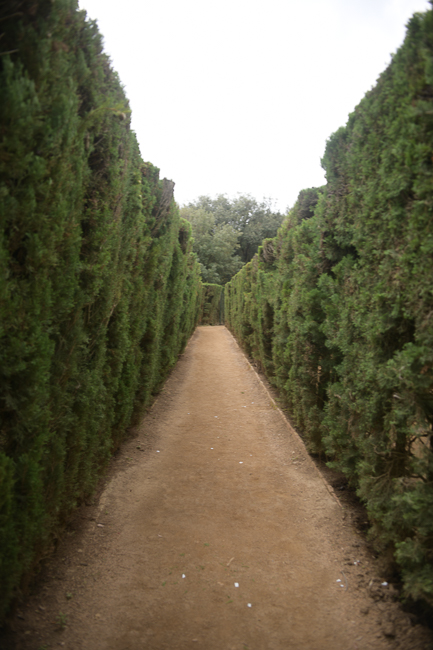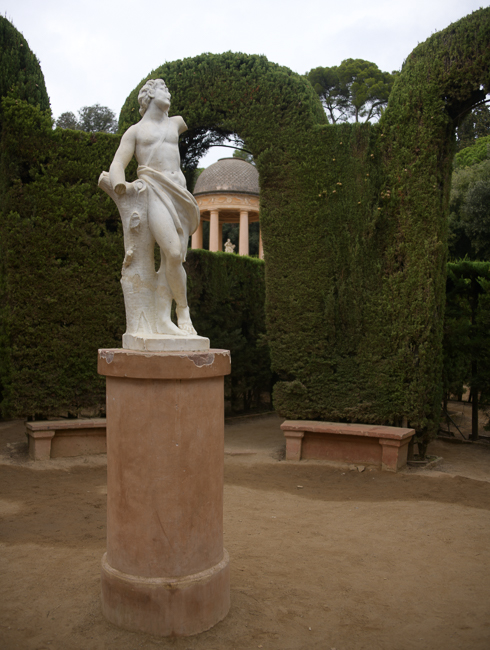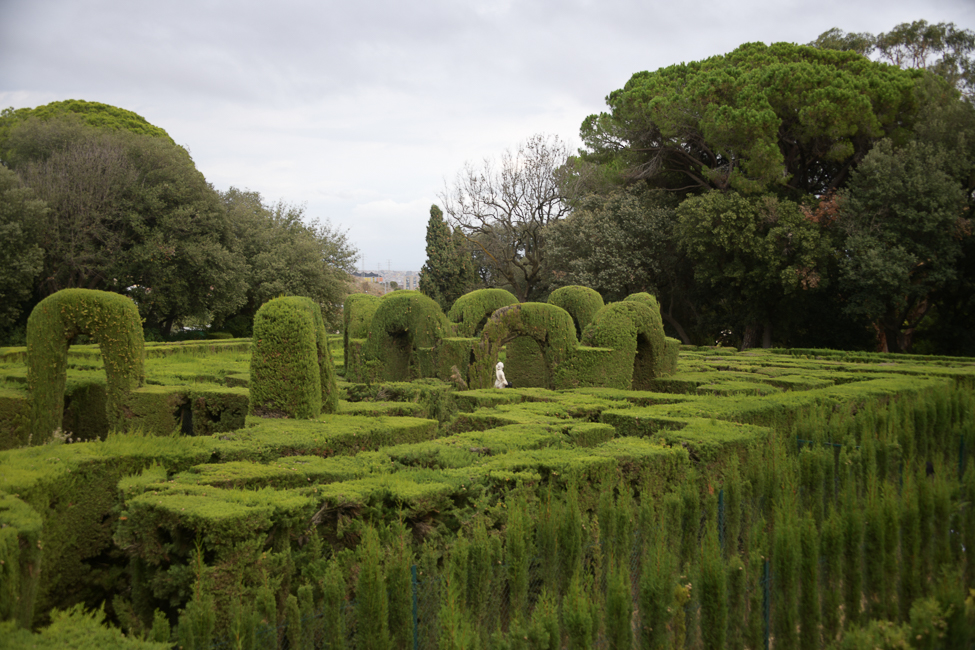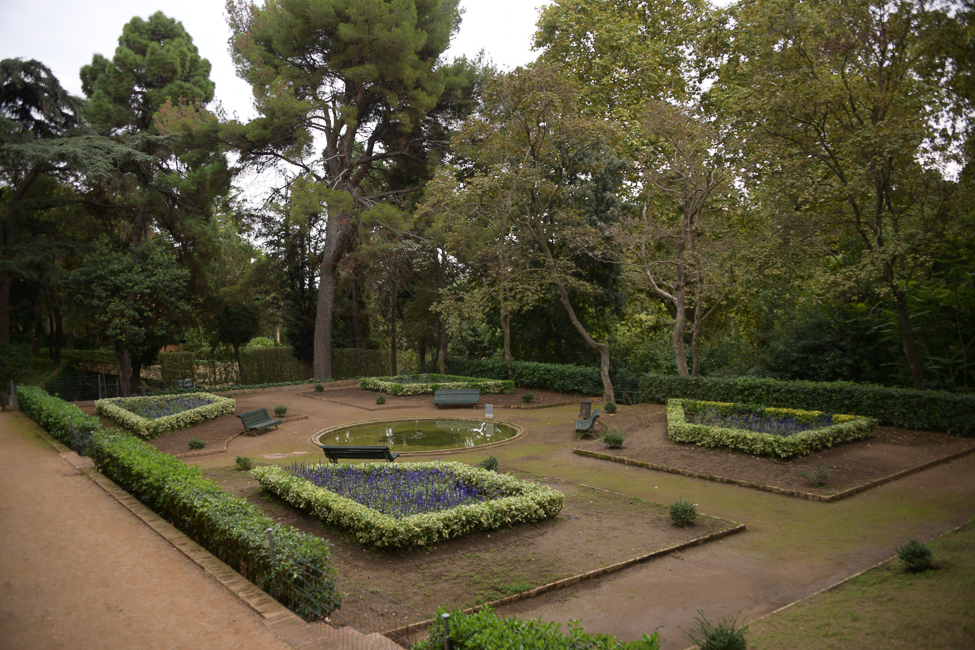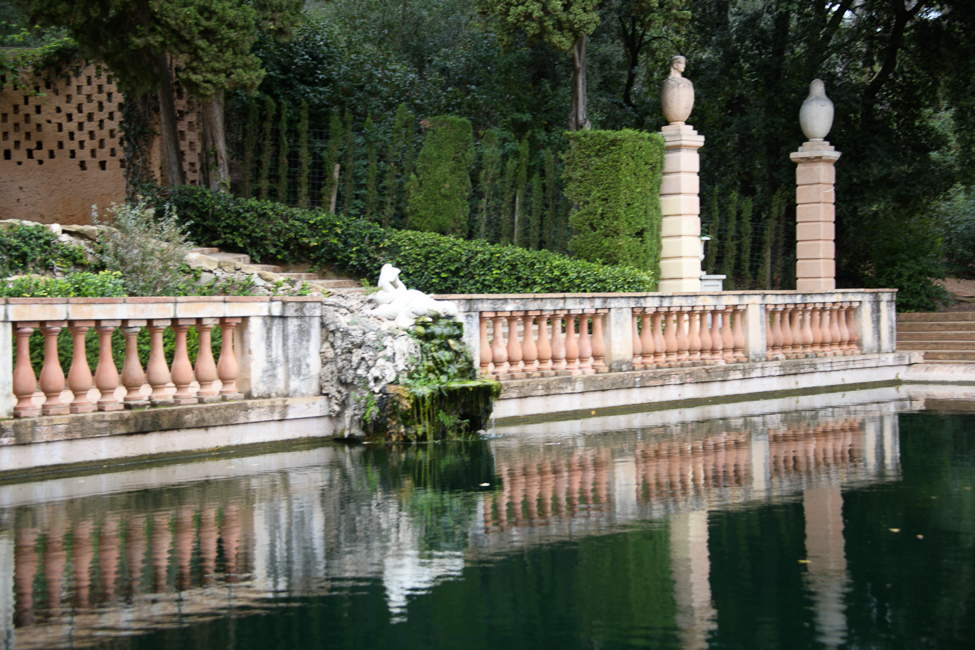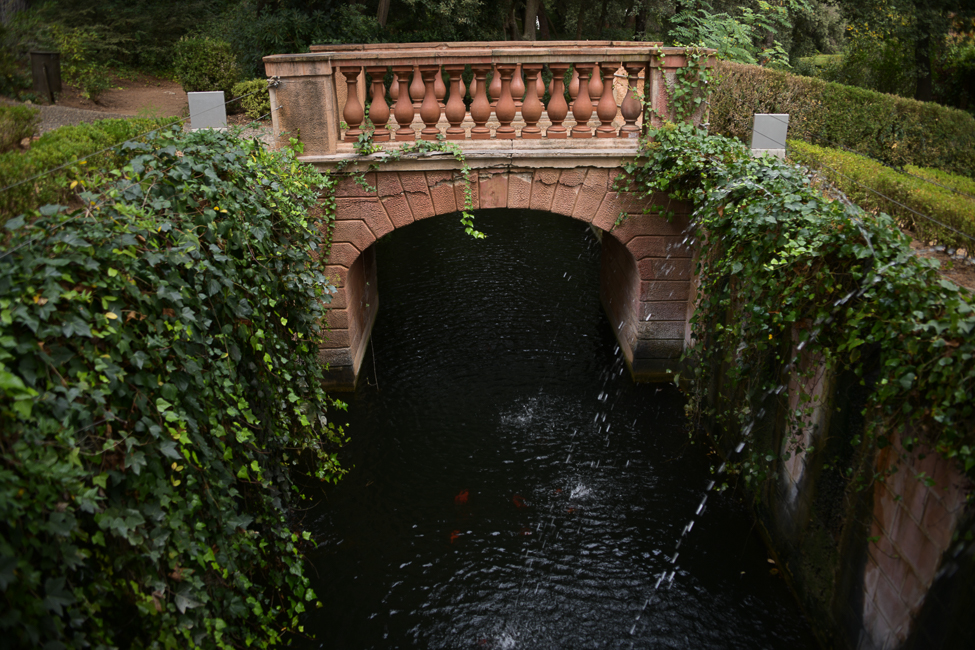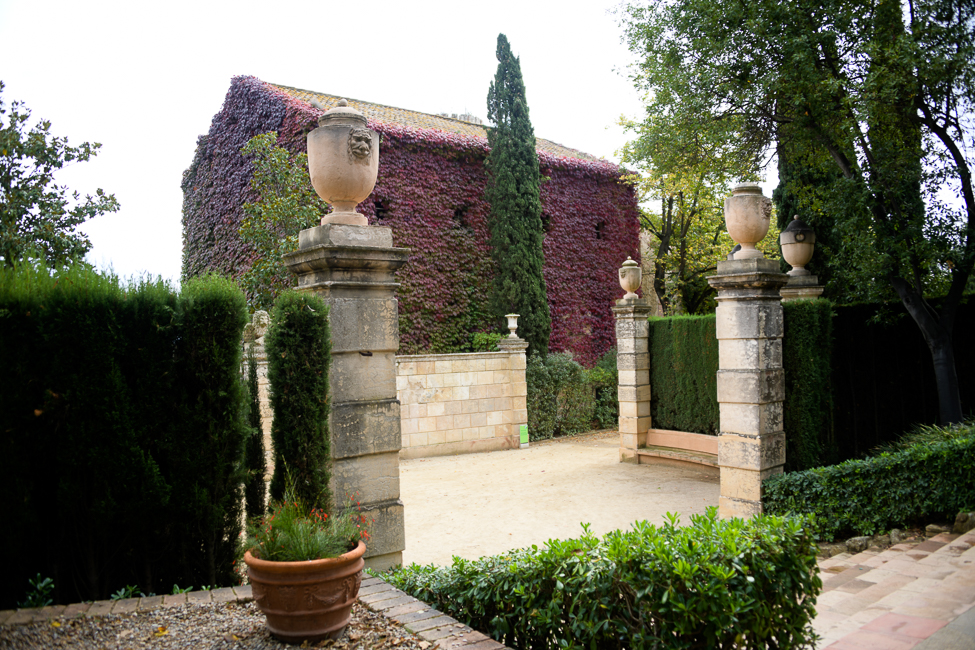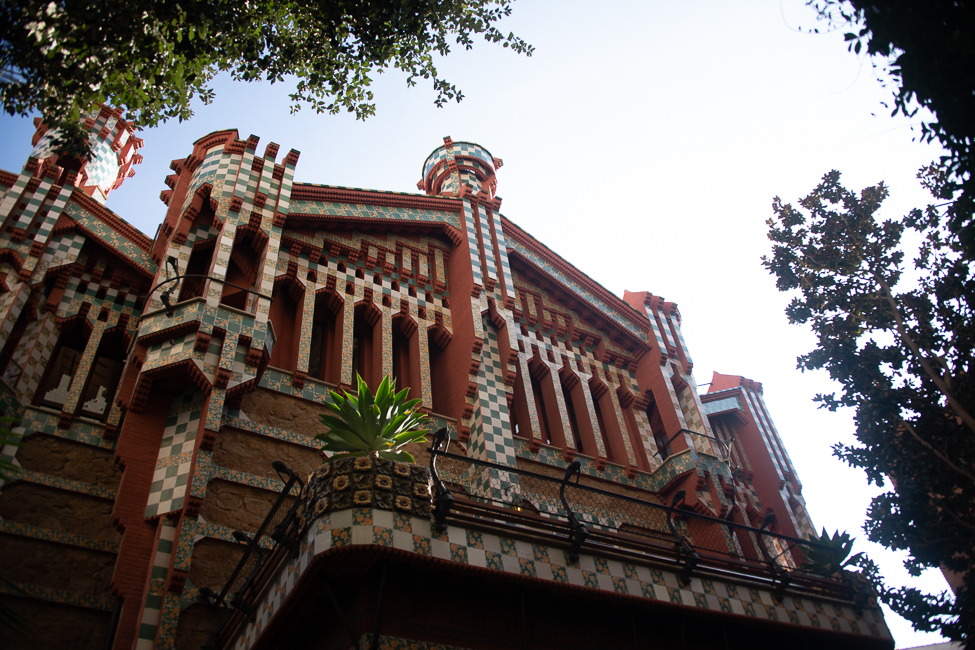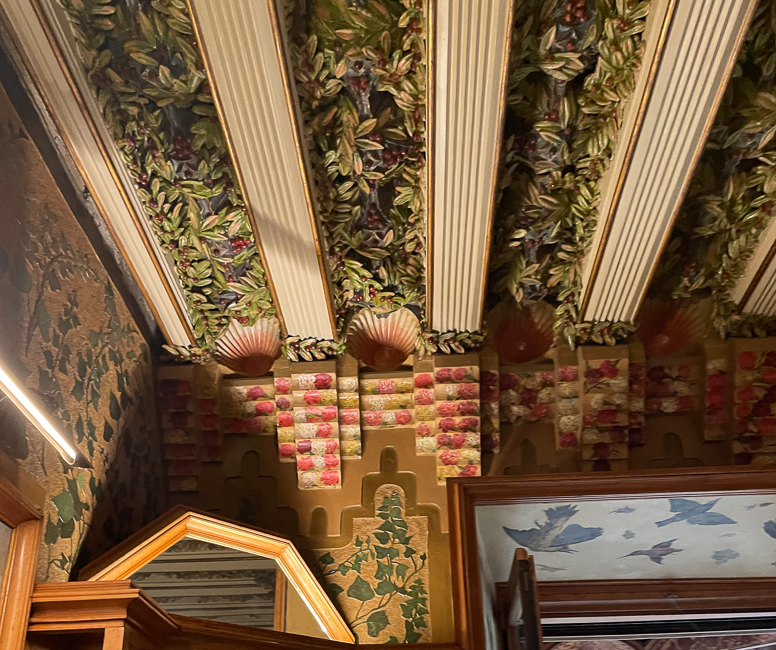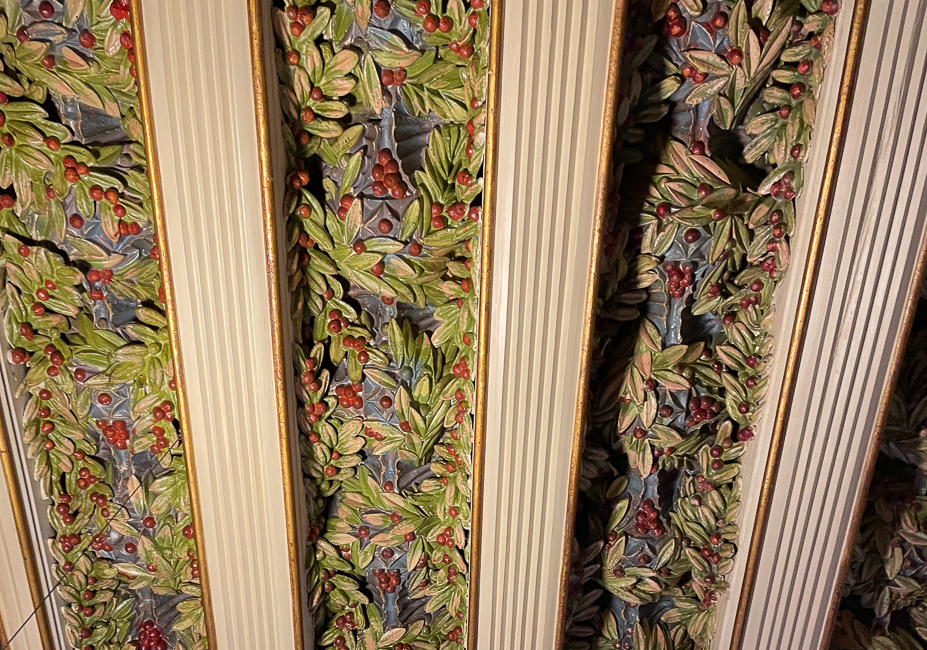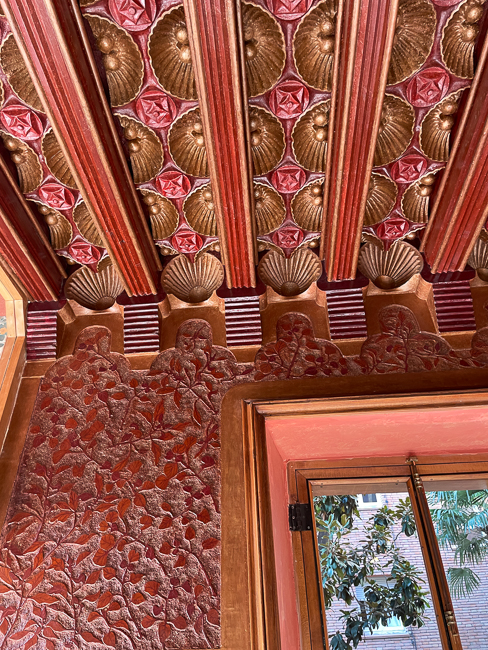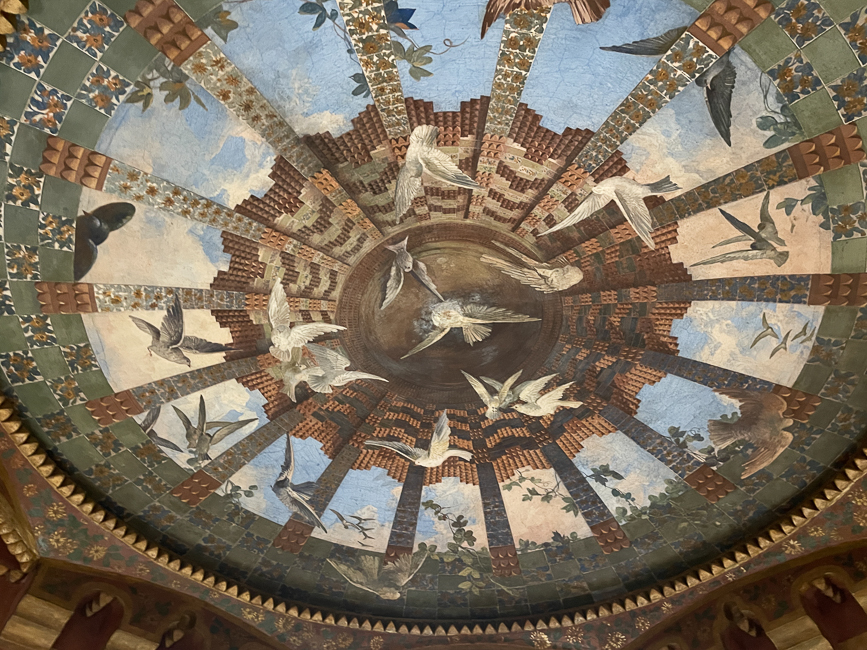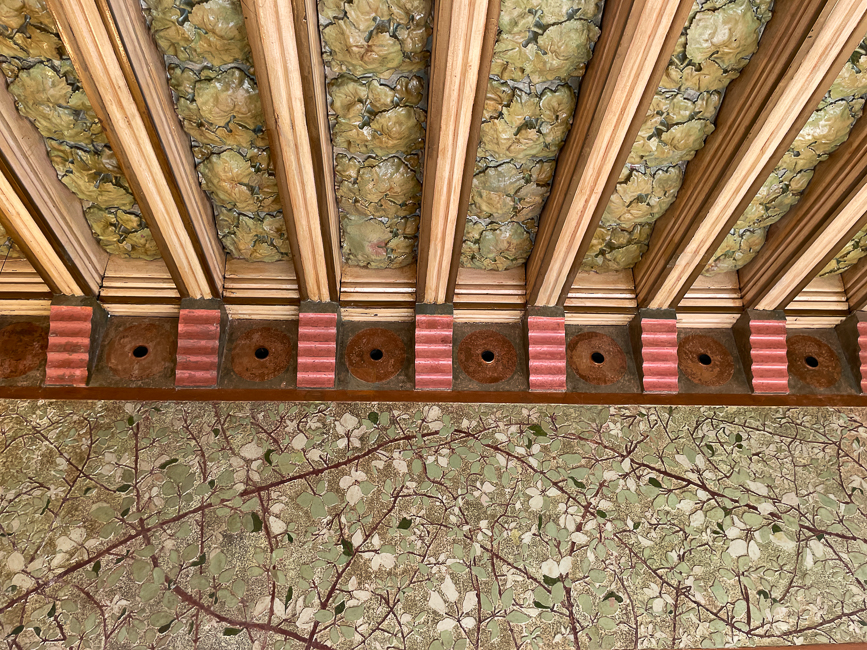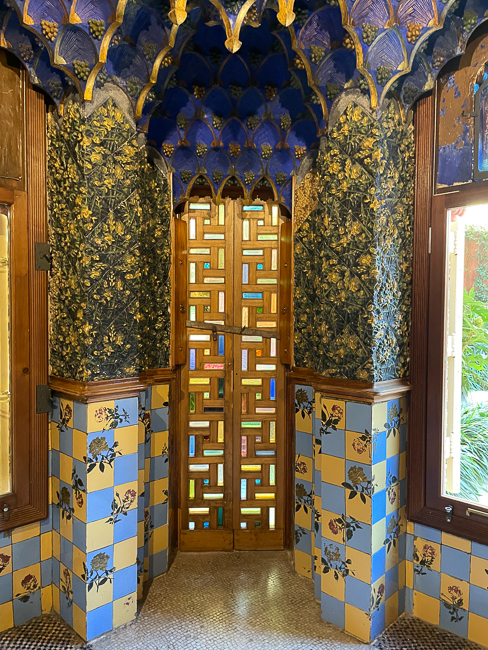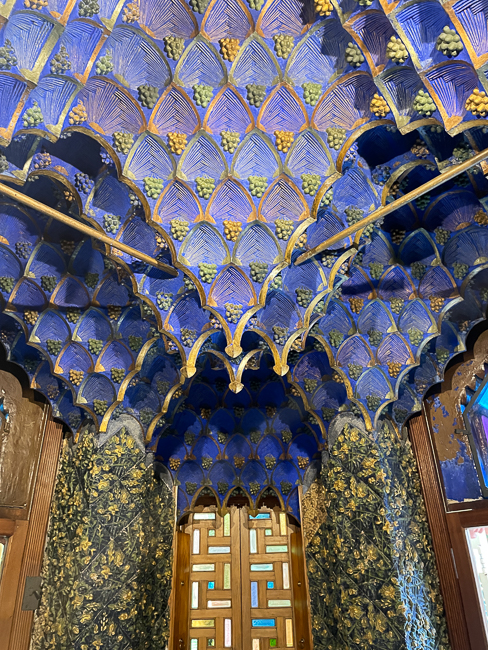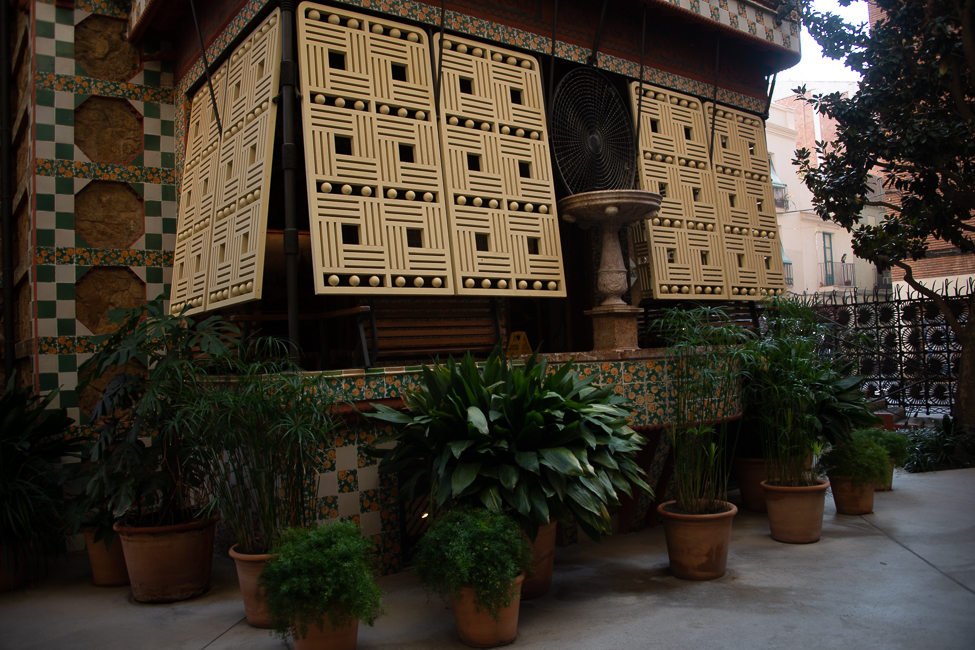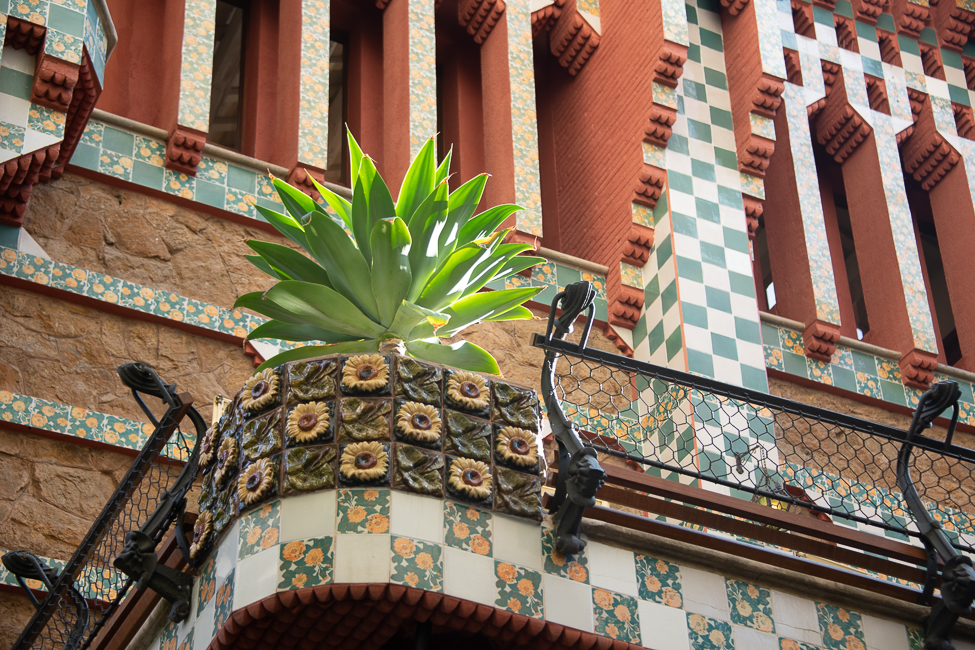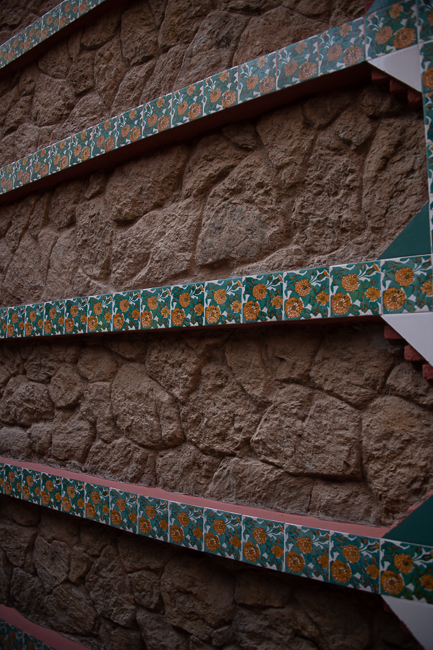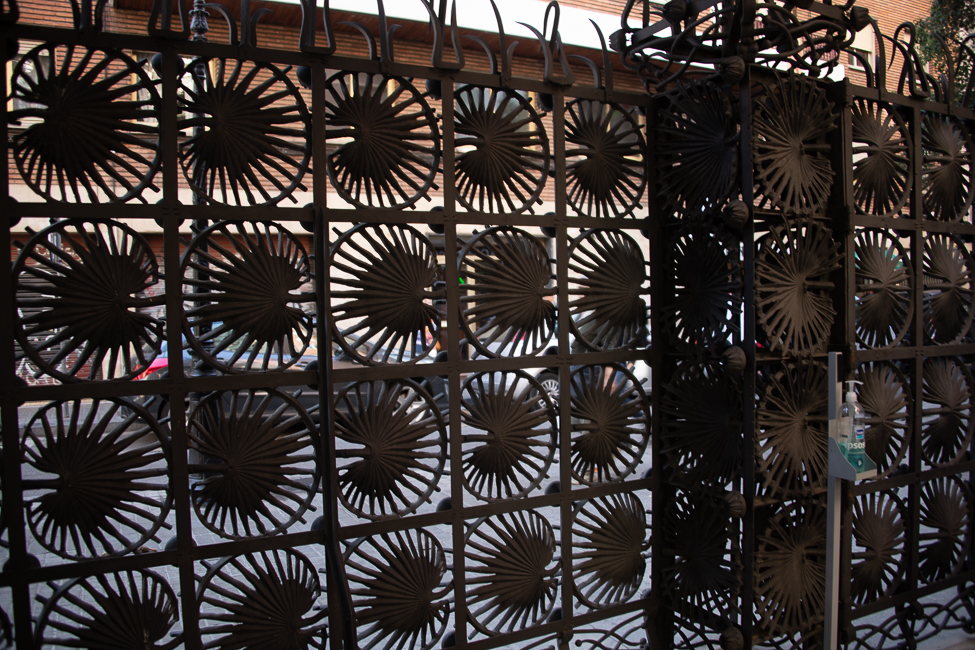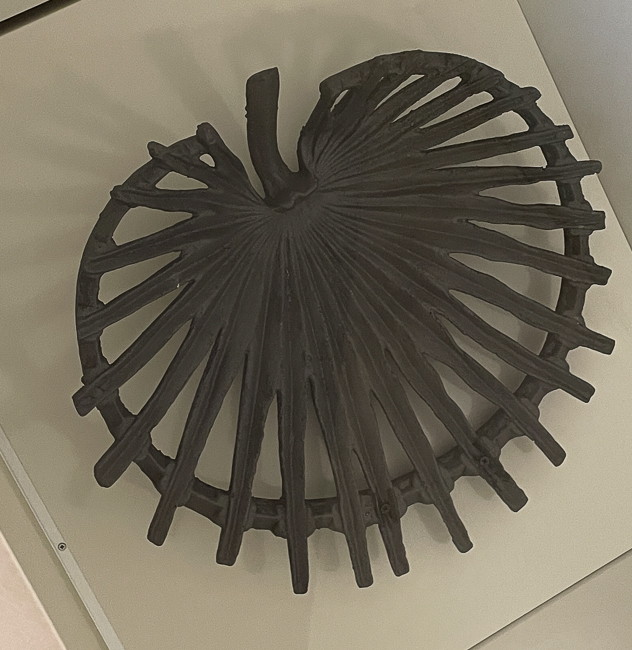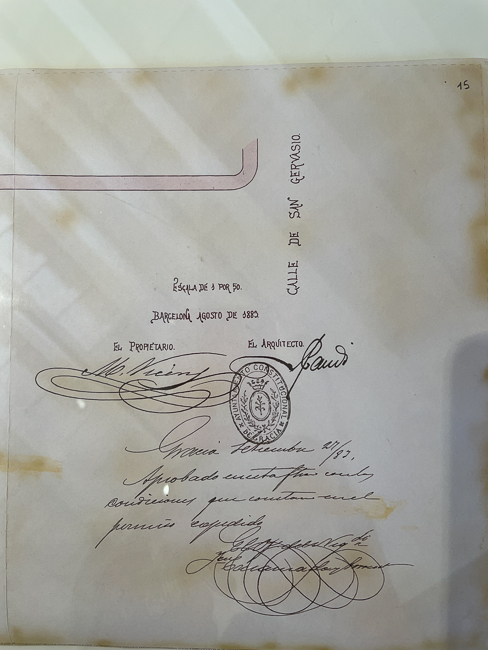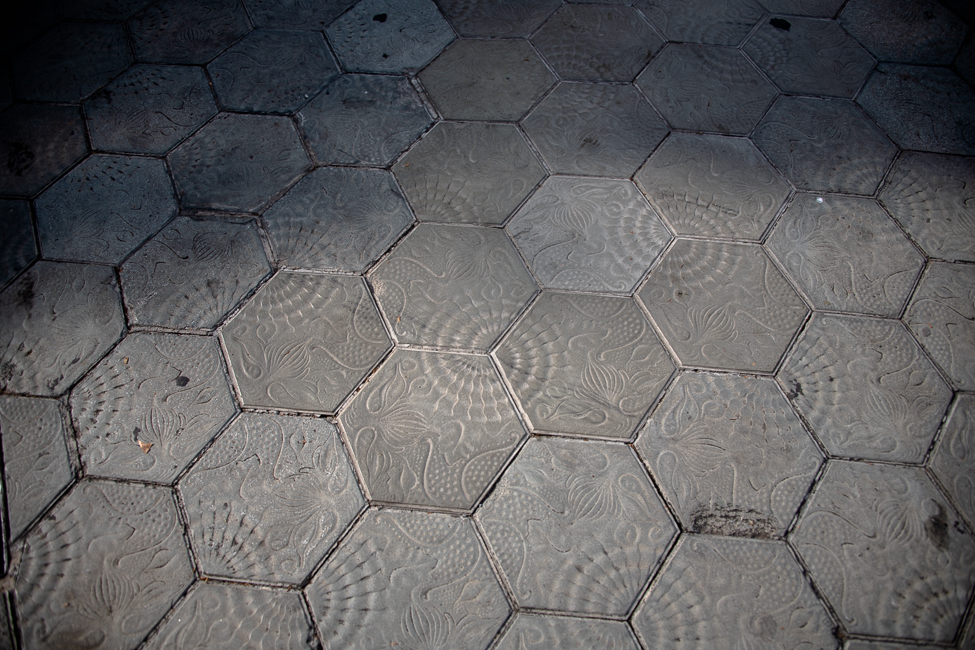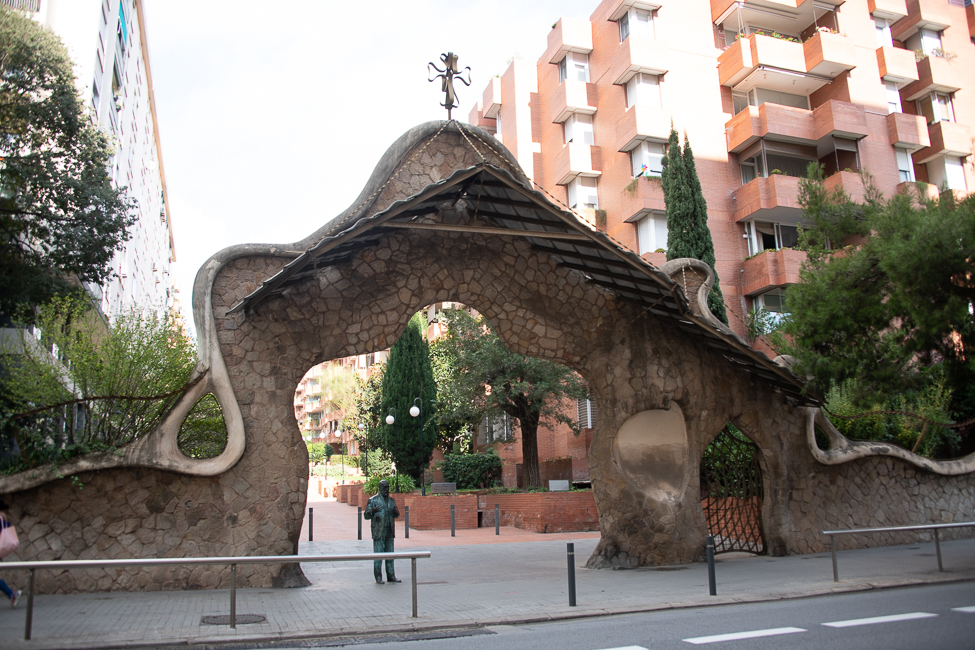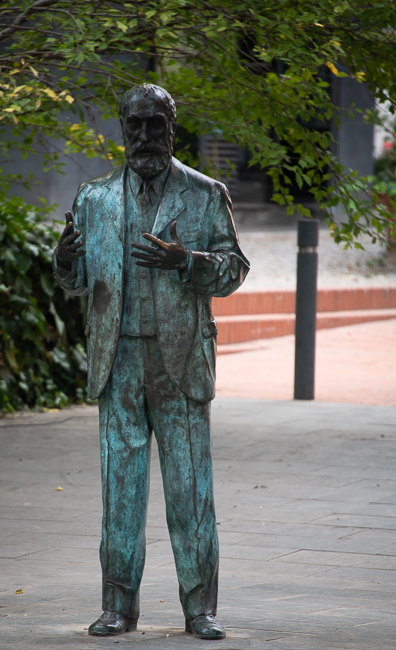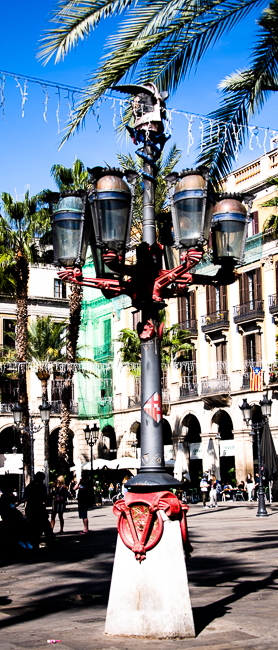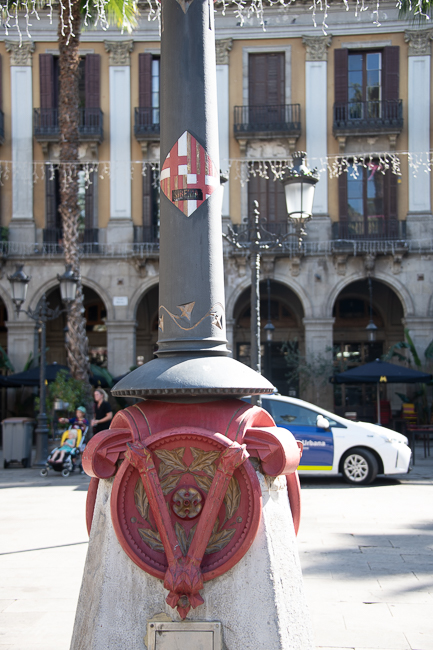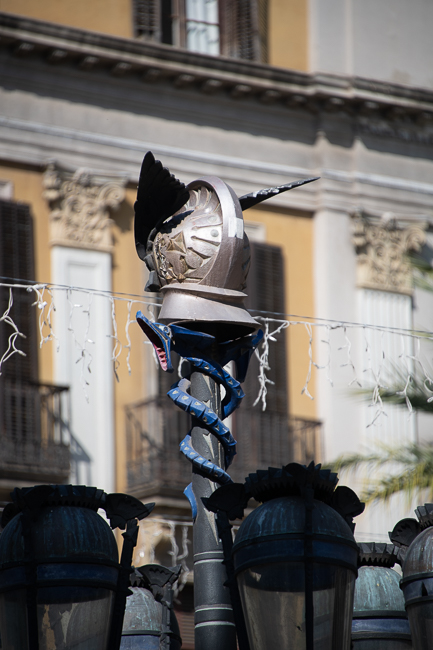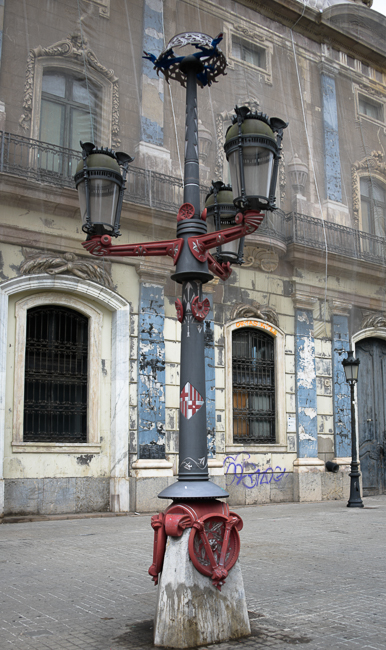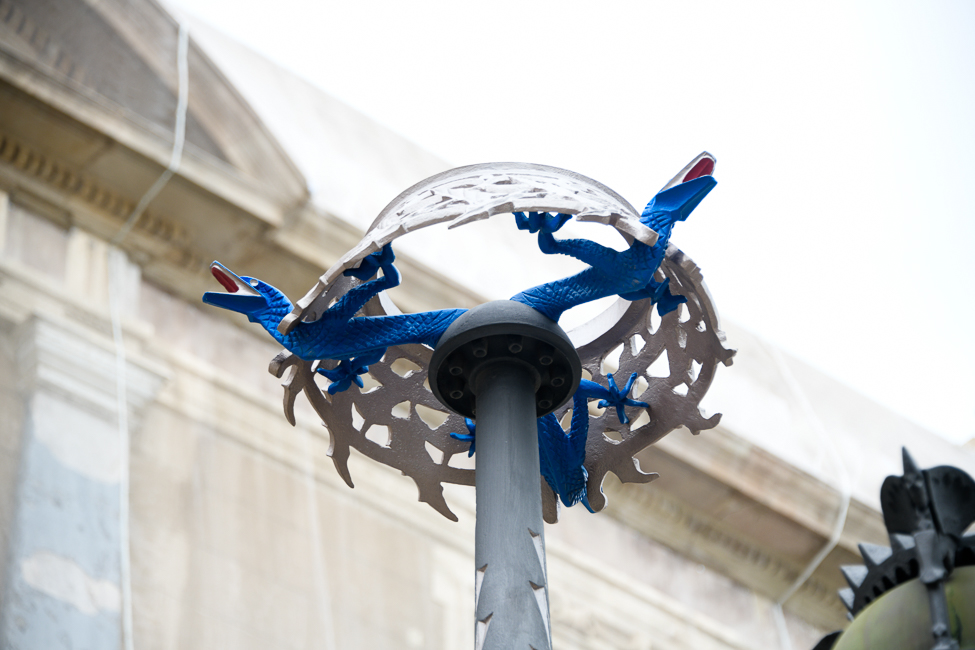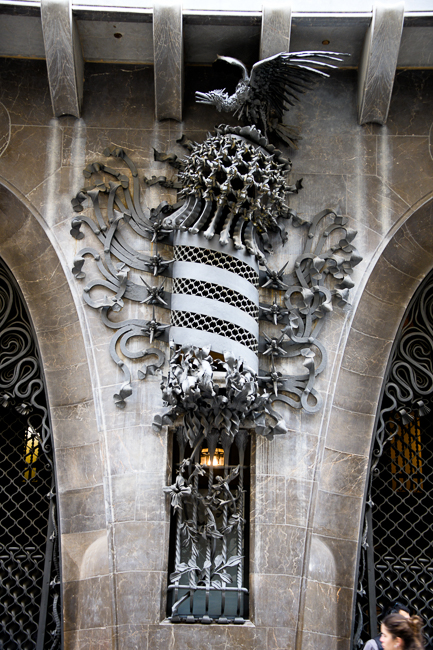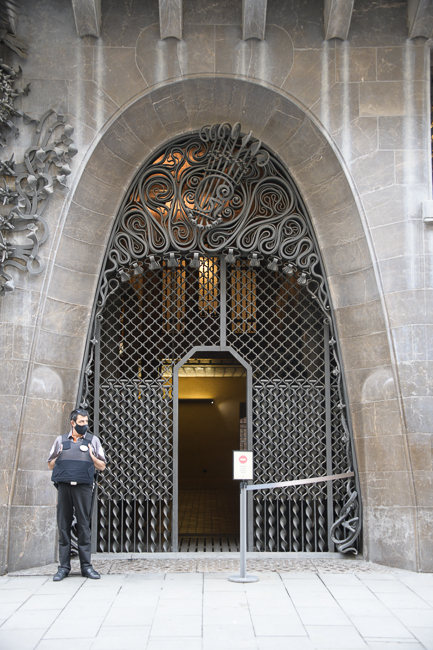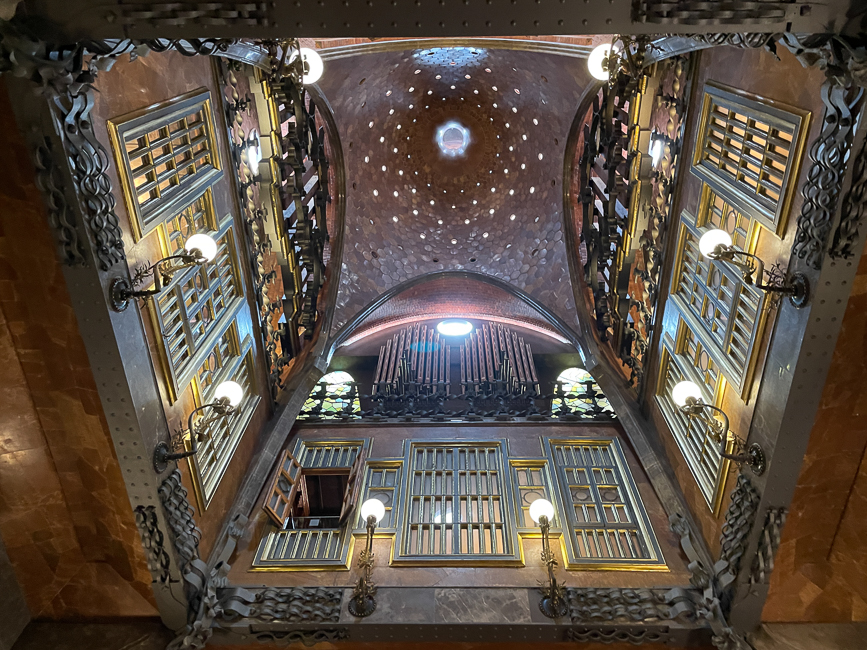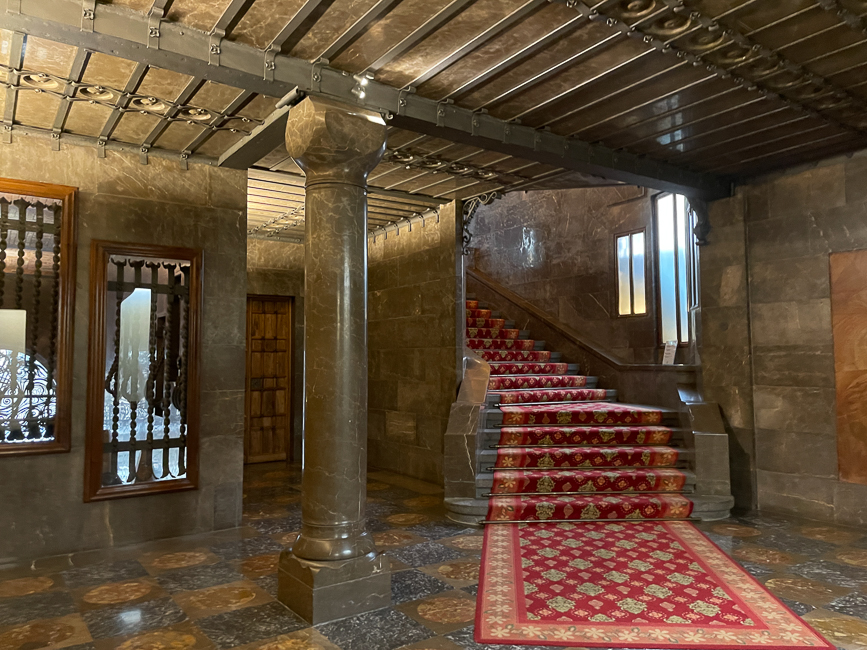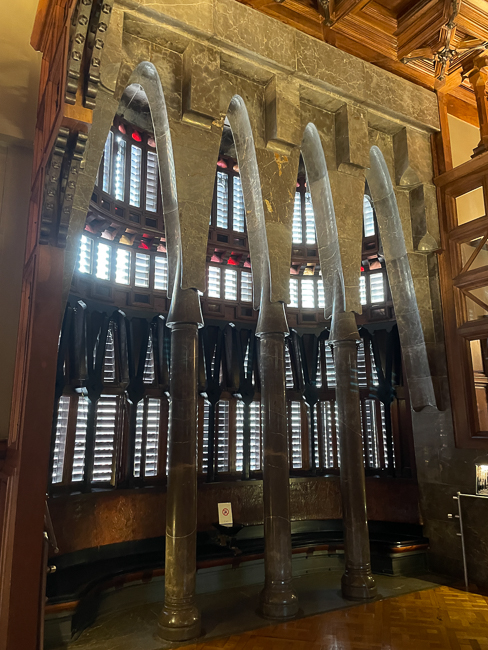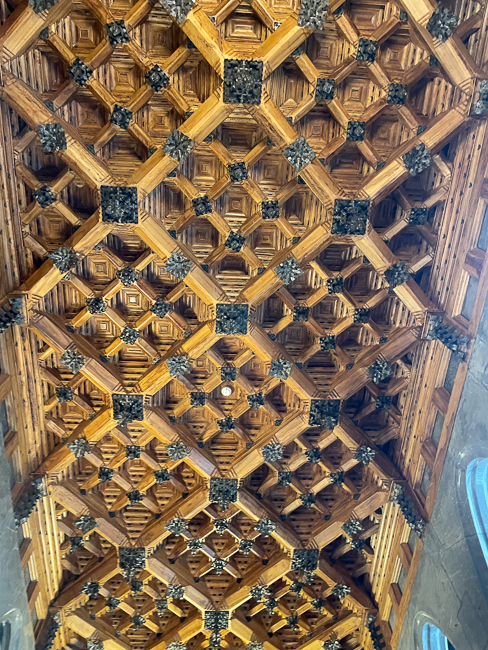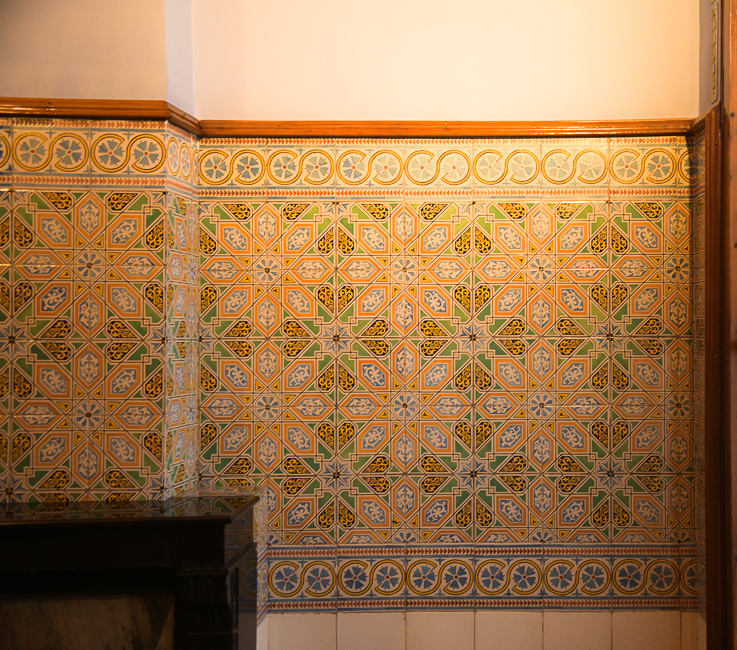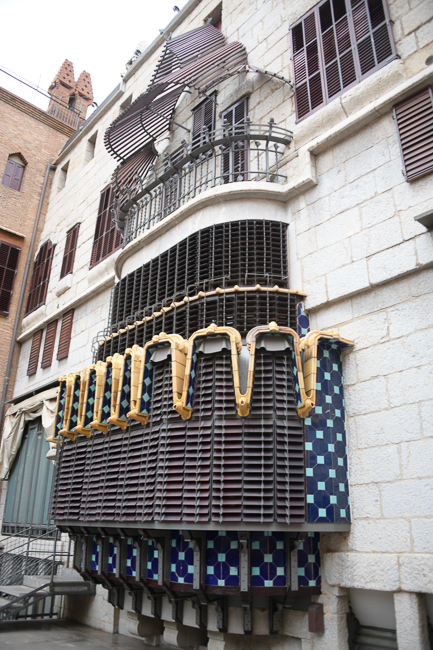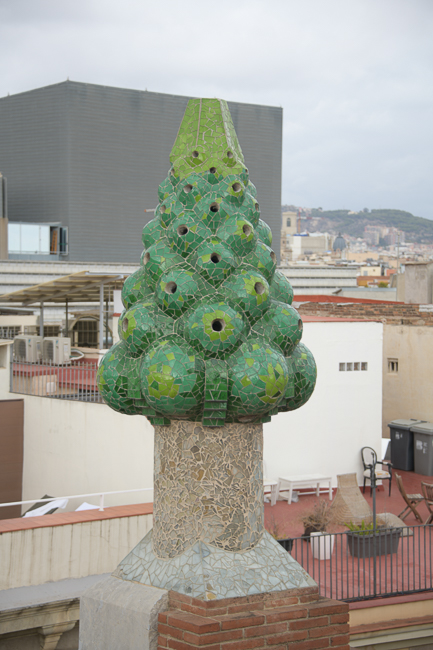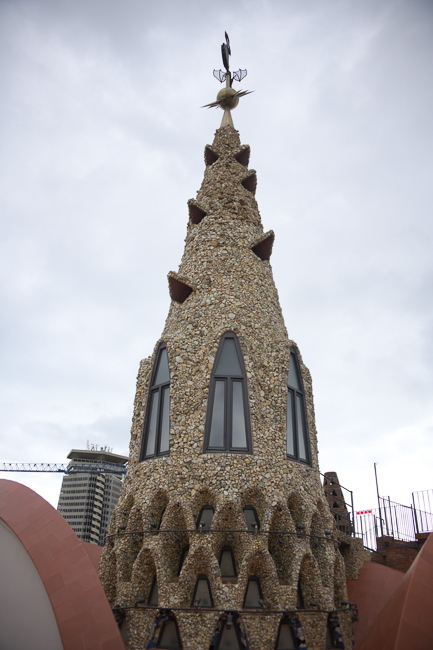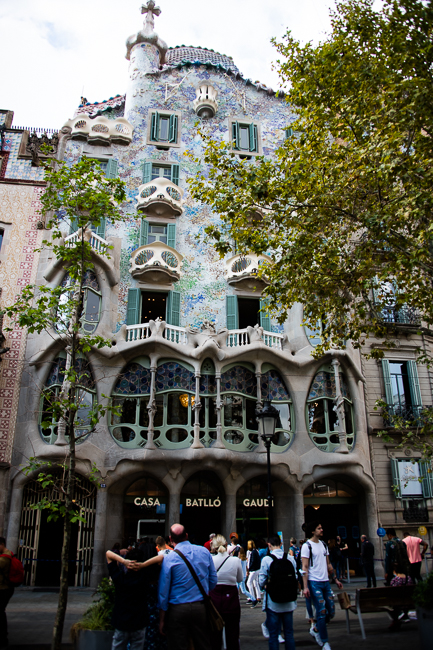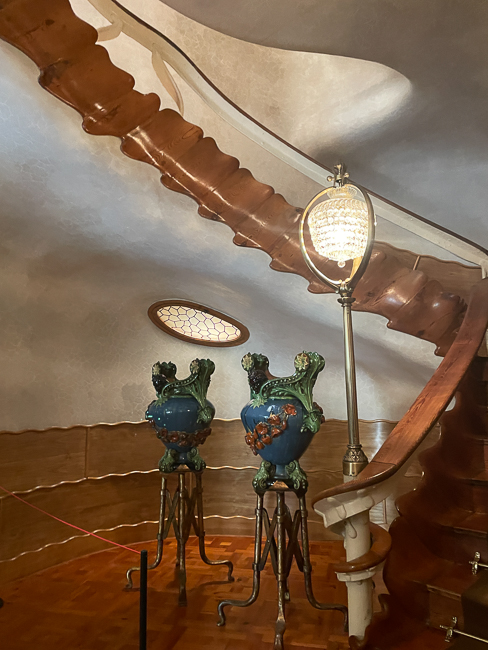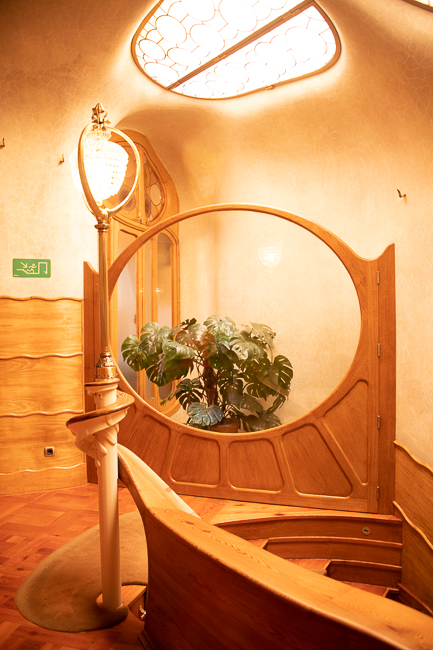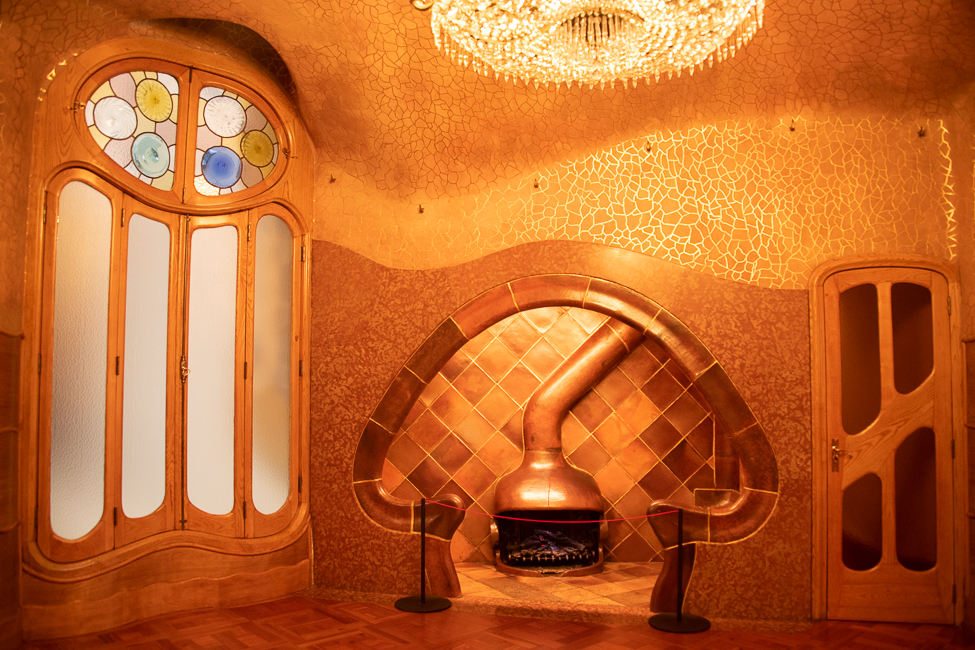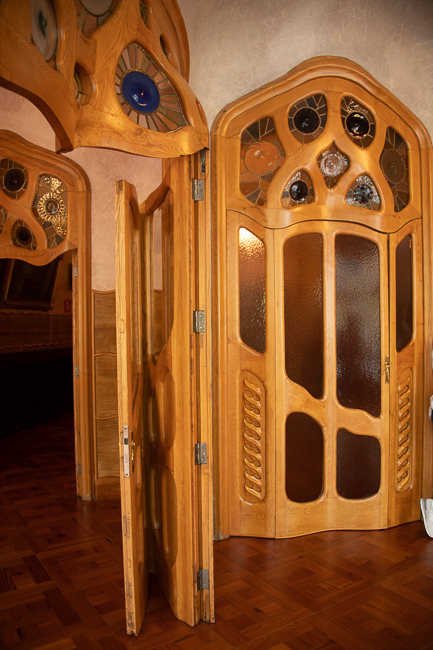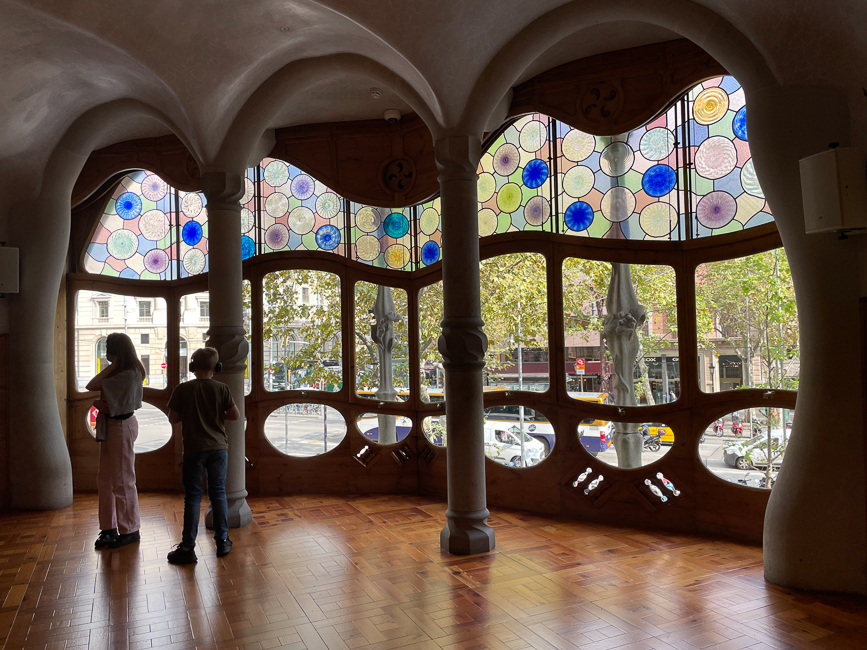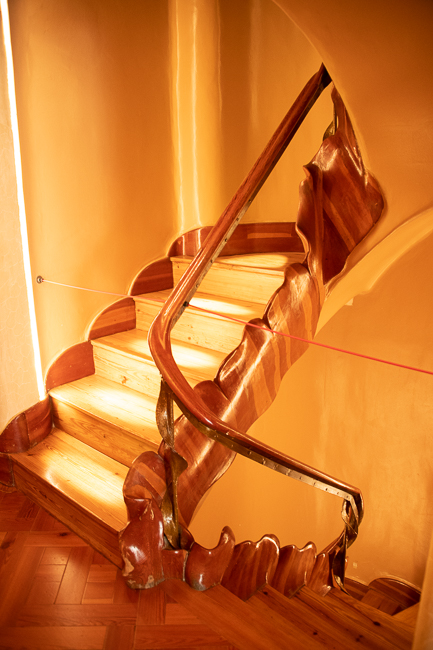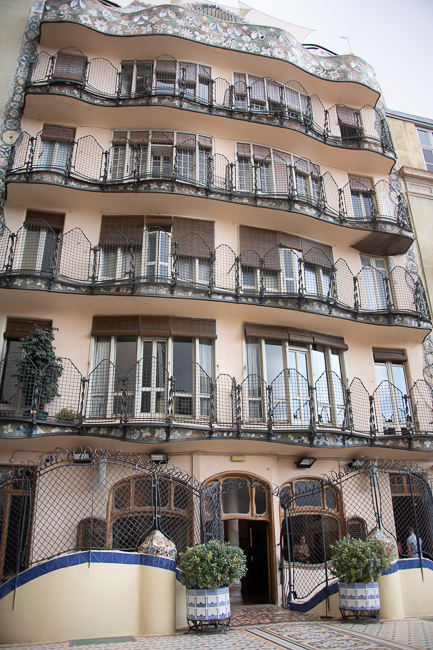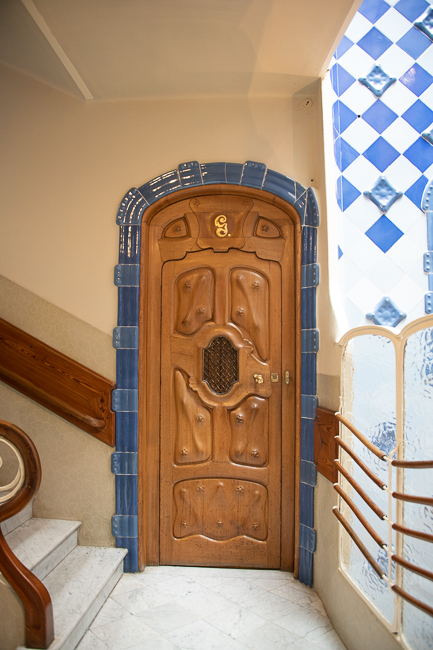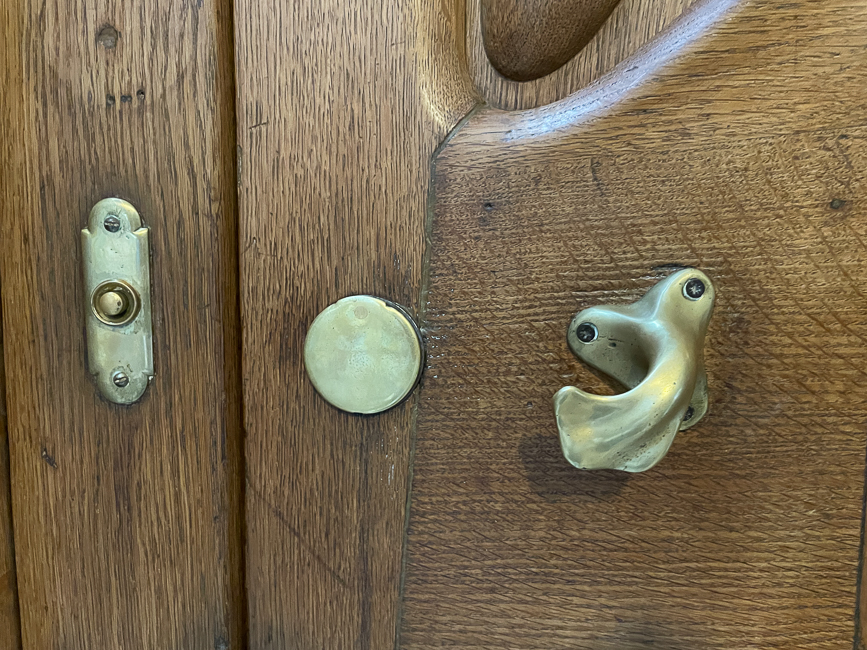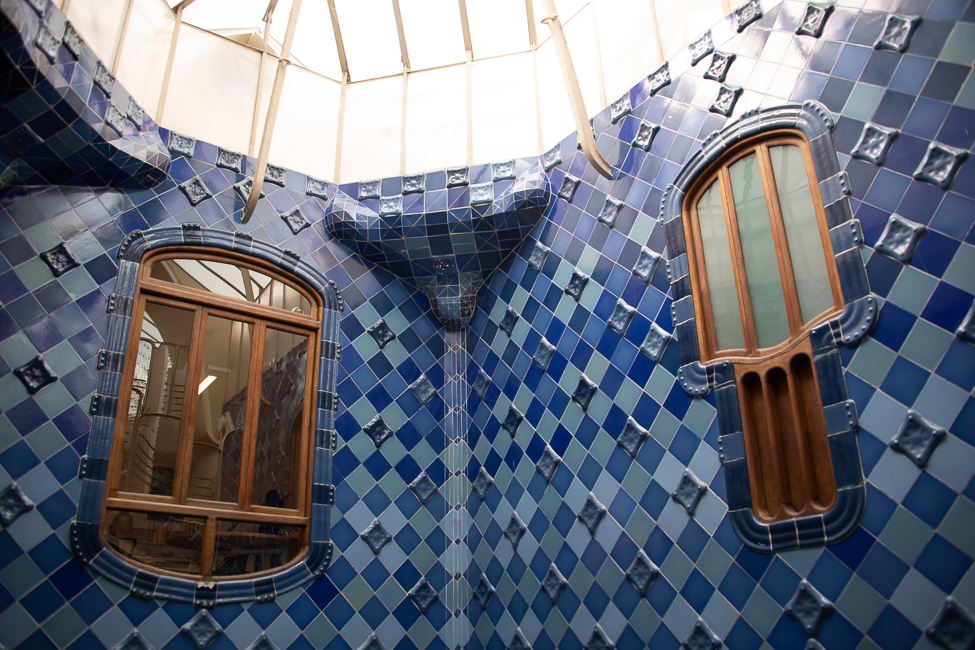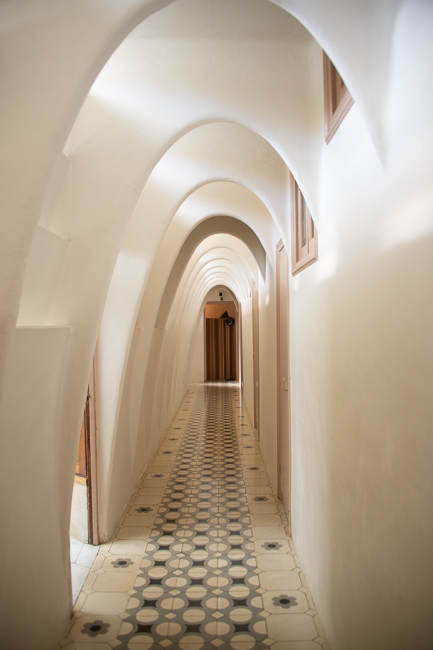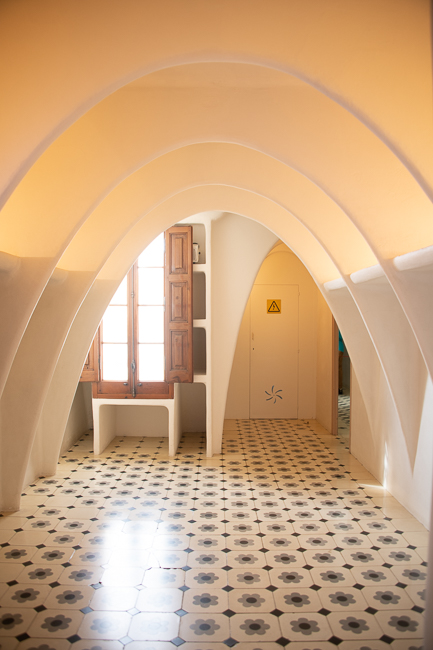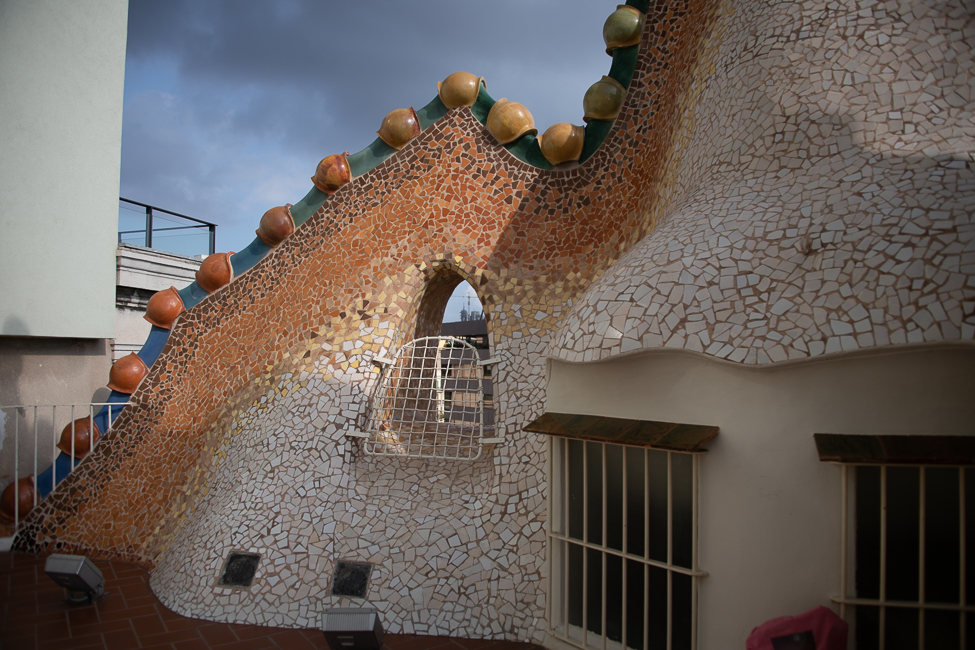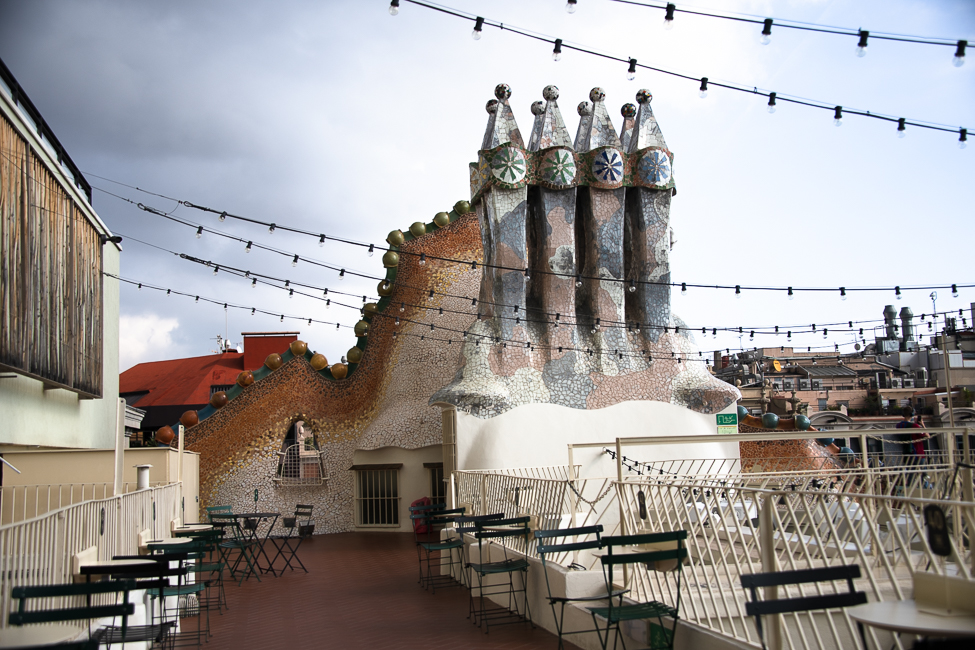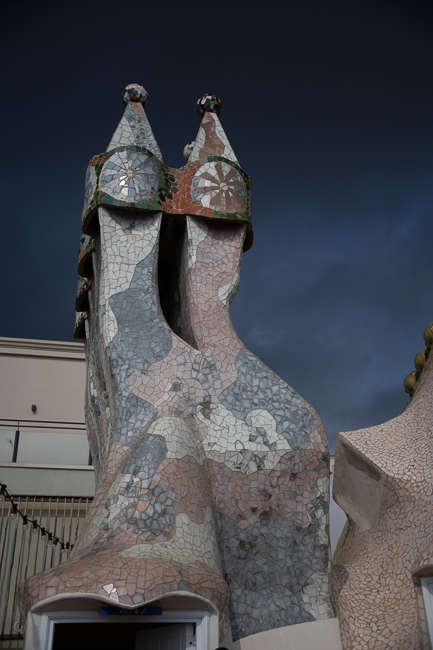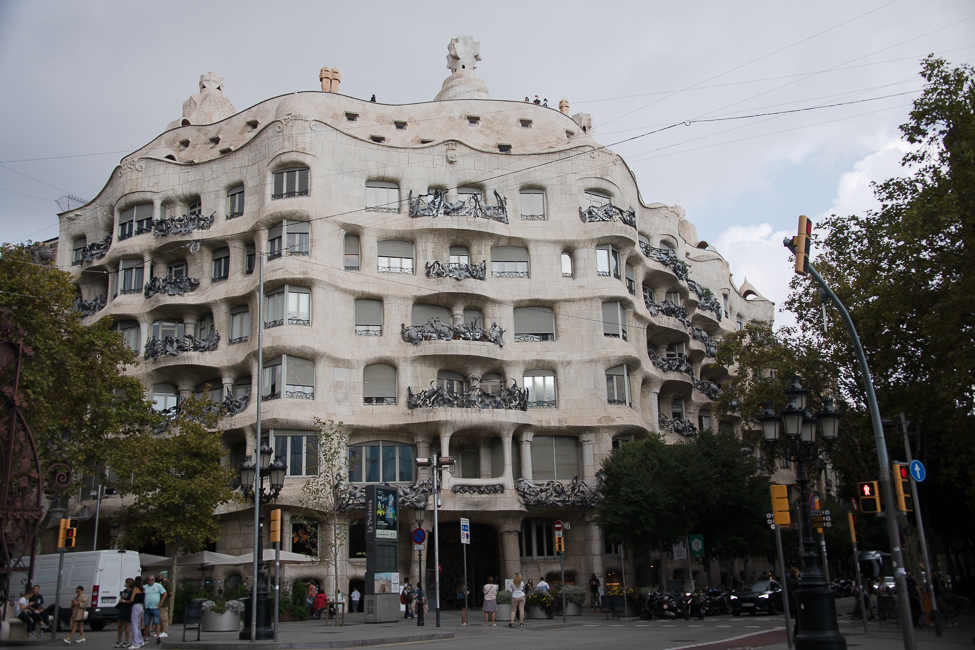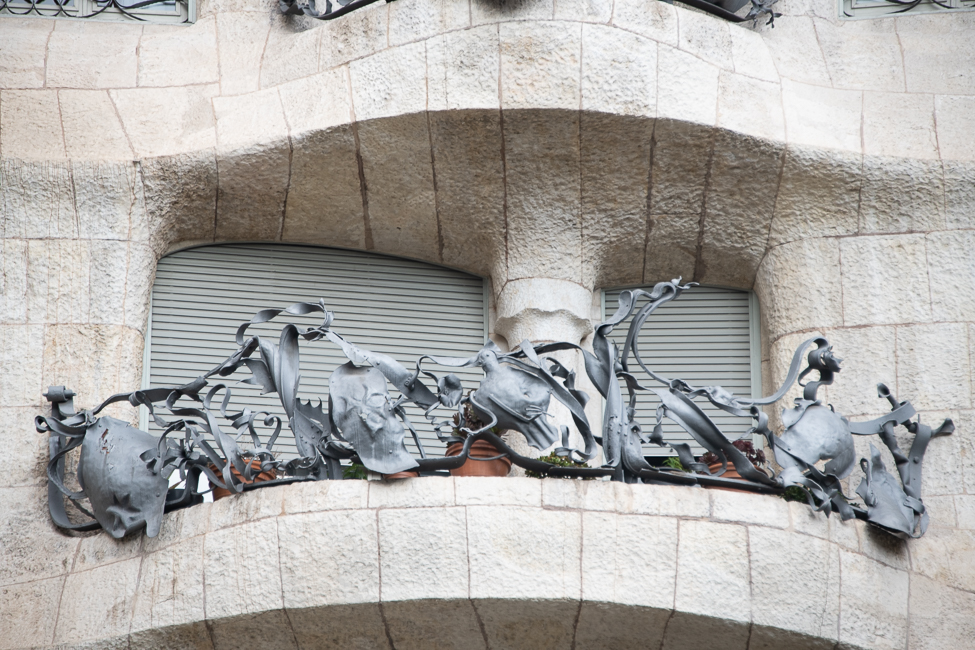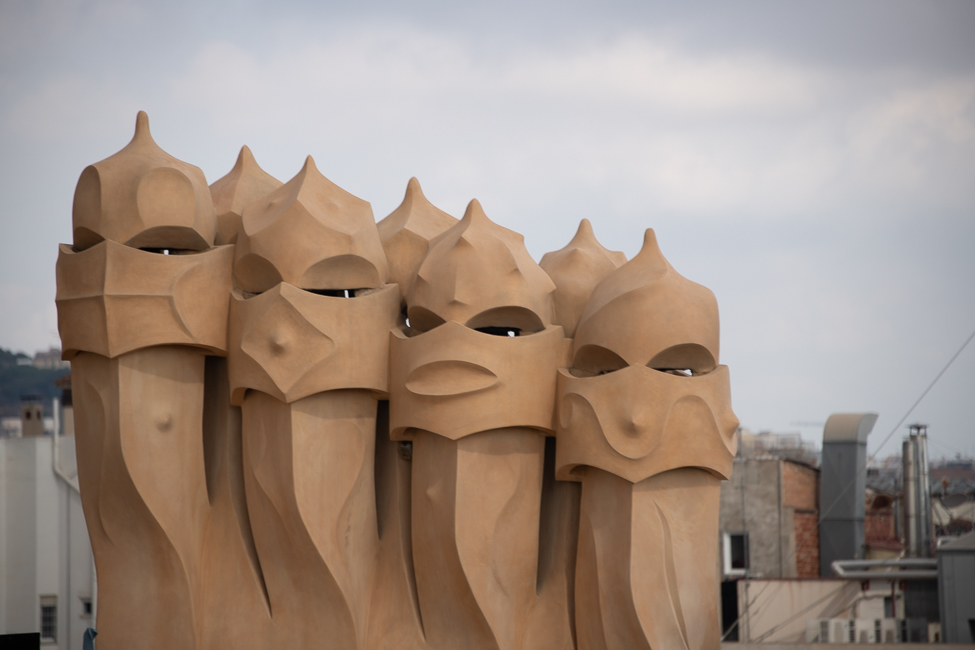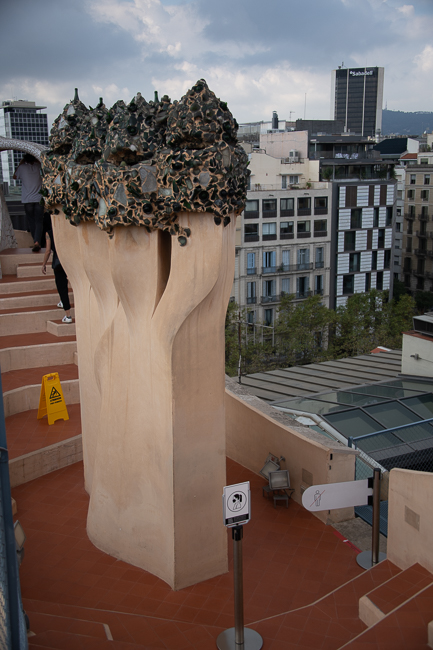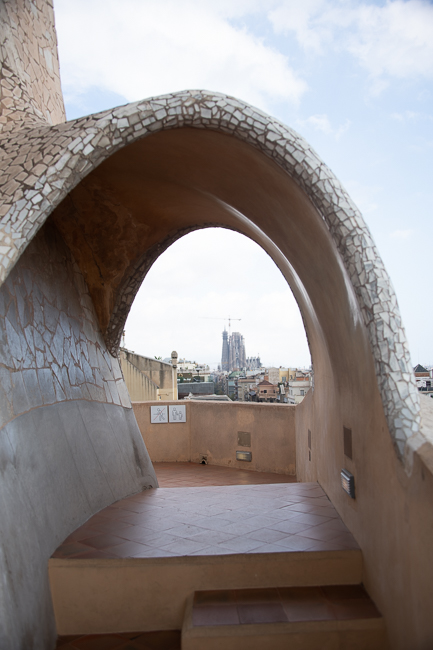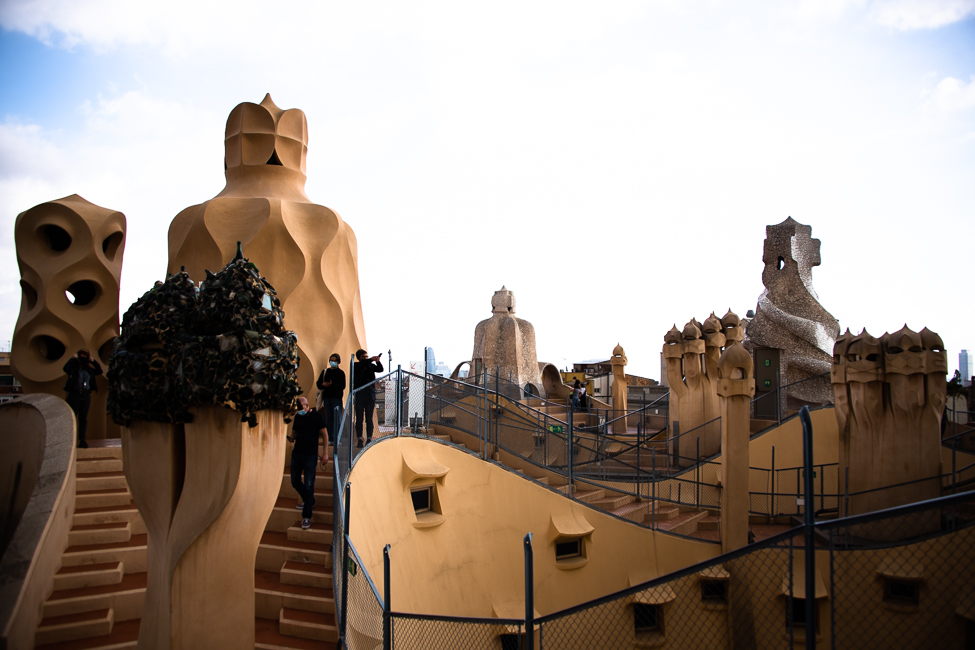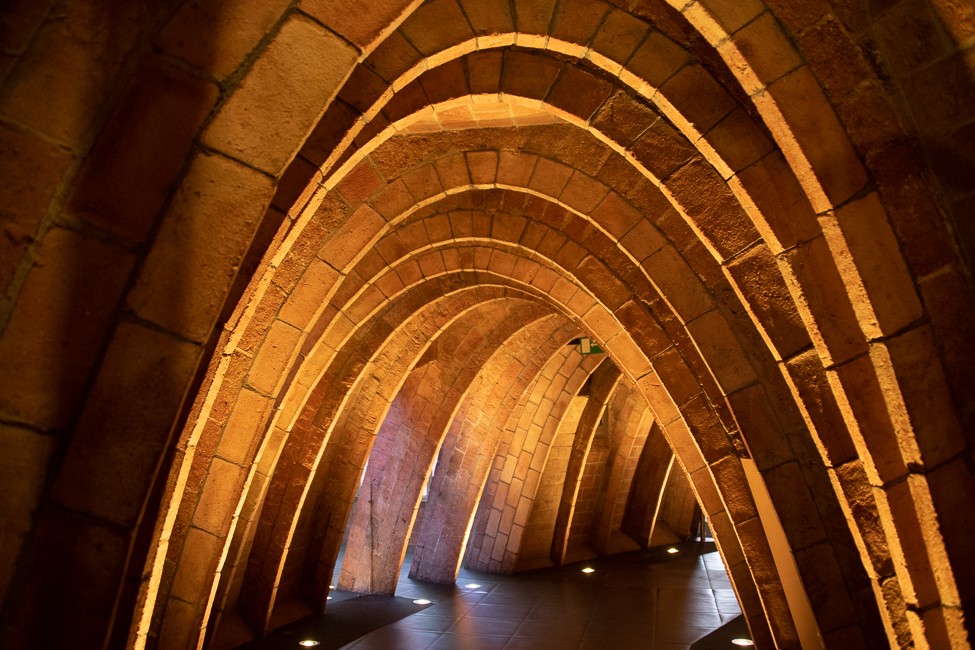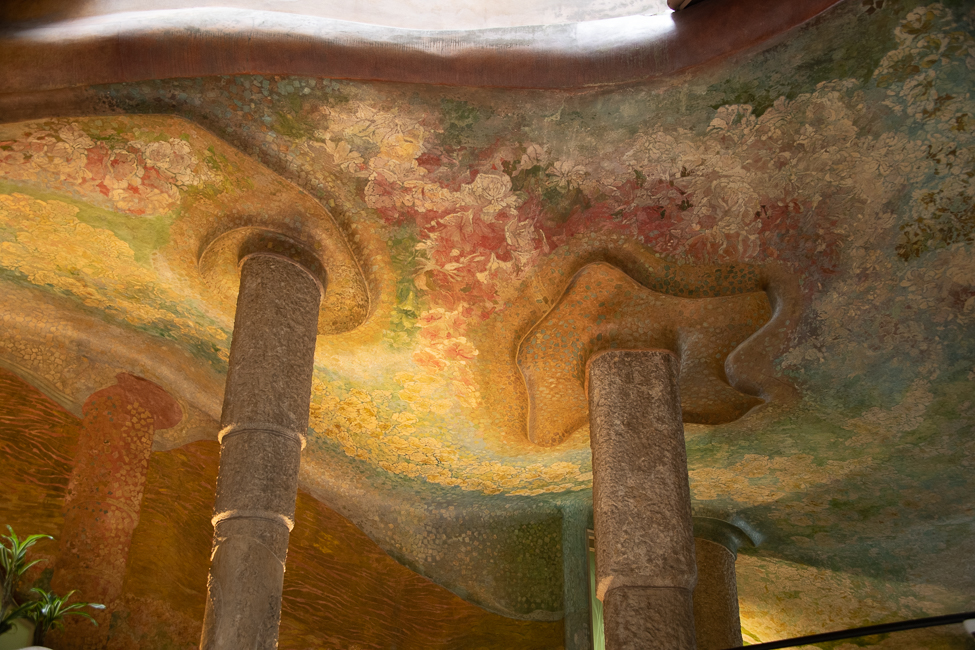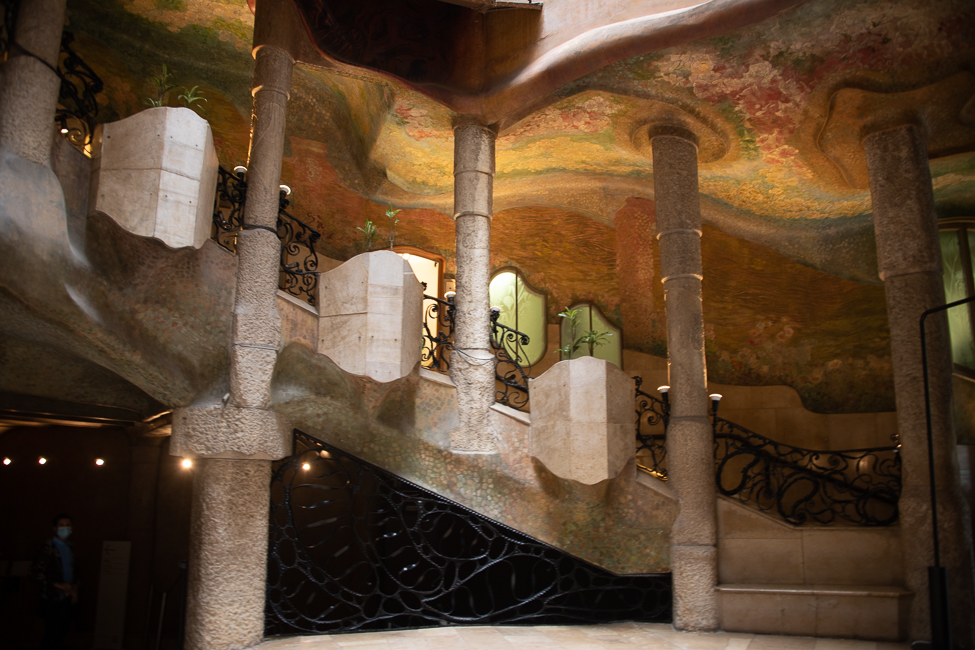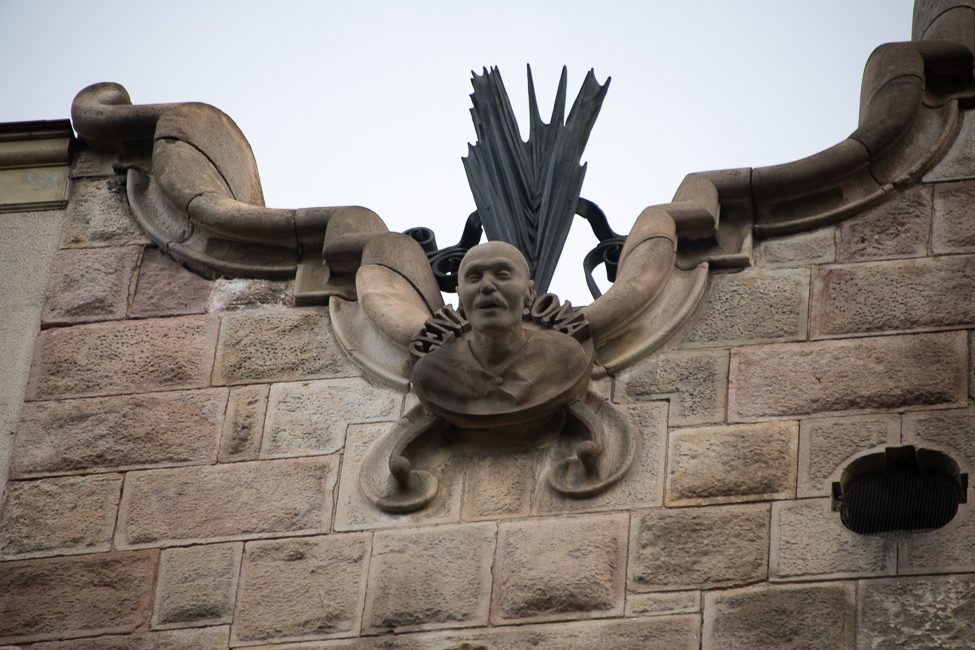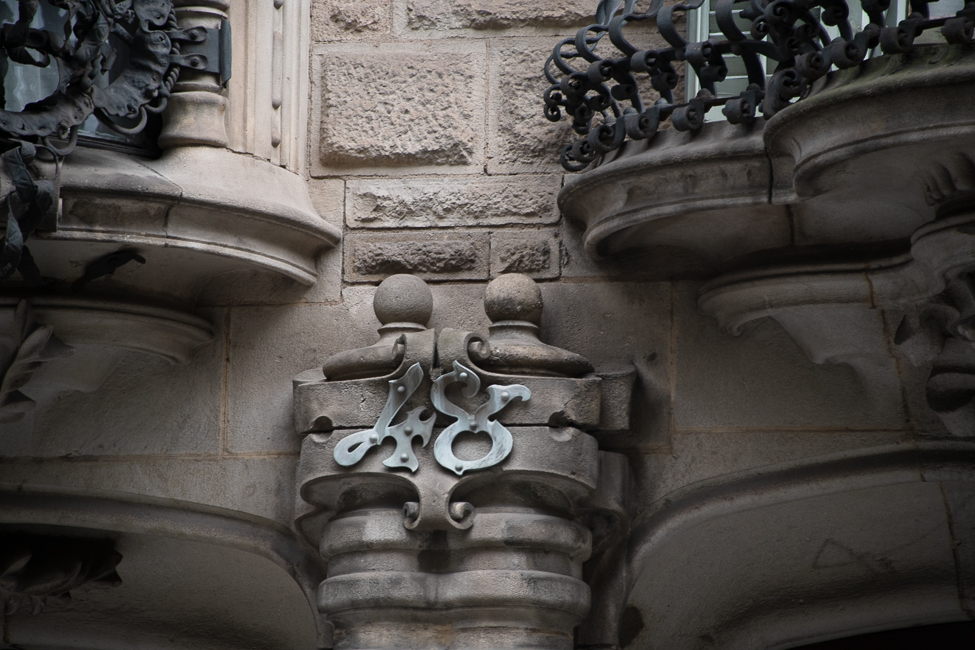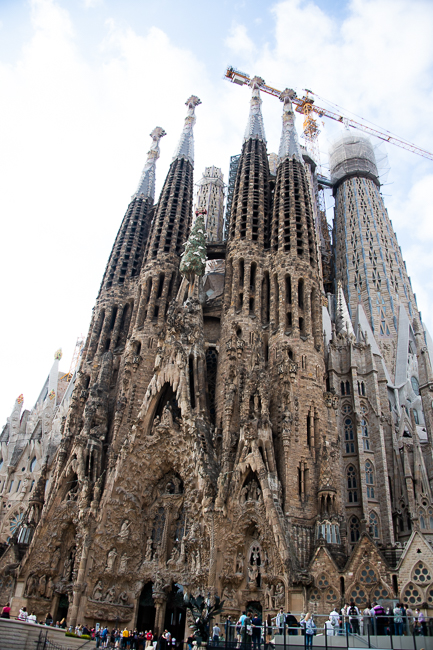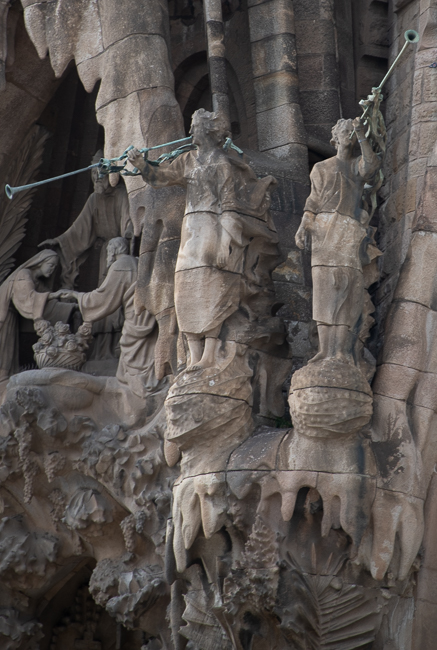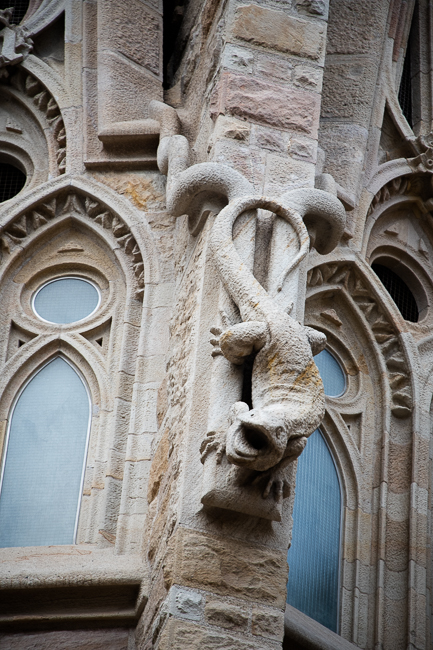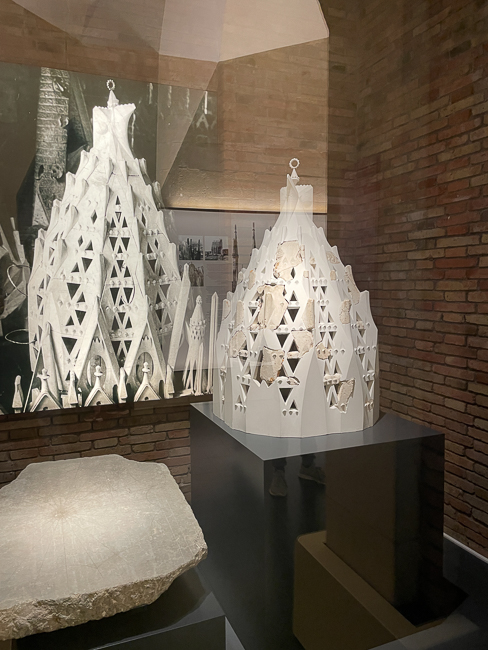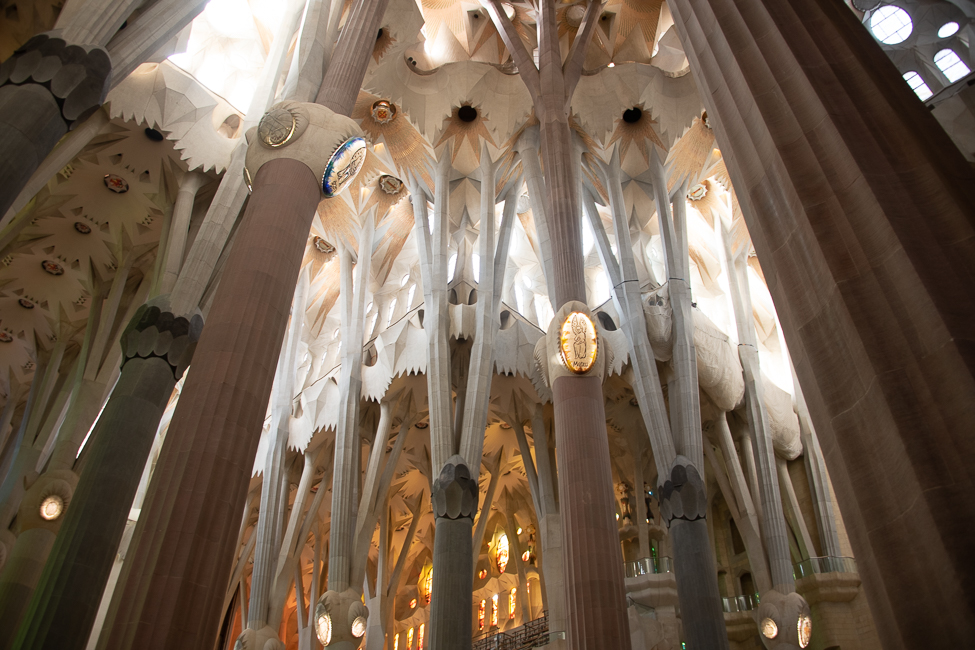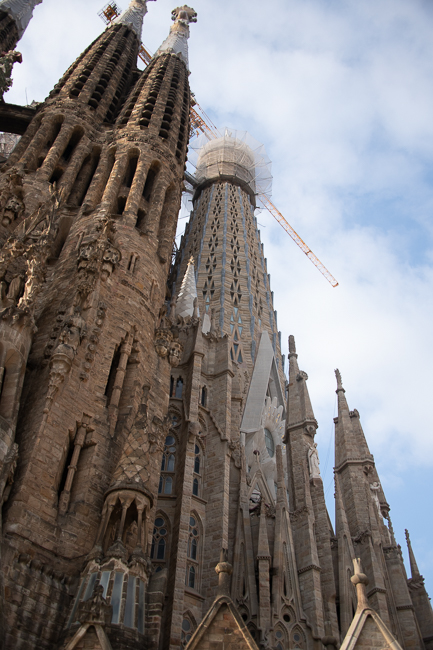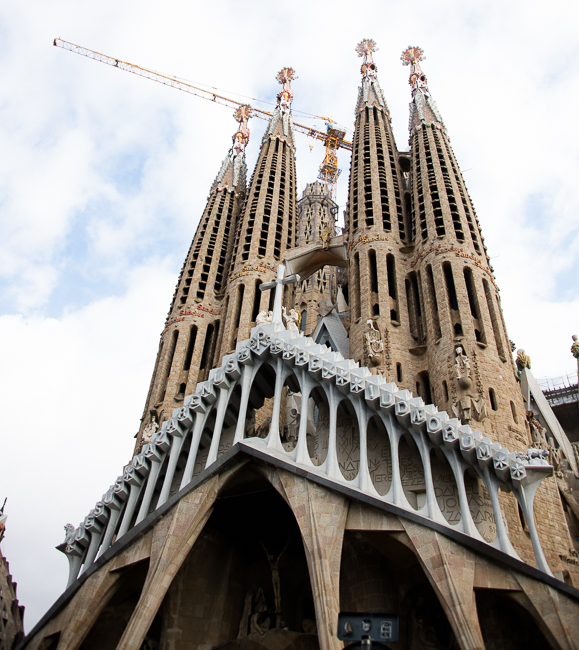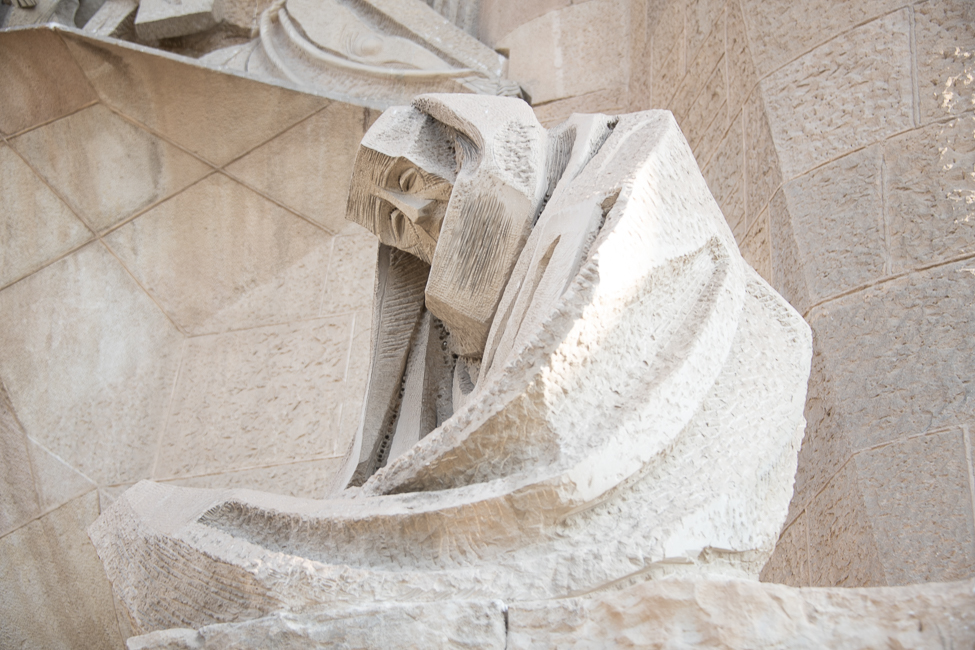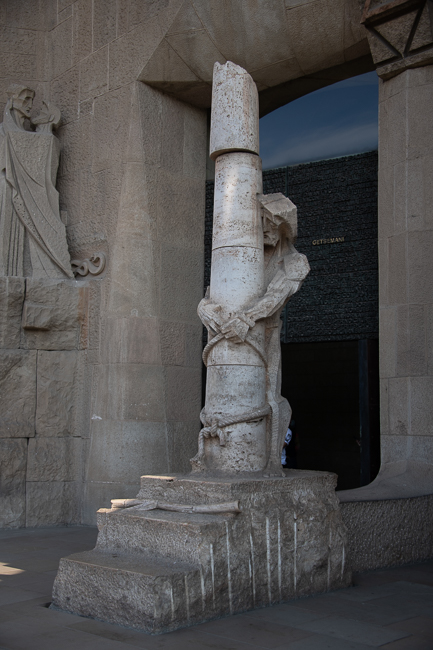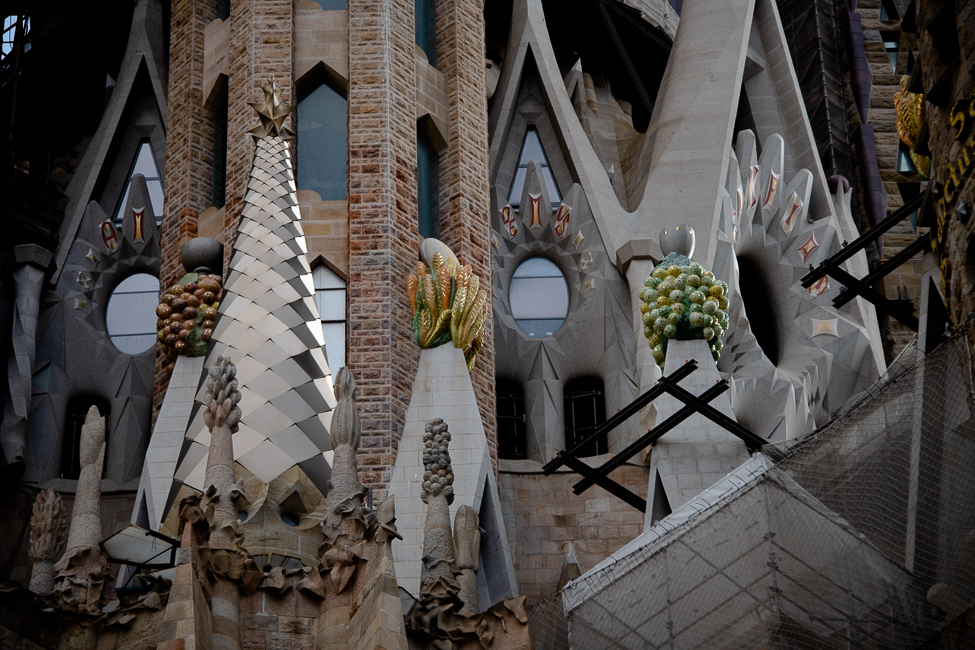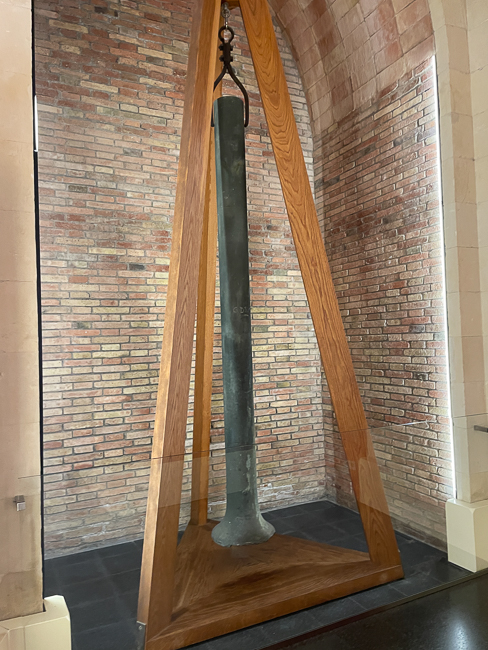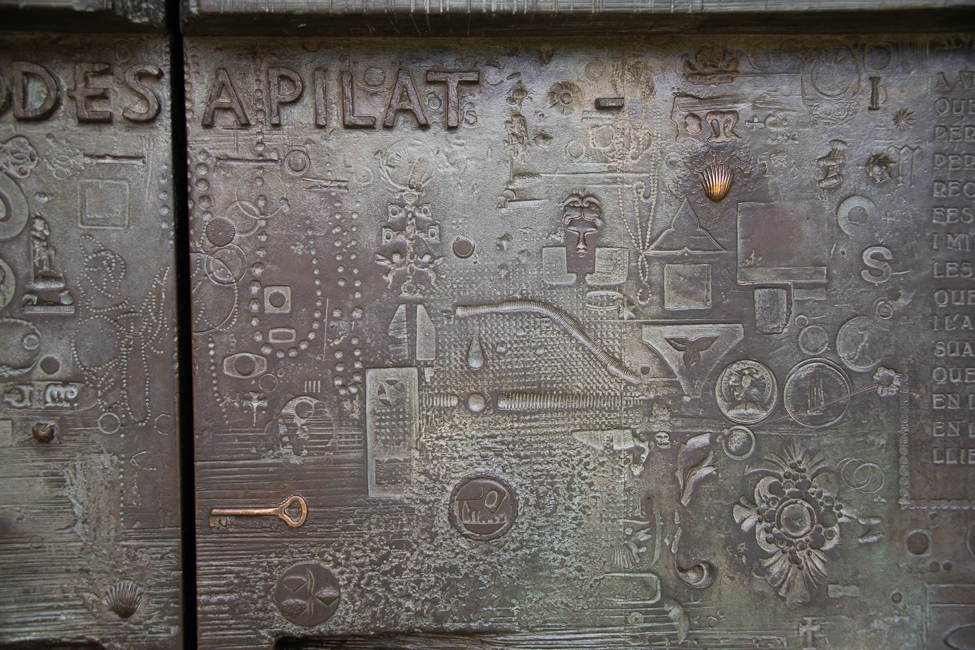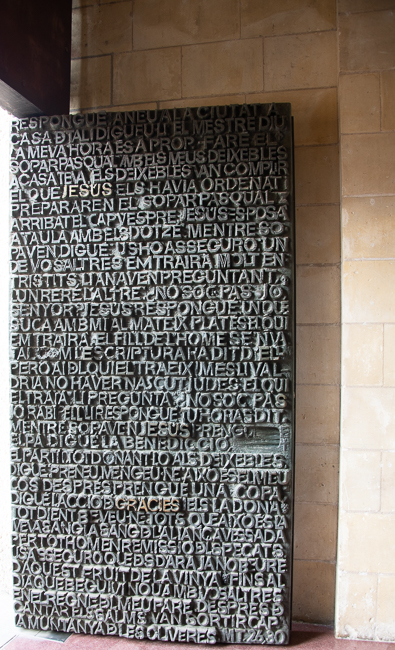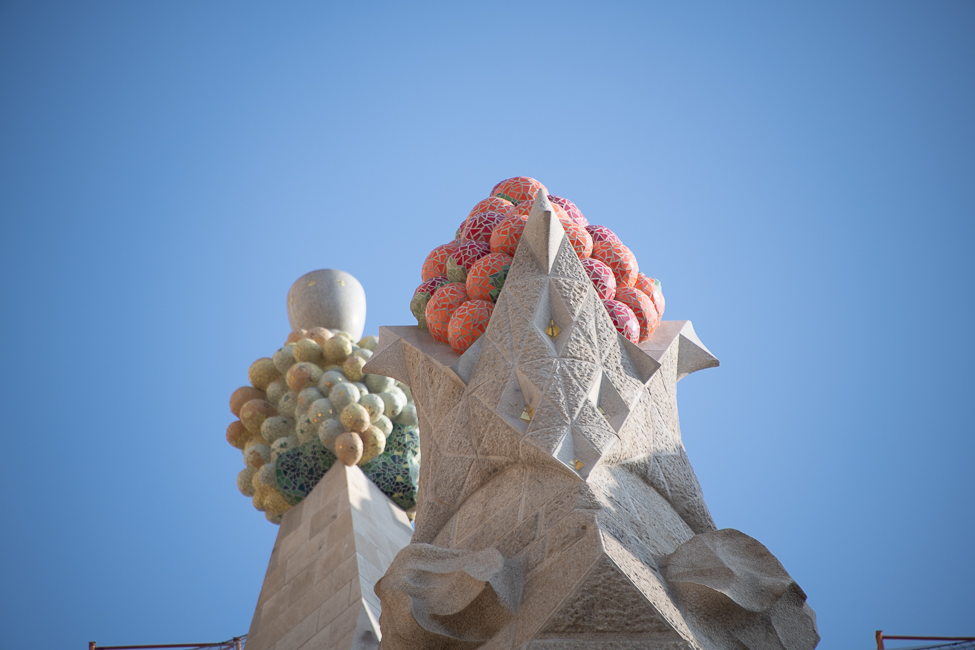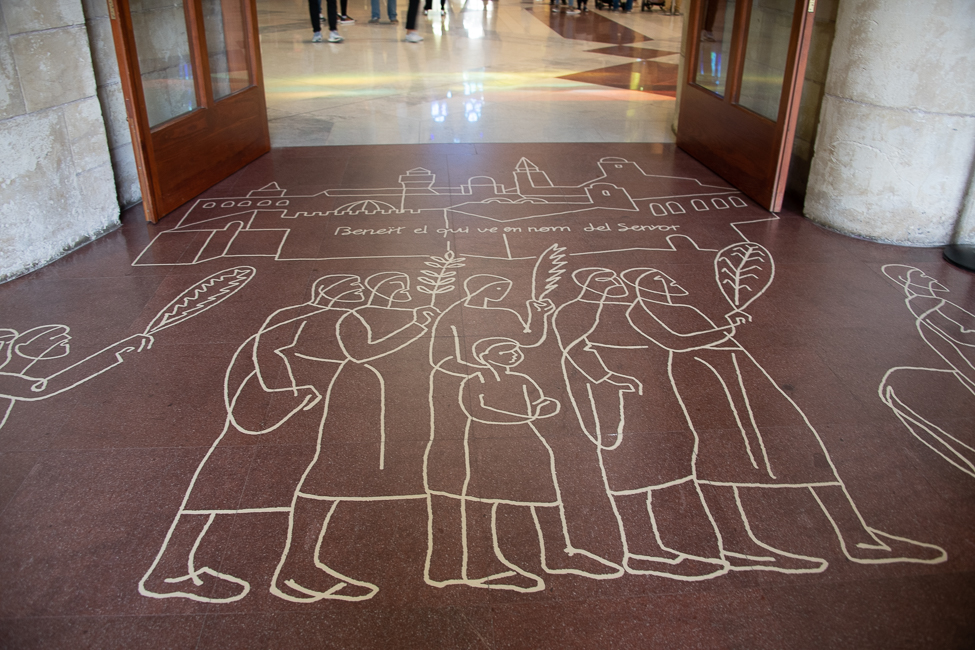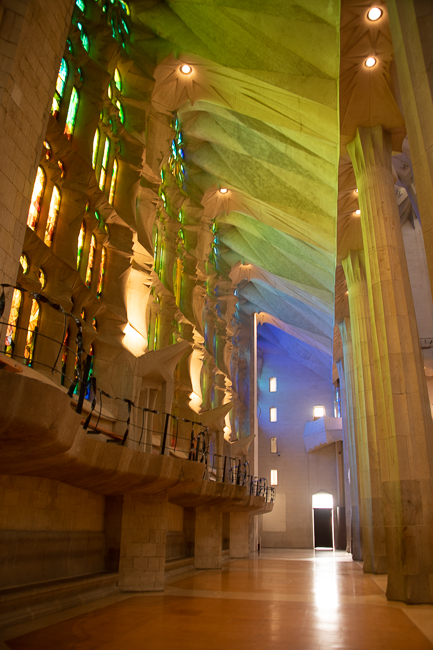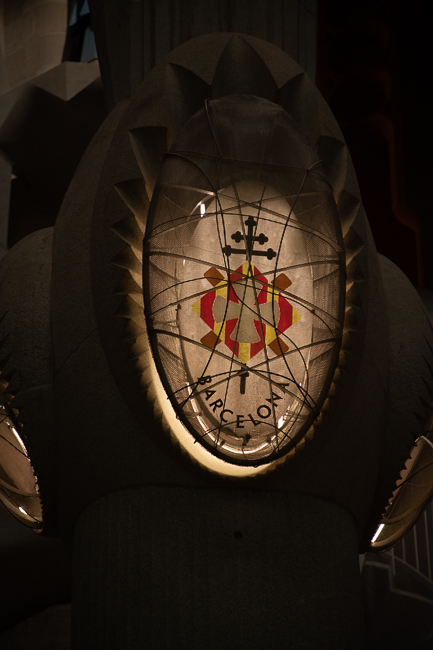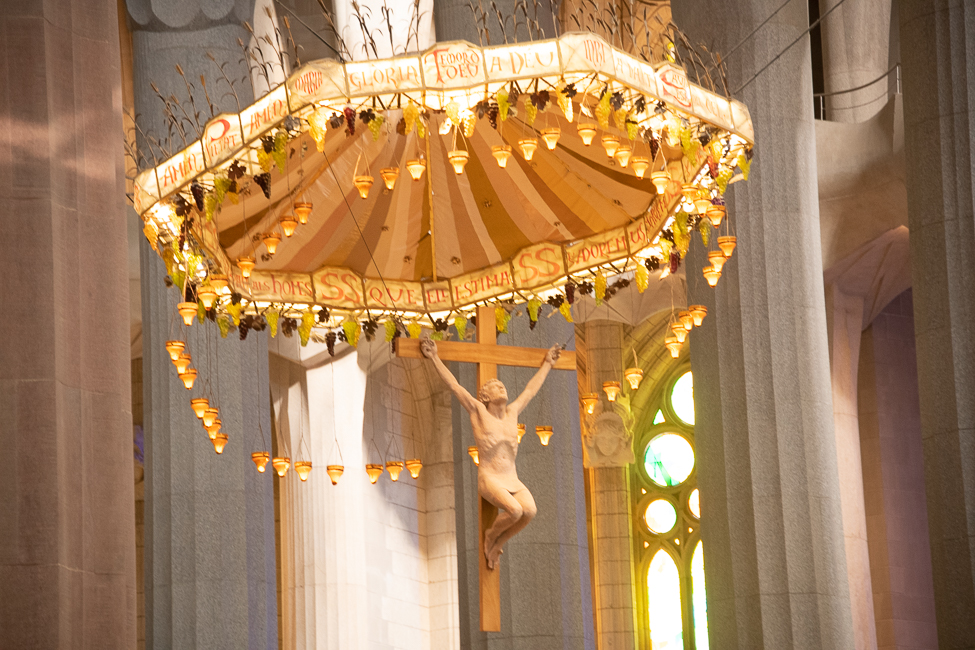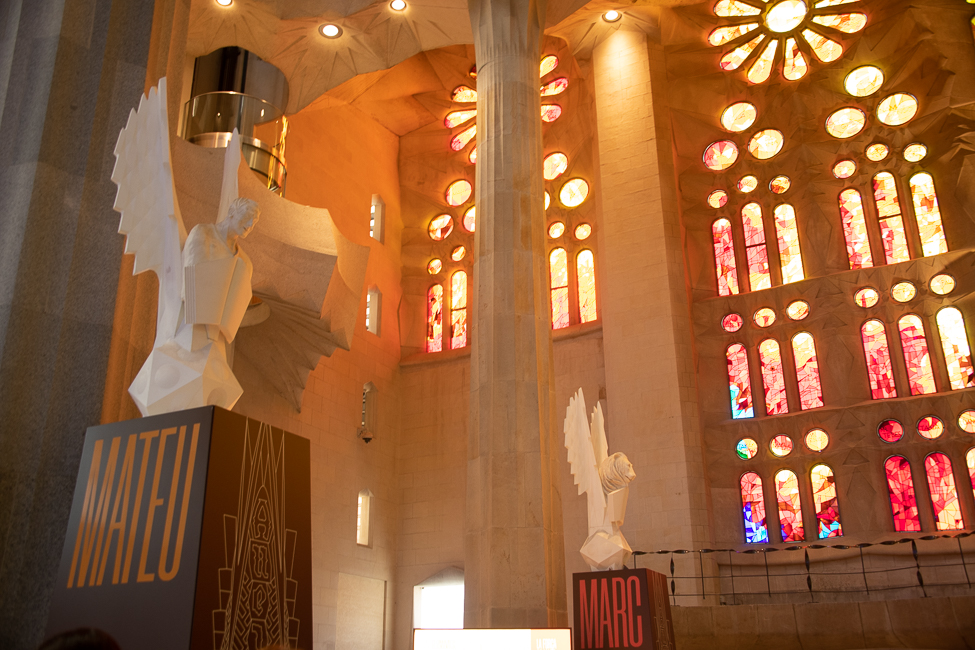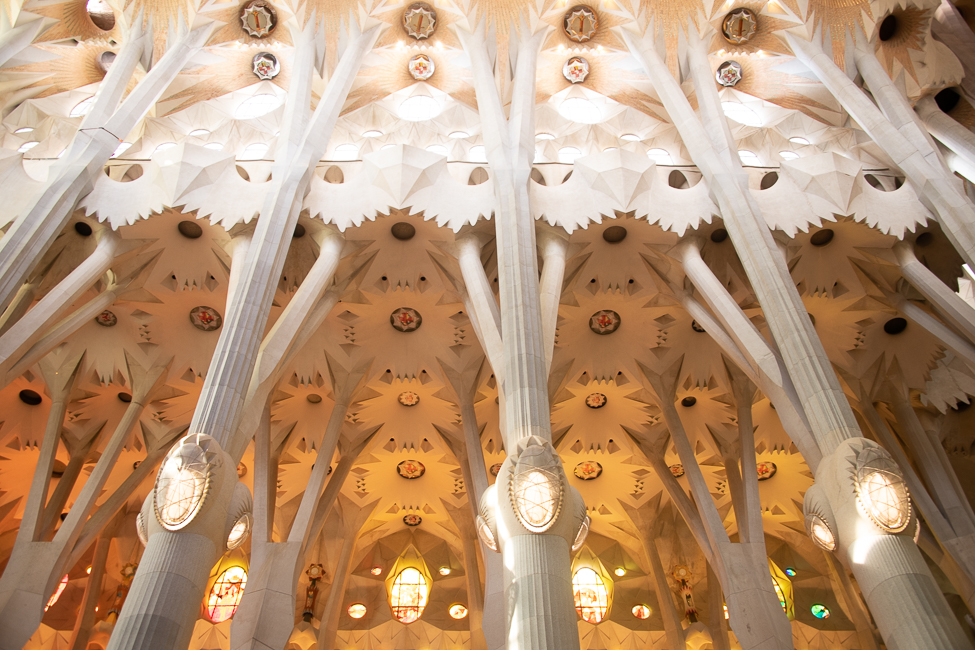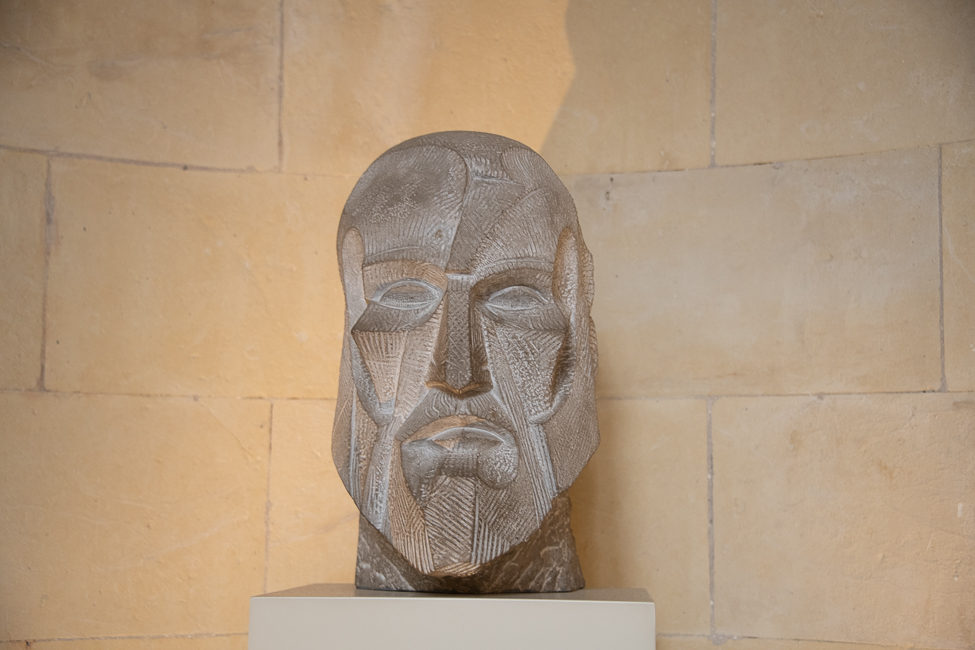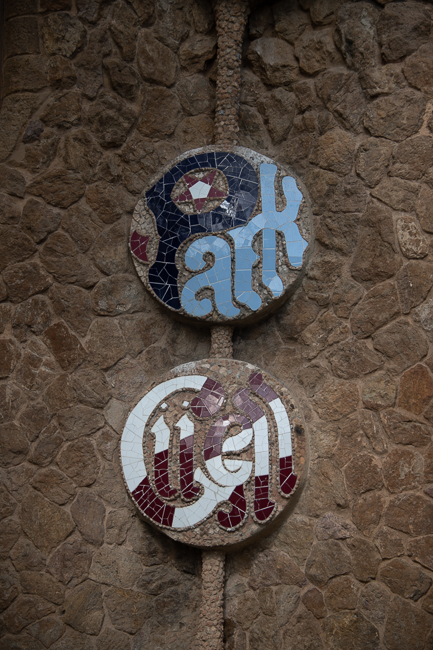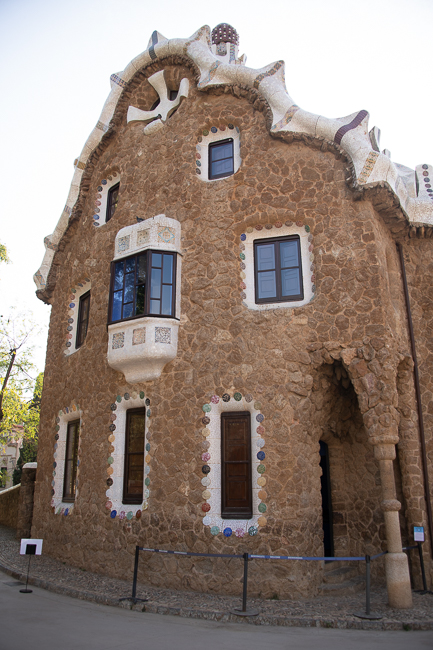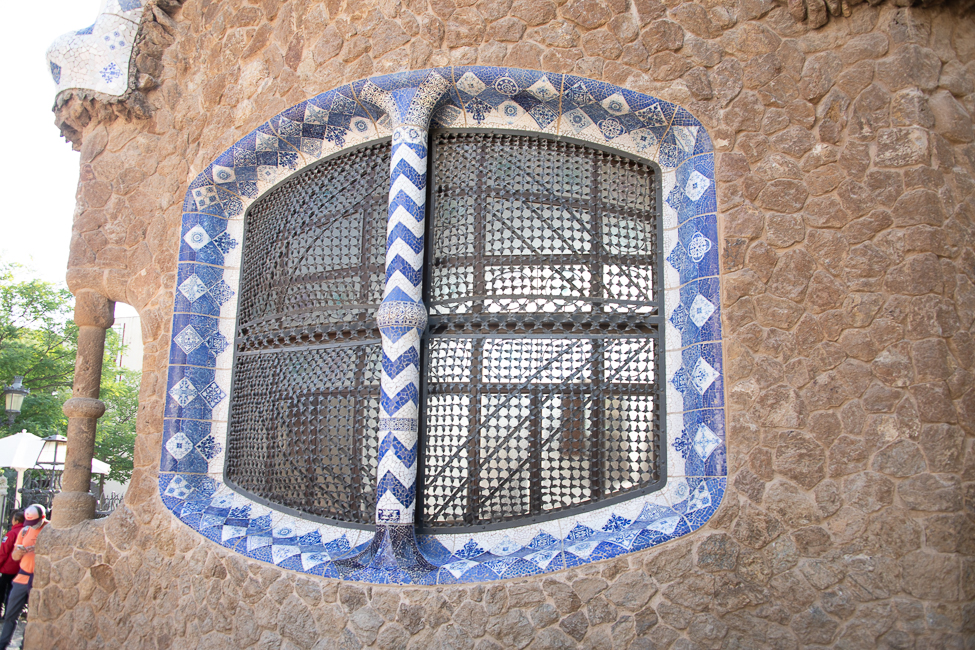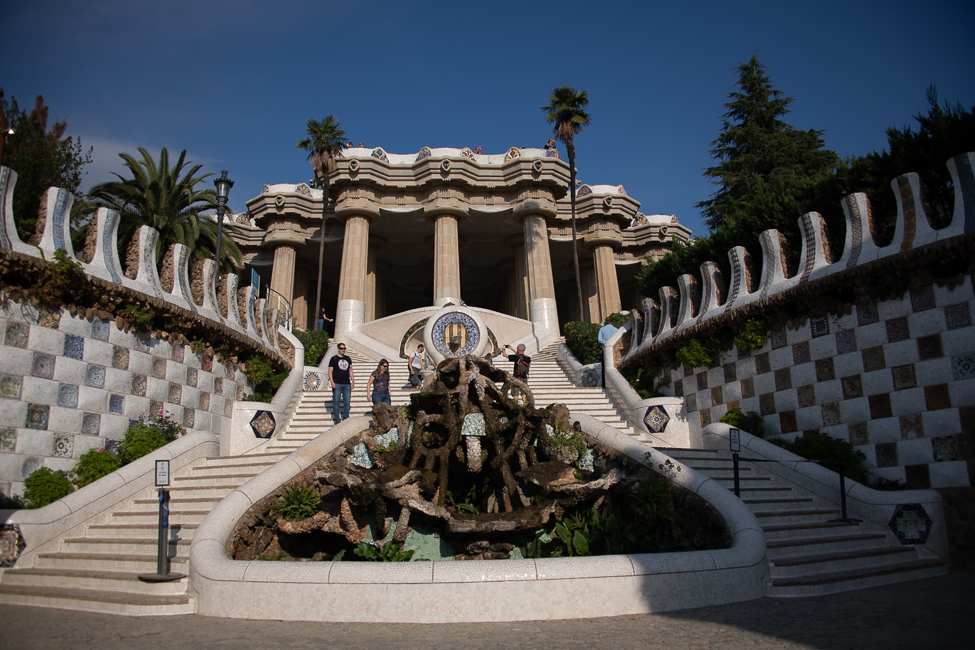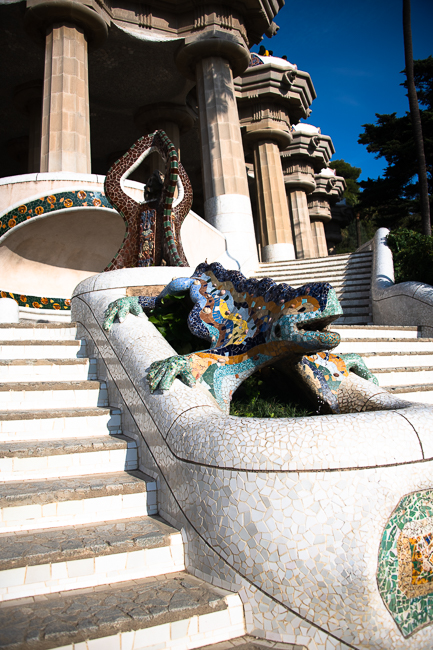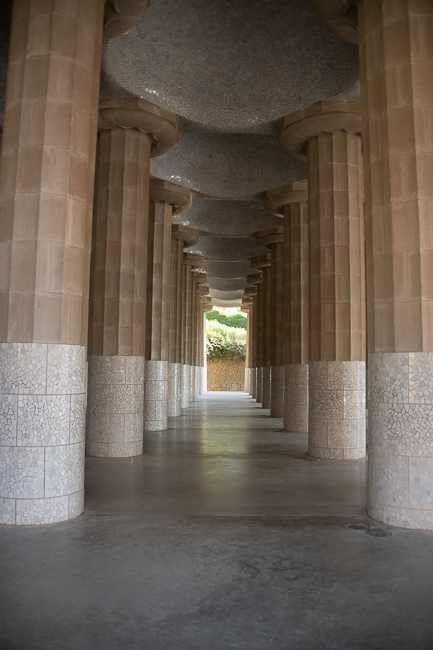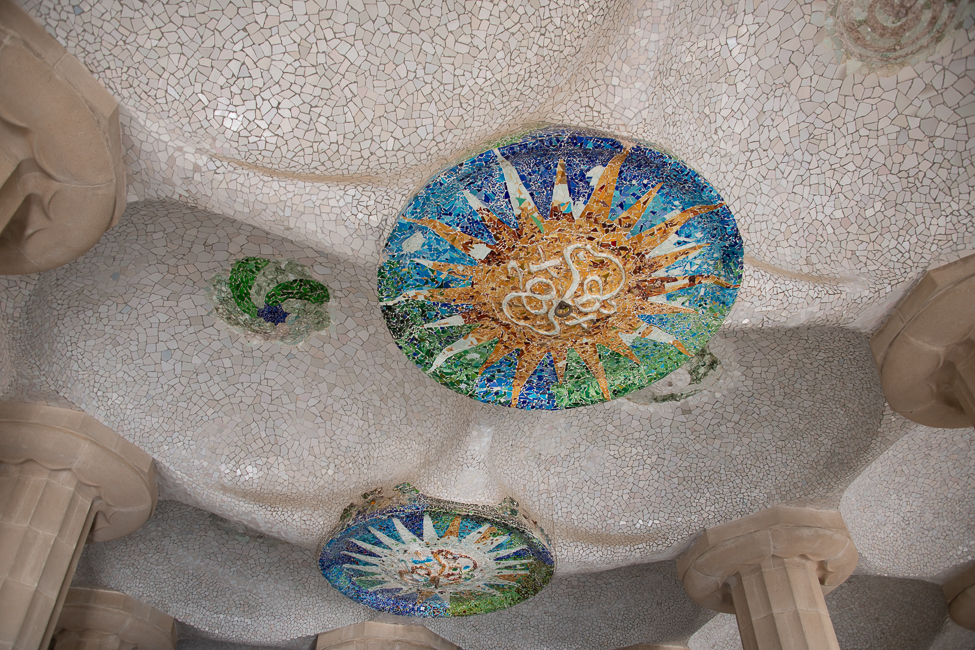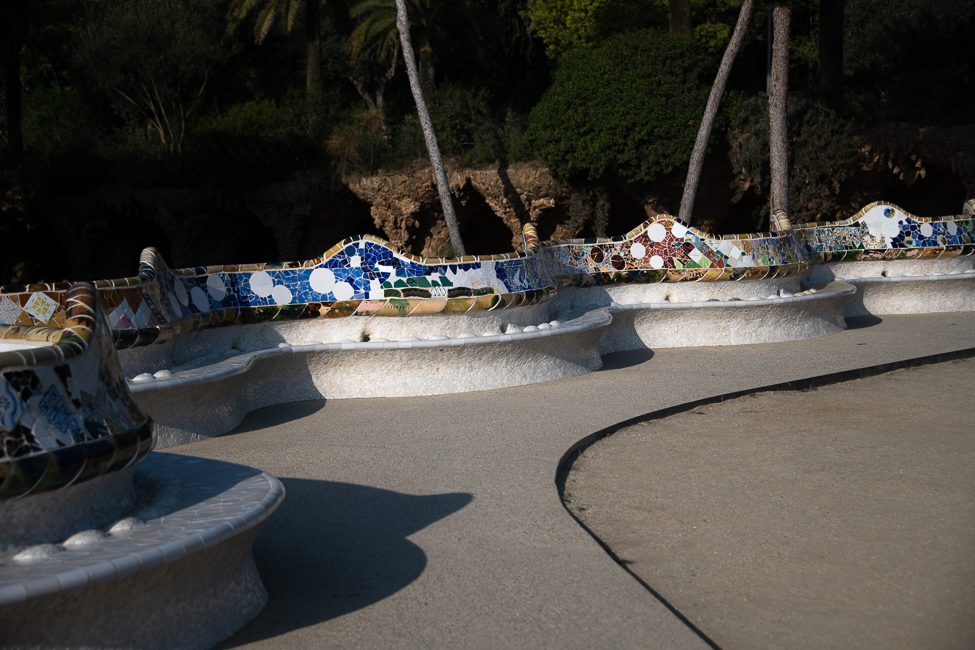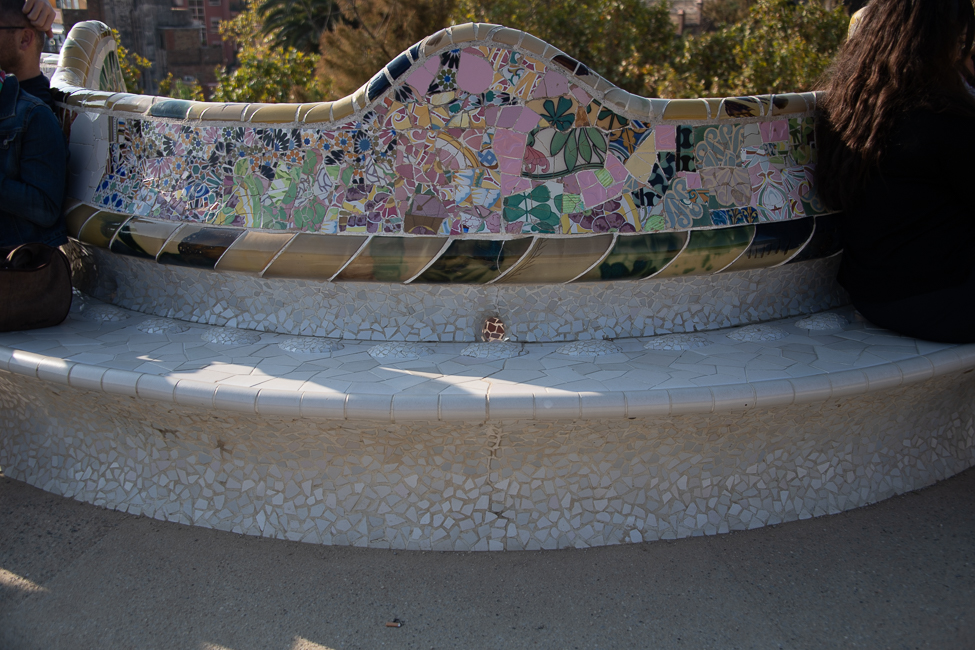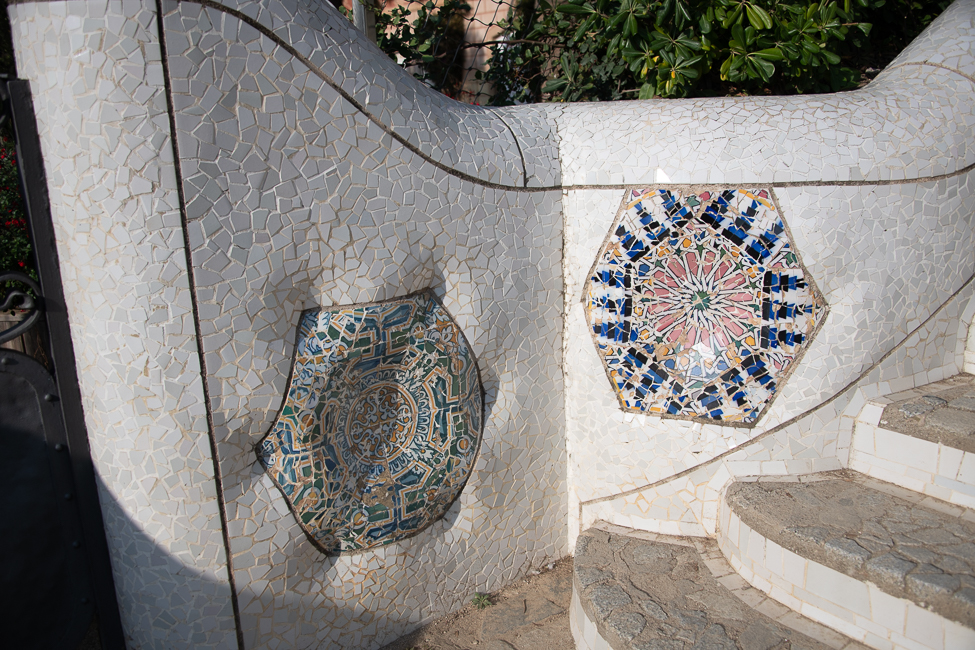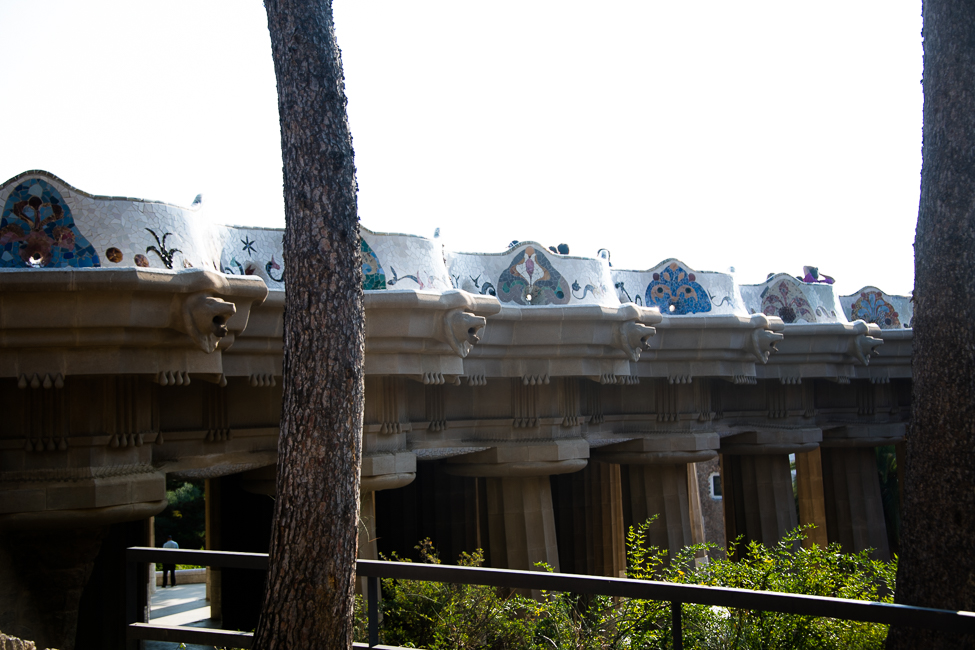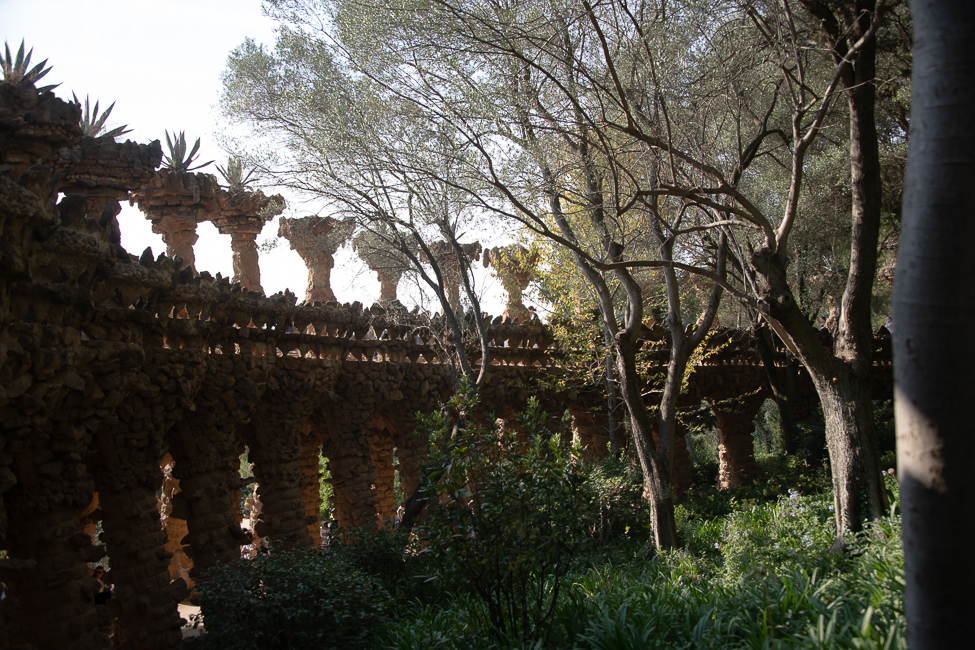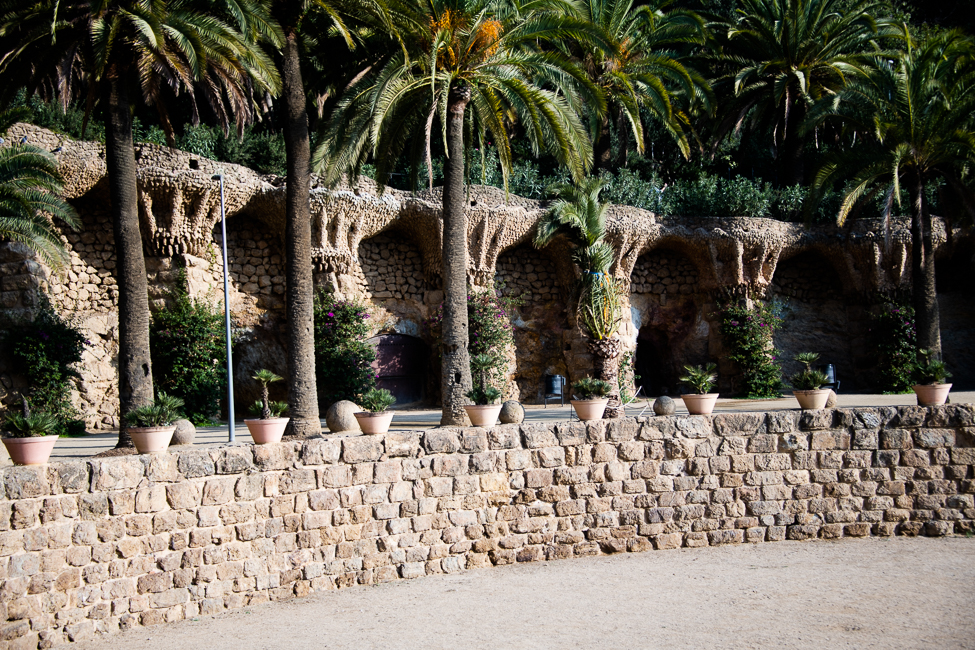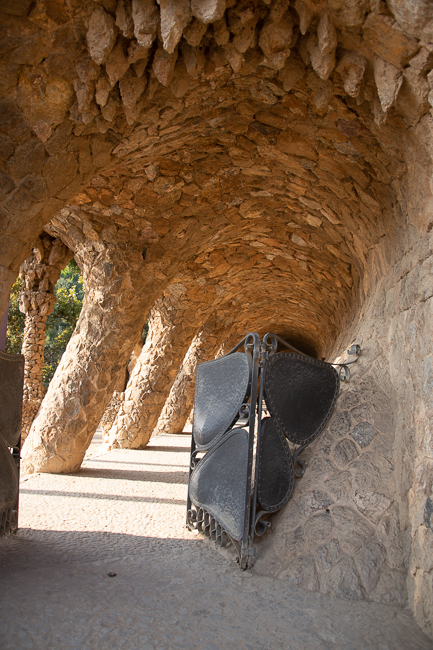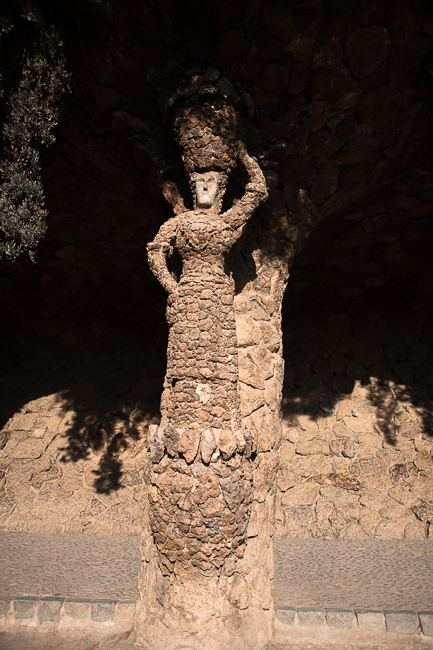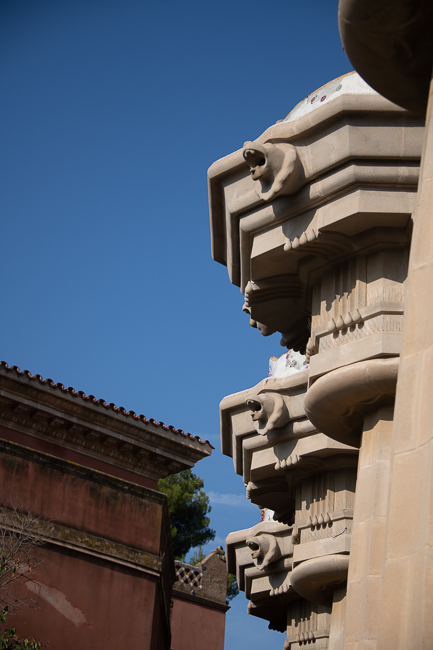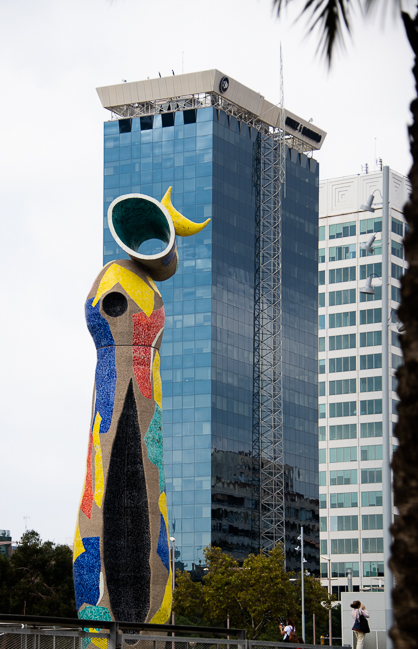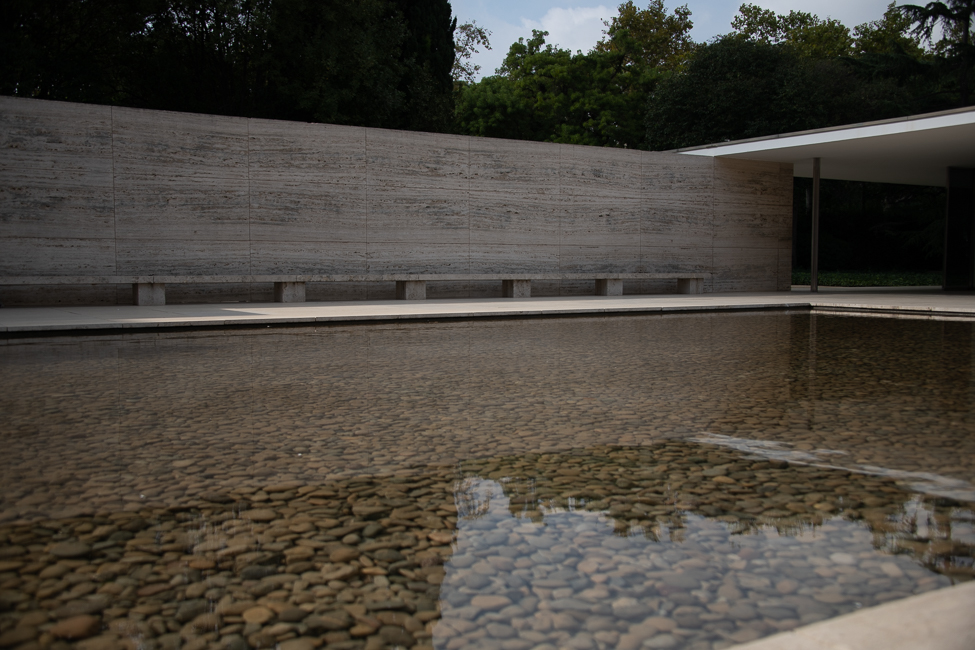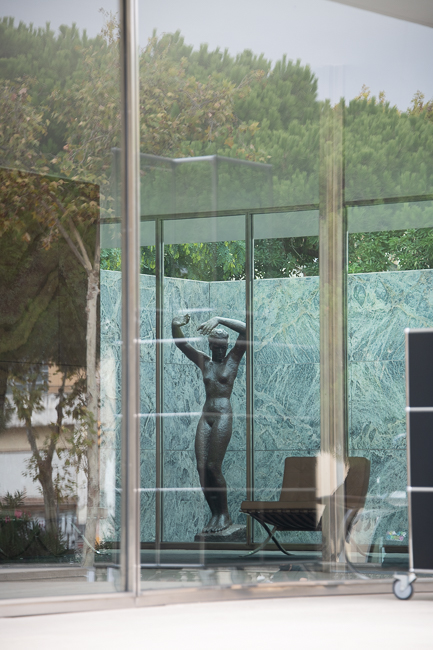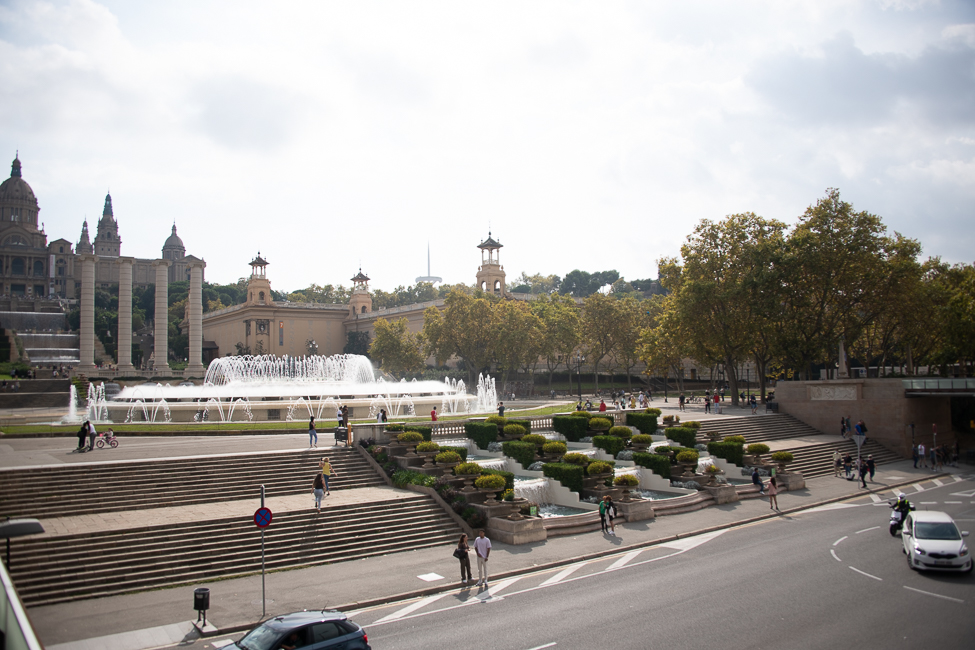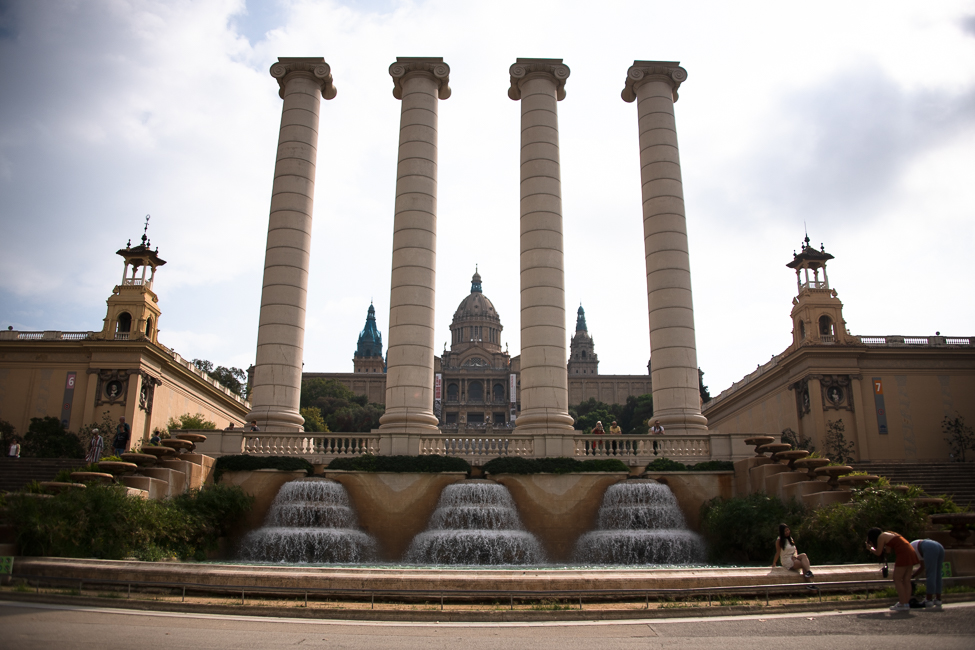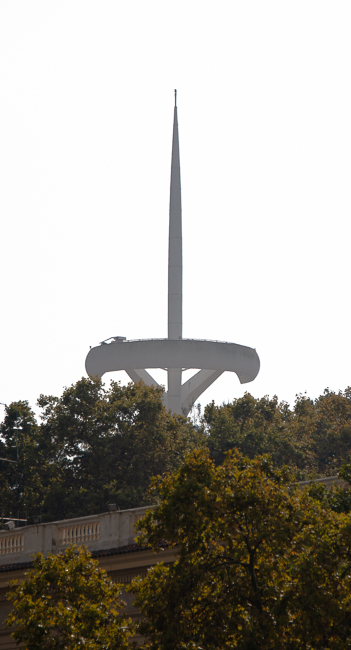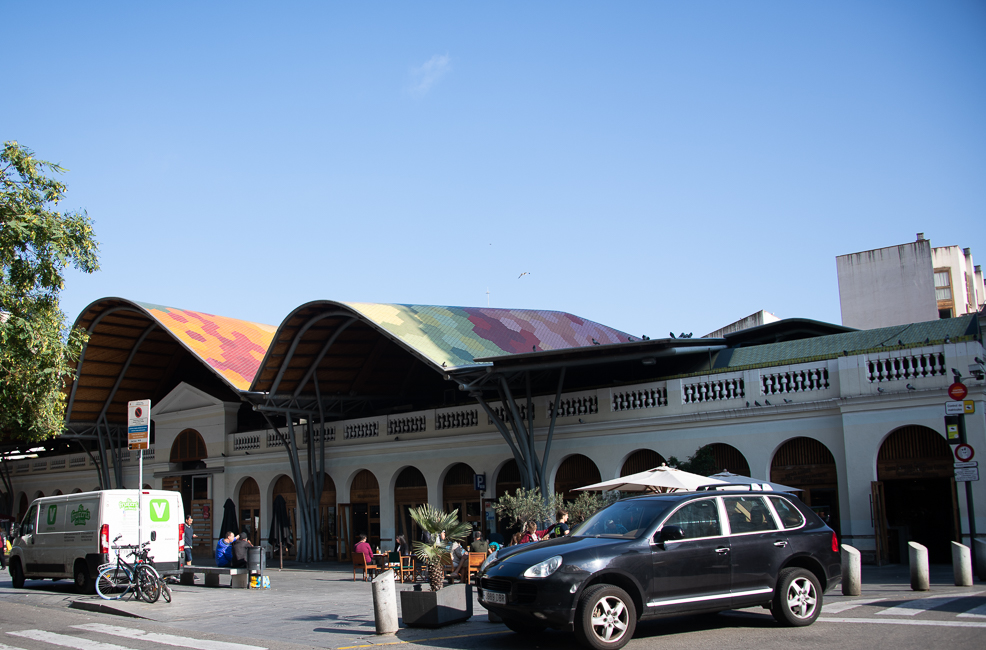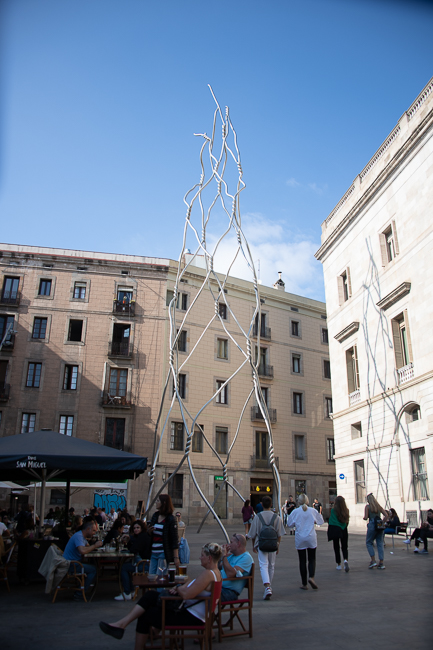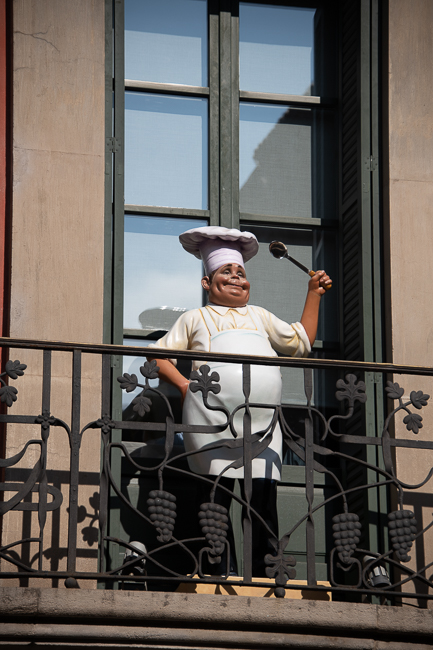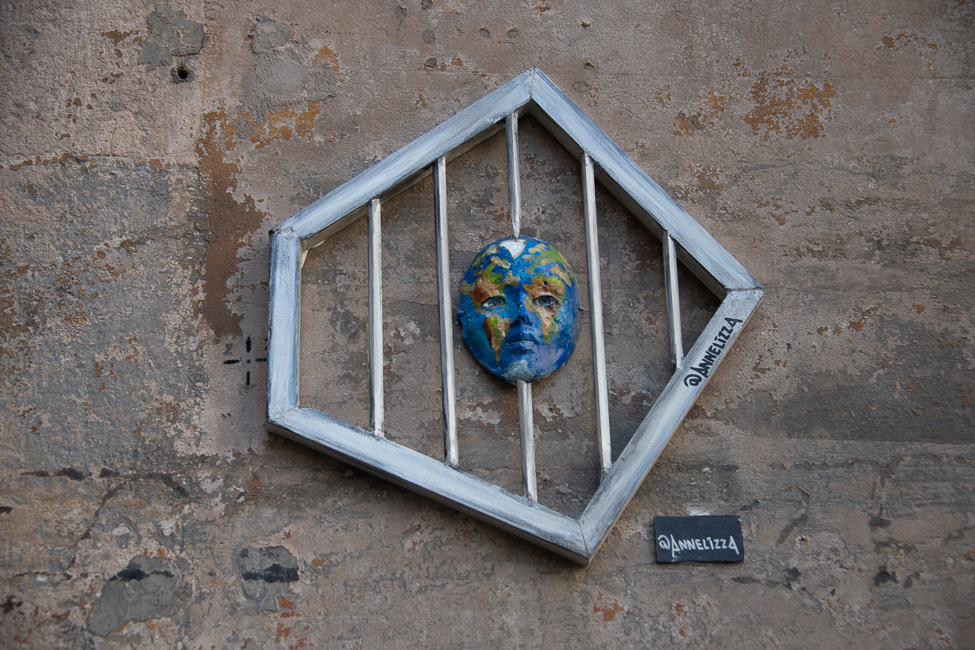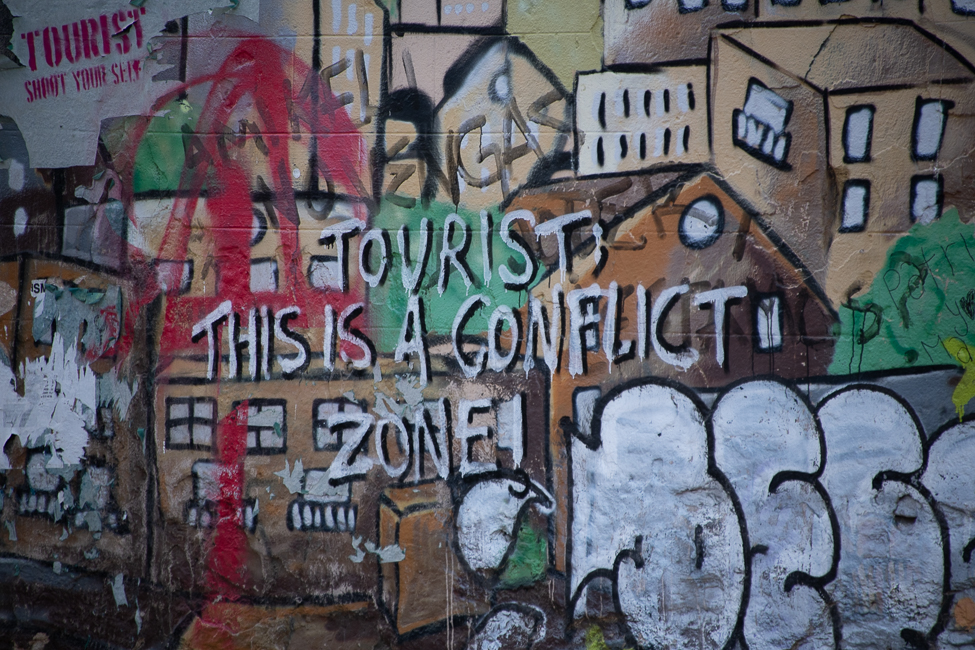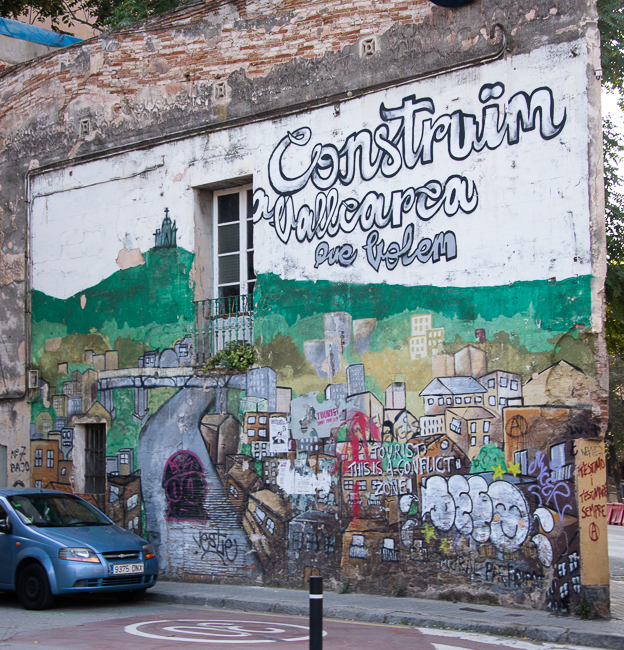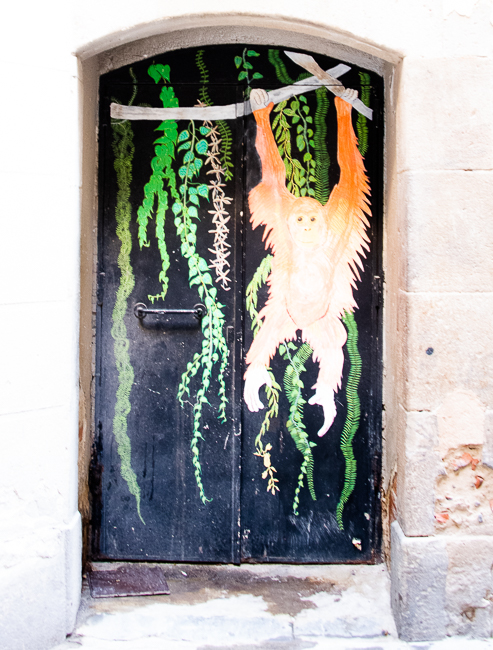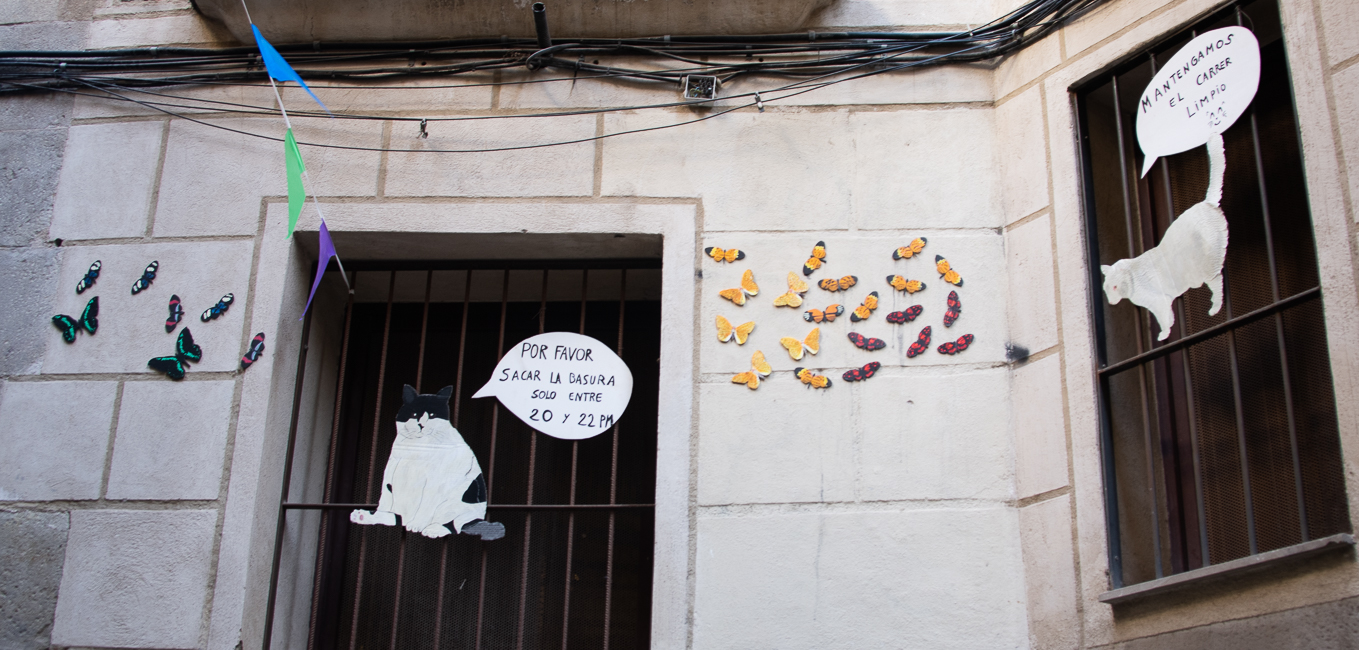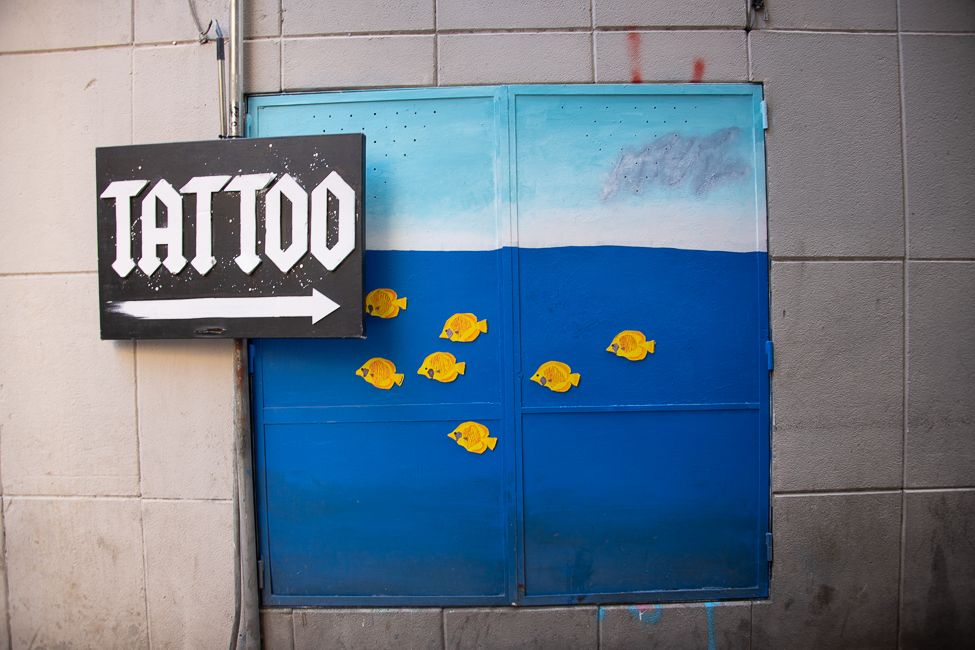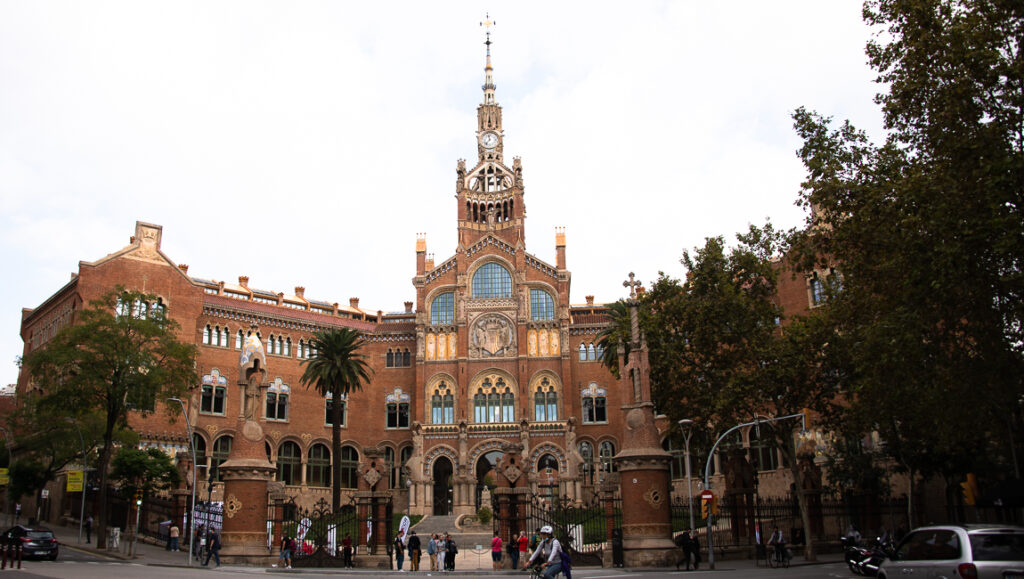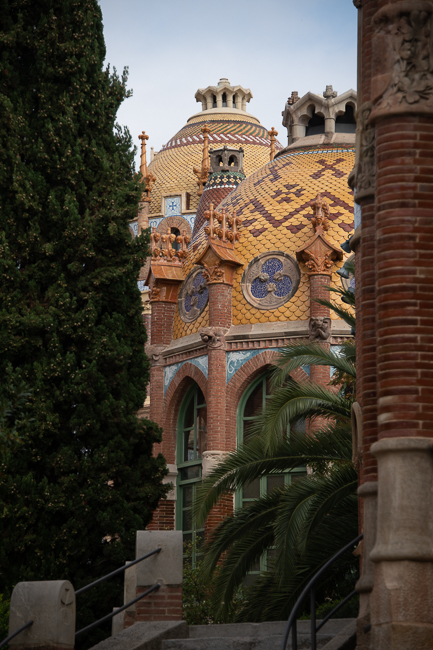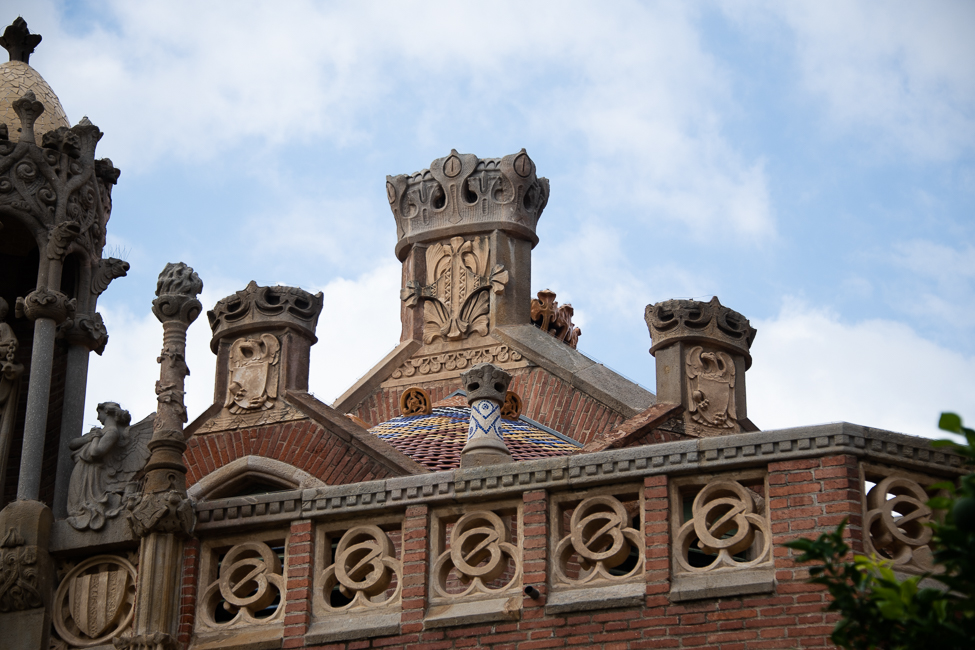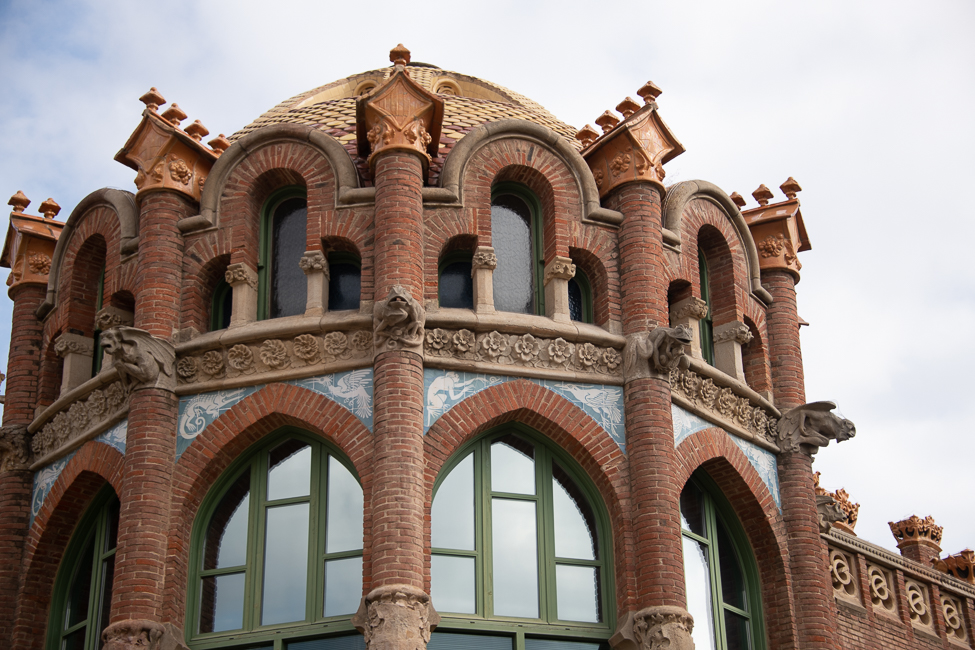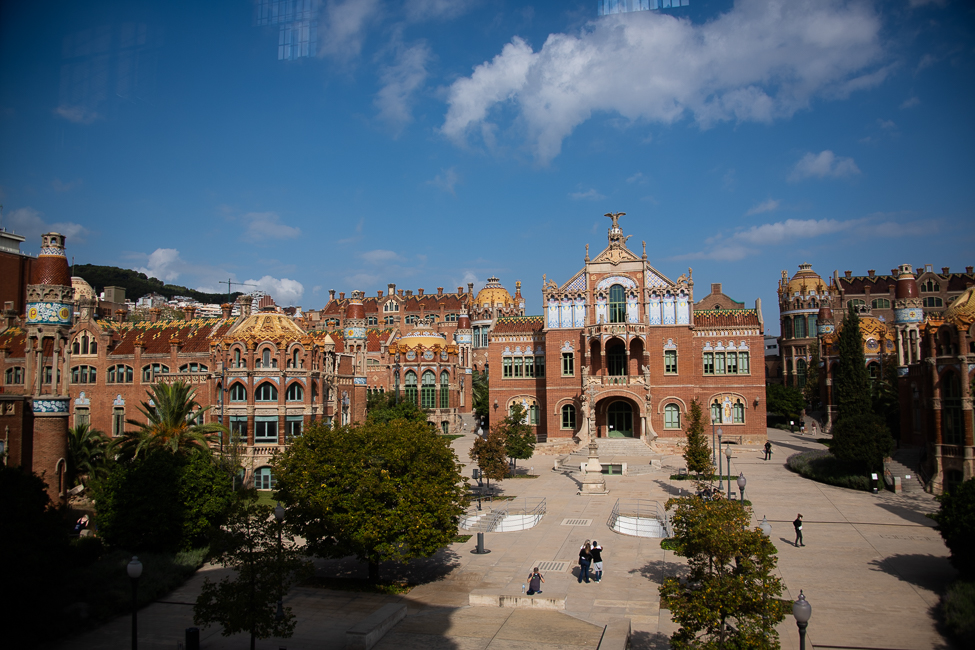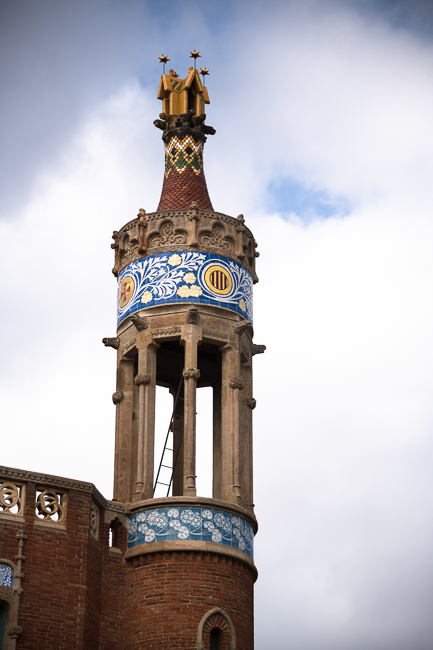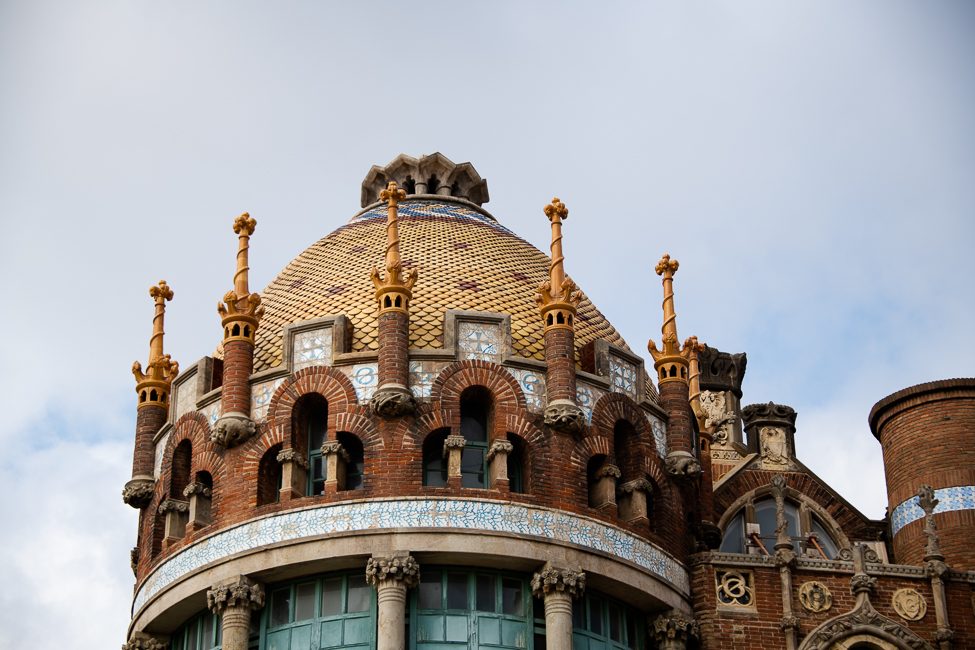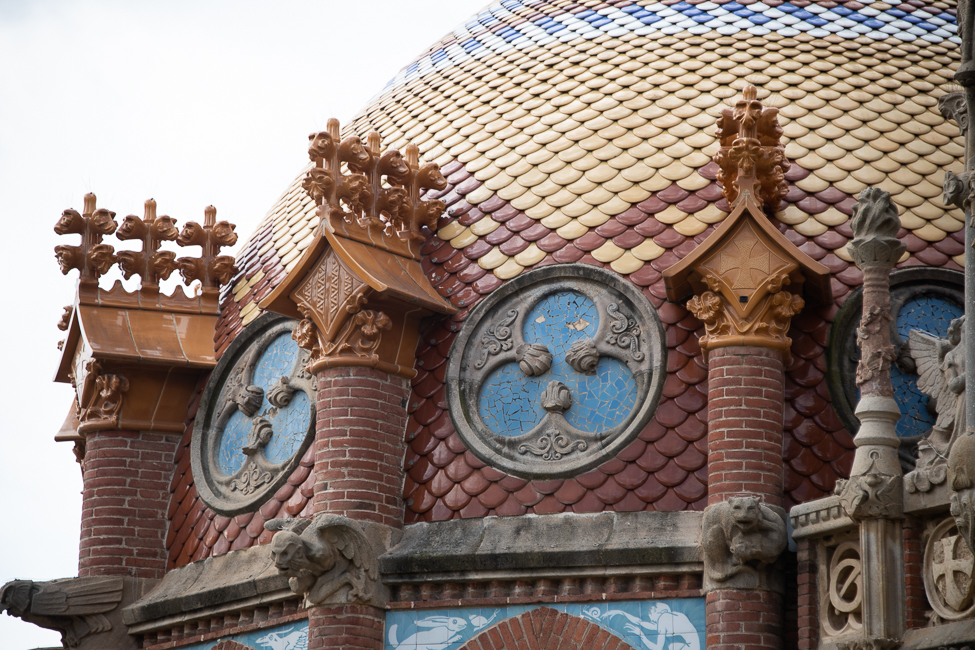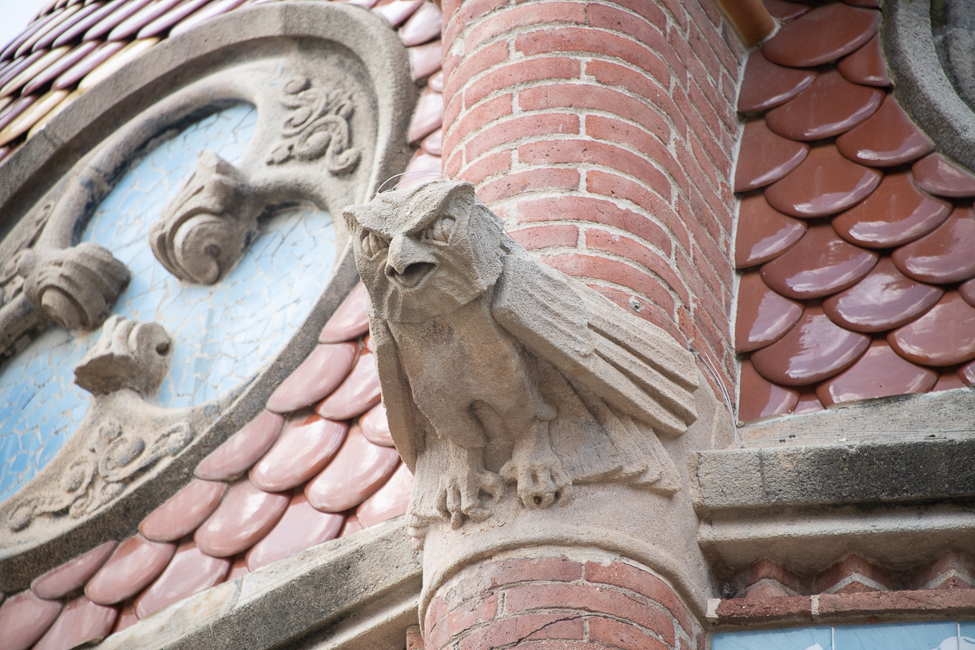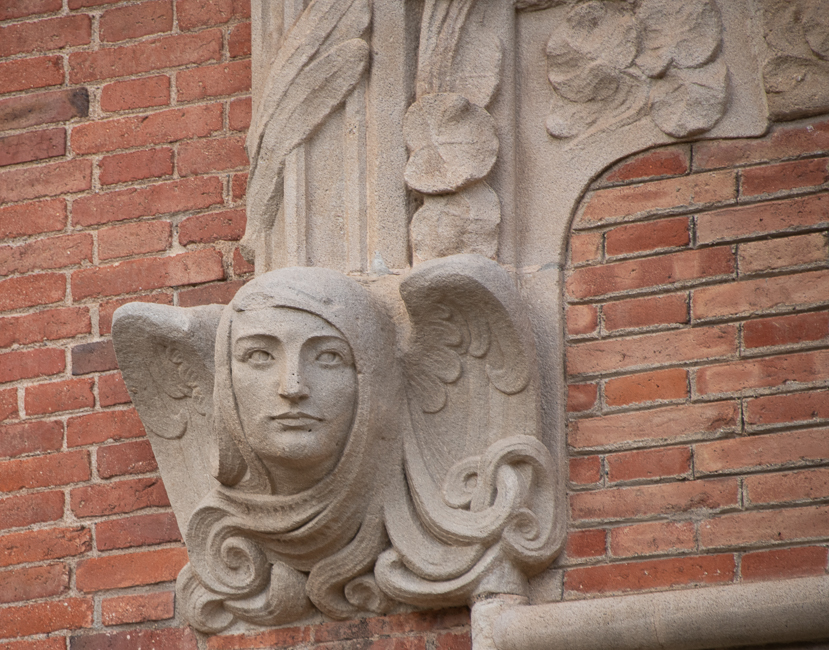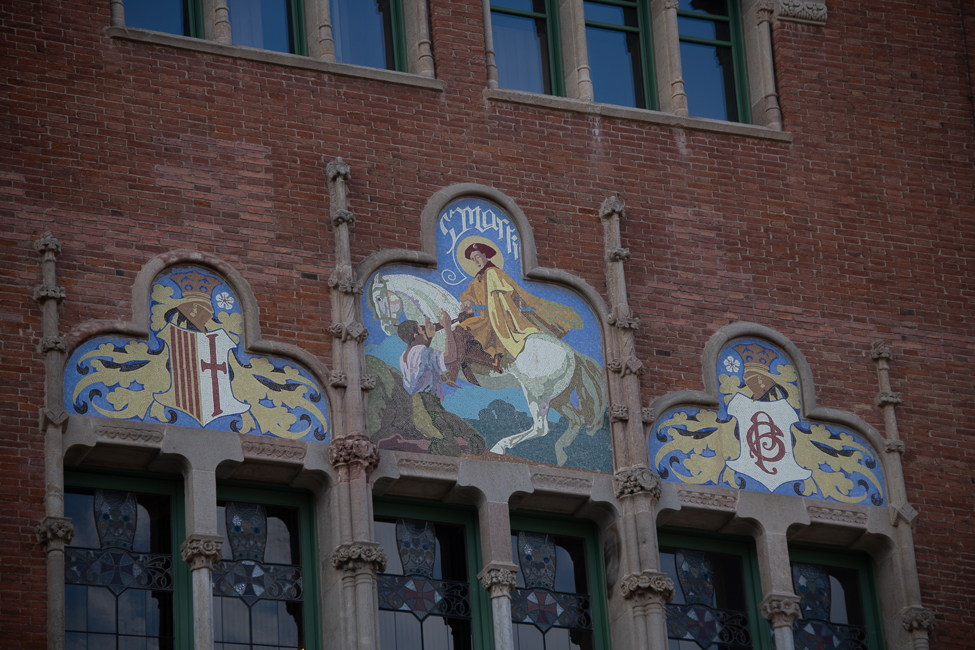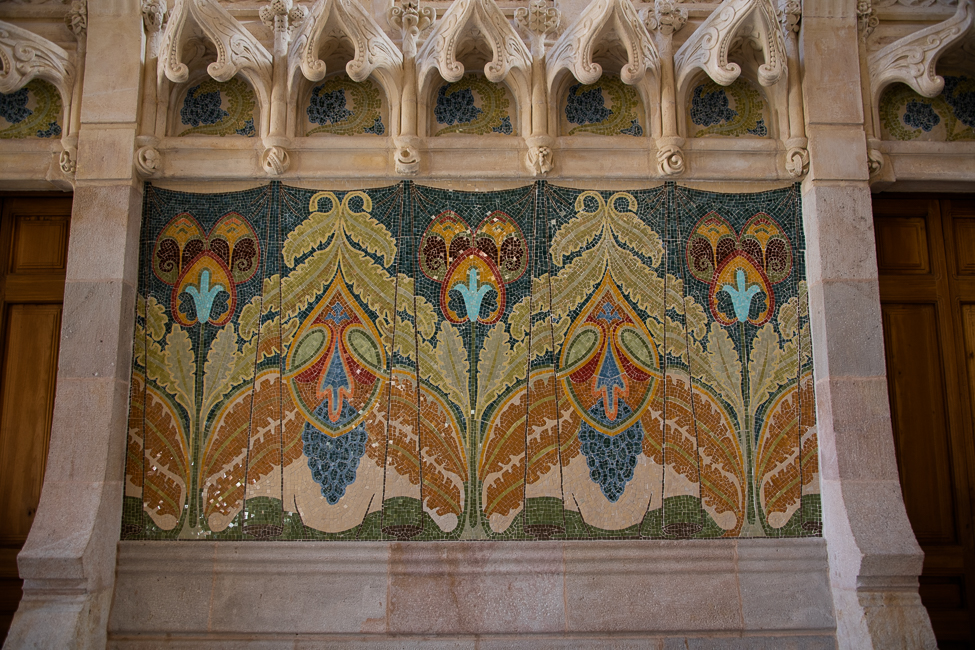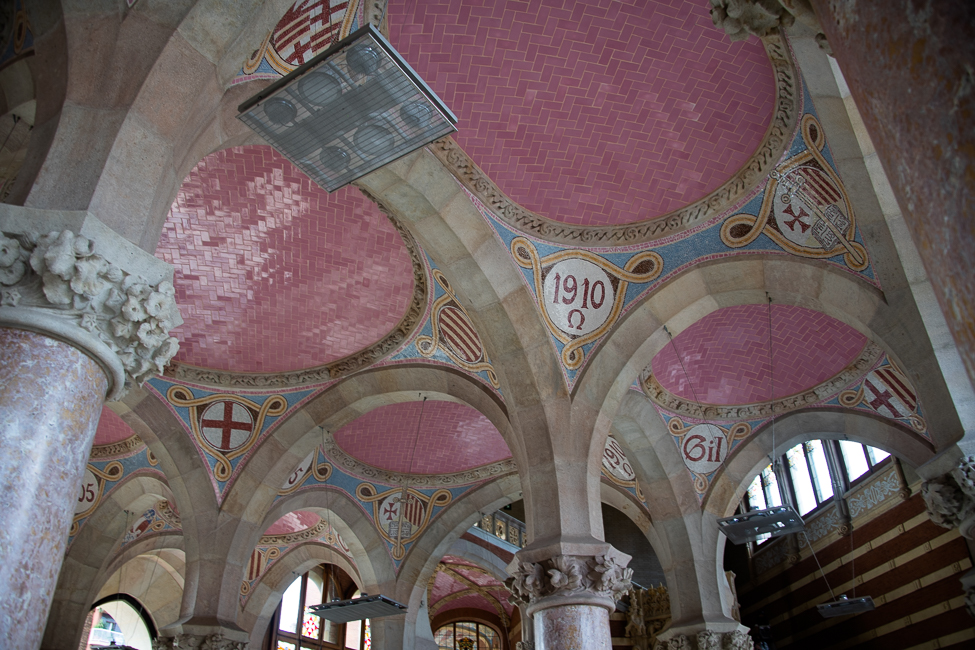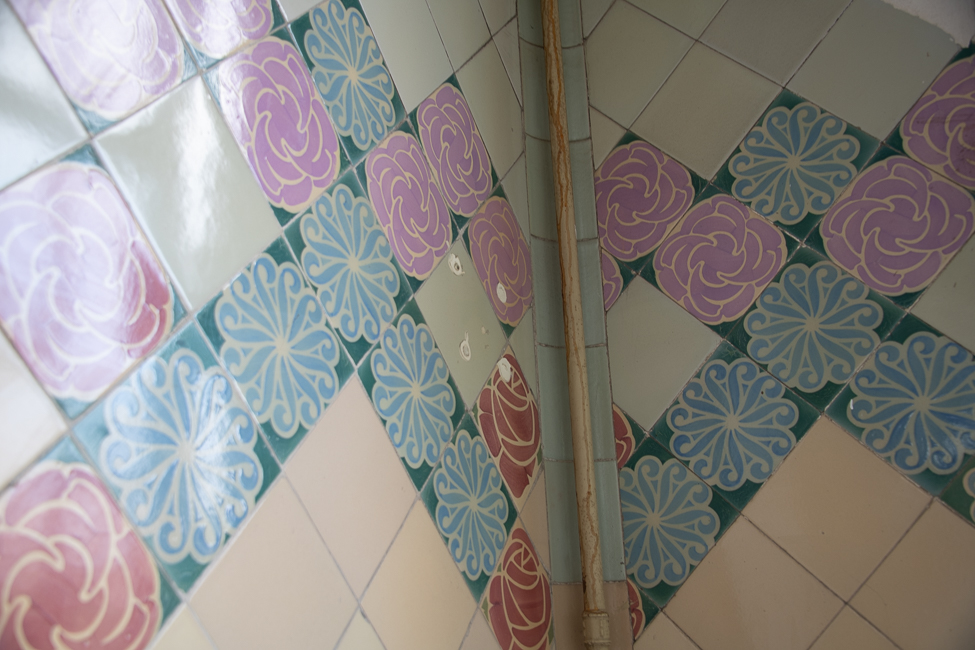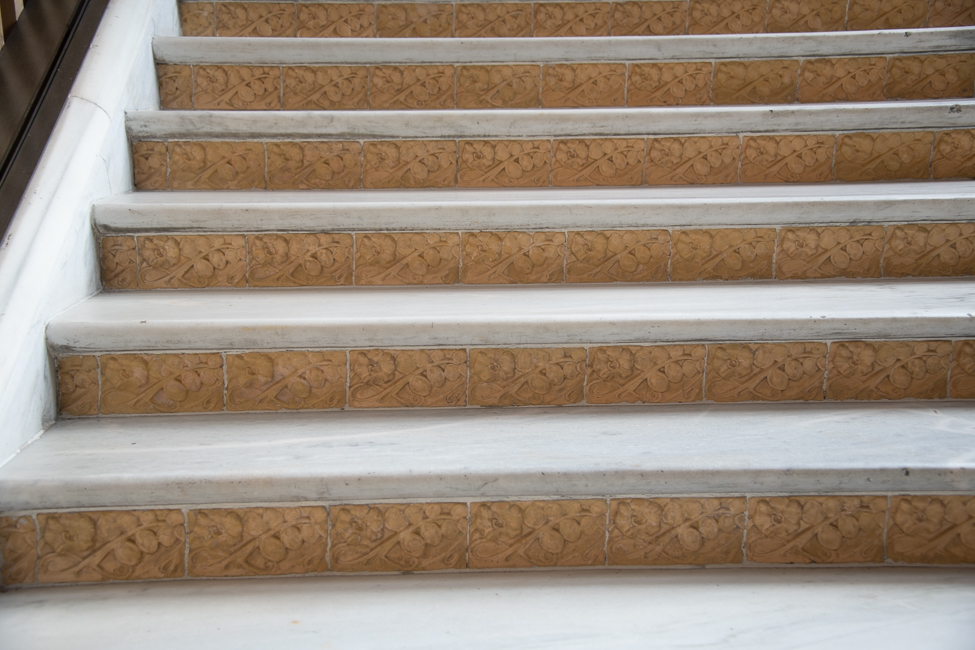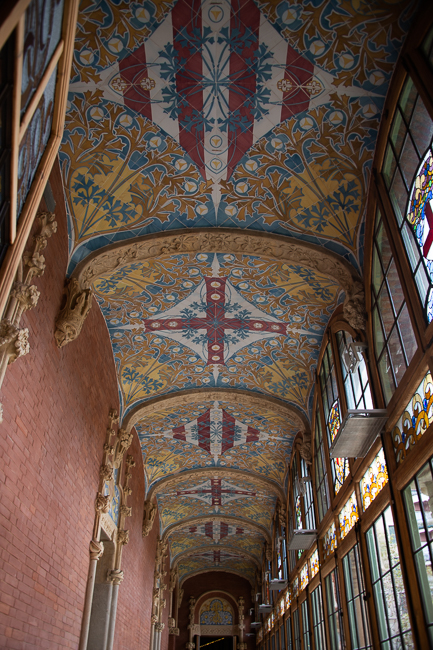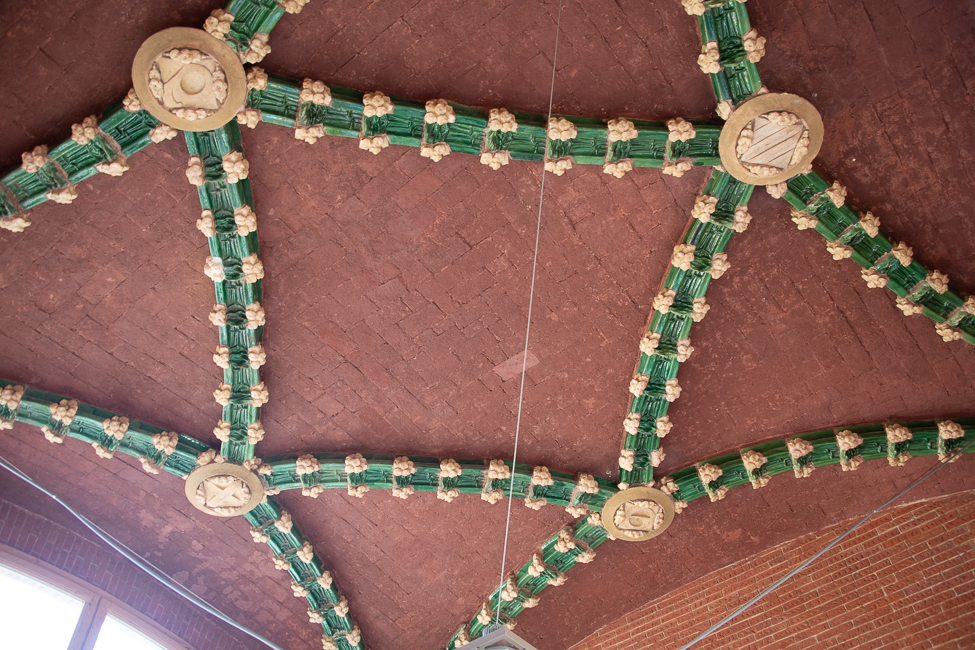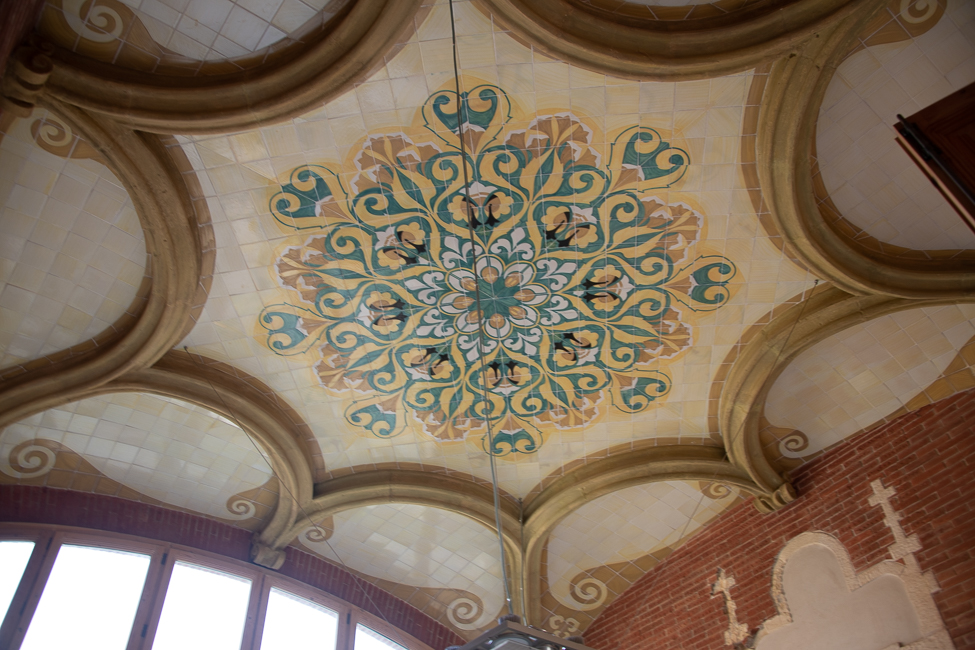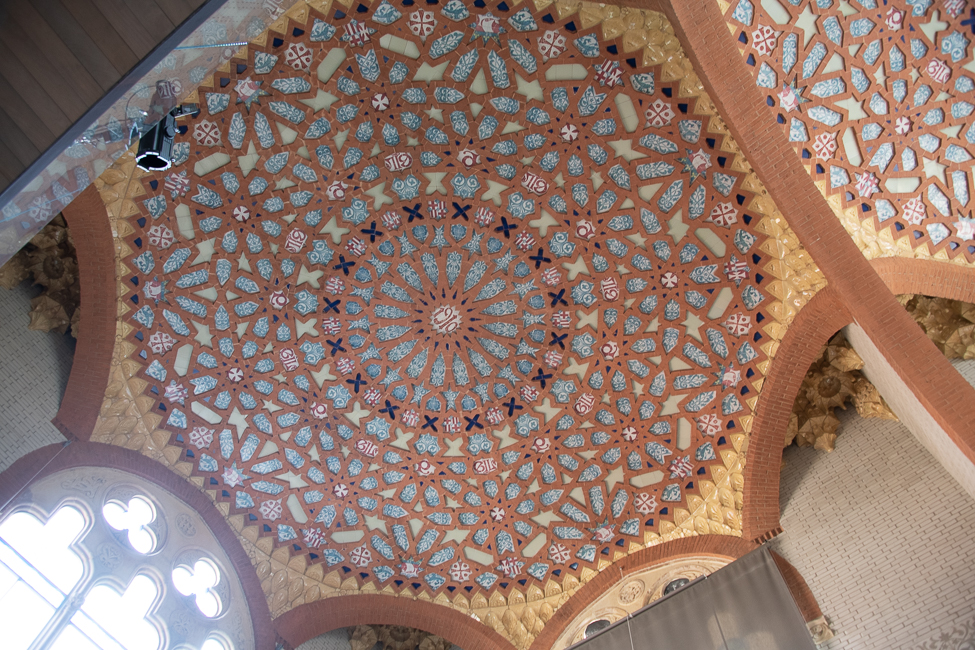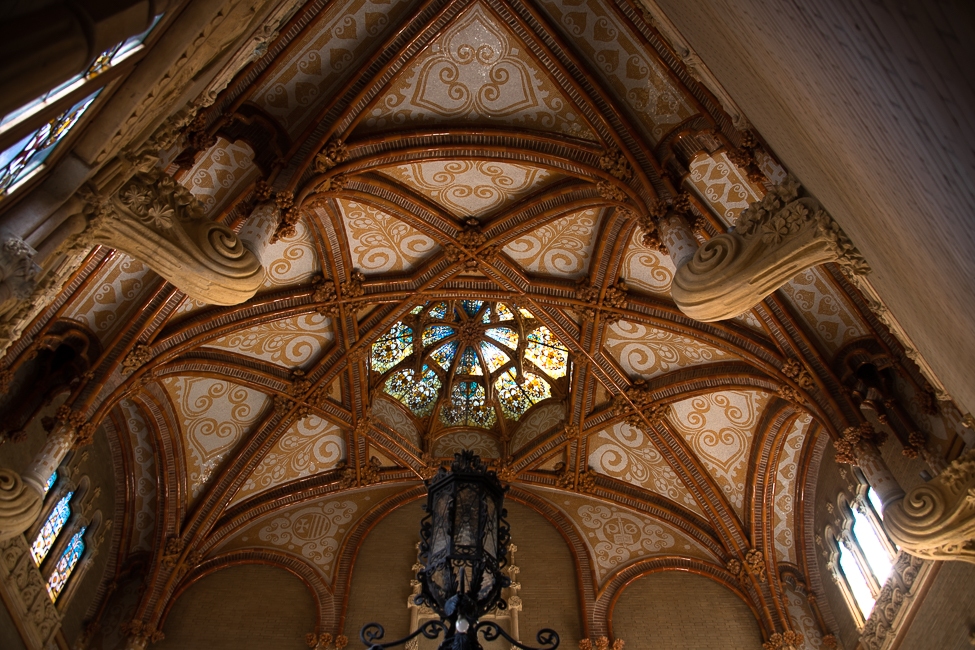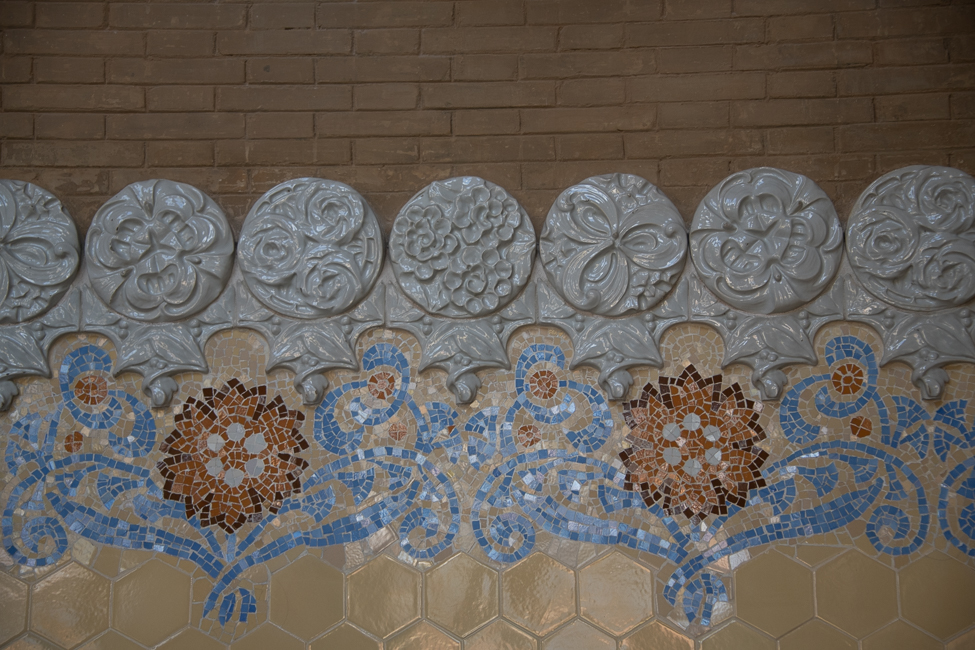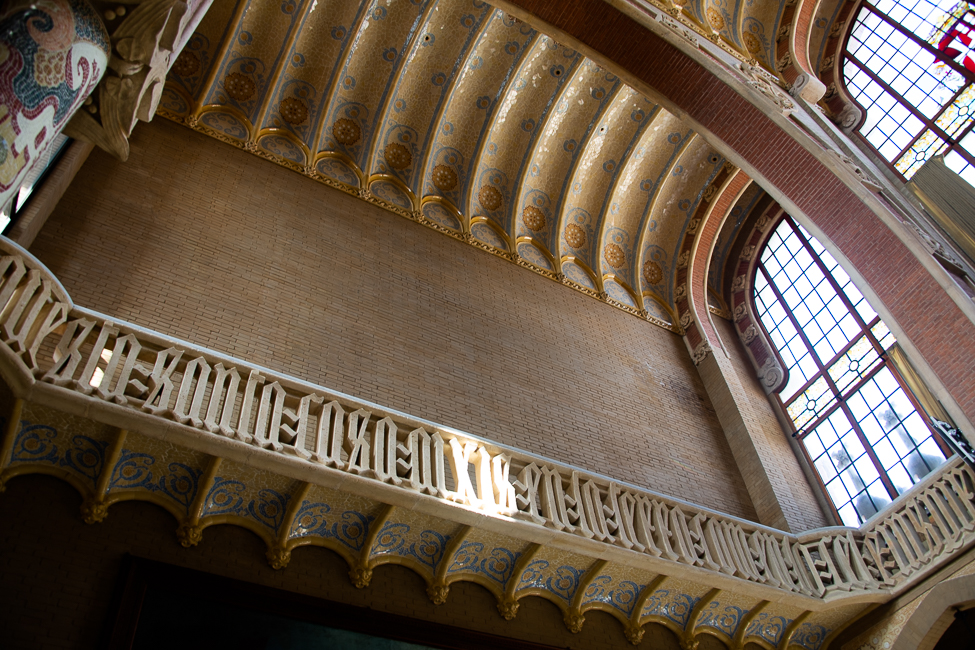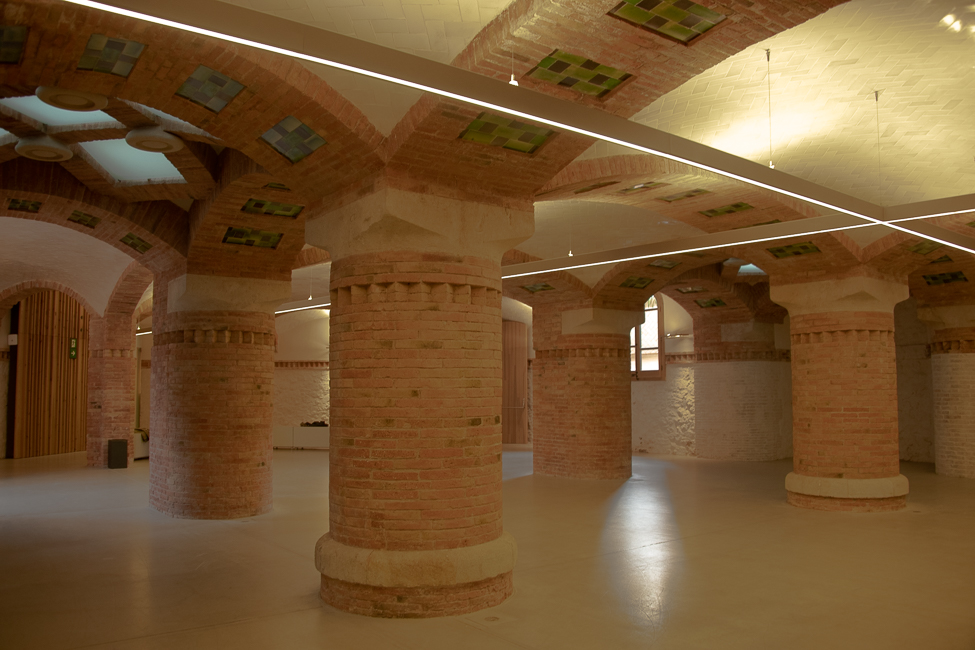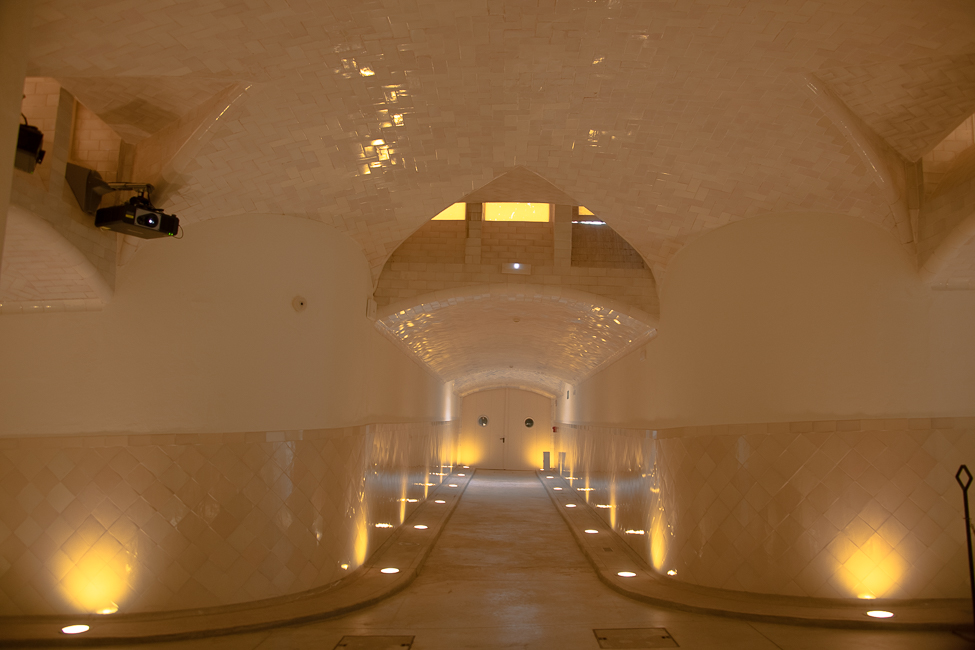October 2021
Las Ramblas
This sweet little statue is in the very small Placa de Vincenc Martorell just off Las Ramblas. The square has a children’s playground, which is probably the purpose of the statue, but in the same square you will find this.
 The hole you see in the wall was once part of the House of Mercy. It was a rotating wooden turntable where one could anonymously drop off donations for the church such as groceries or even money, but the most often item dropped onto this rotating turntable were unwanted babies. The House of Mercy was active from 1853 to 1931.
The hole you see in the wall was once part of the House of Mercy. It was a rotating wooden turntable where one could anonymously drop off donations for the church such as groceries or even money, but the most often item dropped onto this rotating turntable were unwanted babies. The House of Mercy was active from 1853 to 1931.
This is titled Miró’s Pavement. In 1976, artist Joan Miró chose this spot on Las Ramblas for one of his works, It sits close to the Passatge del Crèdit, where he was born 83 years earlier. Miro’s intention was for passers-by to walk over the mosaic, he wasn’t concerned about it getting damaged. Because it had become faded and was deteriorating, Barcelona’s City Council decided to restore the piece in 2006, the 30th anniversary of the installation.
Walking through an Esplanade from the Bouqueria Market to Las Ramblas I came upon these giants. The larger two date from some time prior to 1601. The man is a saracen and the woman a medieval lady. King Charles III issued a decree declaring them too grotesque for religious celebrations and they were closeted away. They were brought back out again for the feast of Corpus Christi in 1799. The three smaller ones were brought onto the scene after 1780. All of the giants were packed away and stored in a bell tower in 1870. Rediscovered in 1951 they were restored and now sit in this little pedestrian walkway.
The Born
There are numbered cannonballs all along the Passeig del Born. They are an art installation by the late João Brossa. The intention was to evoke the 1714 siege of Barcelona which ended the 14-year War of the Spanish Succession. After their victory, the Bourbon forces forced residents of the Barri de la Ribera to tear down nearly a thousand of their own houses, some 20% of Barcelona at that time, to create fields where the occupying army of Felipe V could aim their cannons at the occupied city.
At the end of the street you will find the Fossar de les Moreres, or Grave of the Mullberries. The plaza was built over a cemetery where defenders of the city were buried at the end of the War of the Spanish Succession in 1714. There is eternal flame atop the metal arch and a poem by Frederic Soler, “El Fossar de les Moreres”, inscribed within the arch.
The area isn’t all that morbid, there is a great Museum of Chocolate (Museu de la Xocolata) in the Born, it is filled with wonderful things made of chocolate, like this portraiture of George R. R. Martin, author of Game of Thrones.
In fact this is your entry ticket, very Willy Wonka, you get to eat it when you are done.
Port Vell

In the early 1990s Barcelona was modernizing the city’s infrastructure and improving many of its run down areas. The old harbour, the Port Vell, was redeveloped and new works of art were placed around the area. One was this Face, originally by Roy Lichtenstein, the sculpture was made by Diego Delgado between 1991 and 1992.
The Gothic Quarter
This is the Font of Sant Just just outside the church bearing Sant Just’s name. The fountain once overlooked the parish cemetery. Burials were banned in the city in 1831, but the fountain remains.
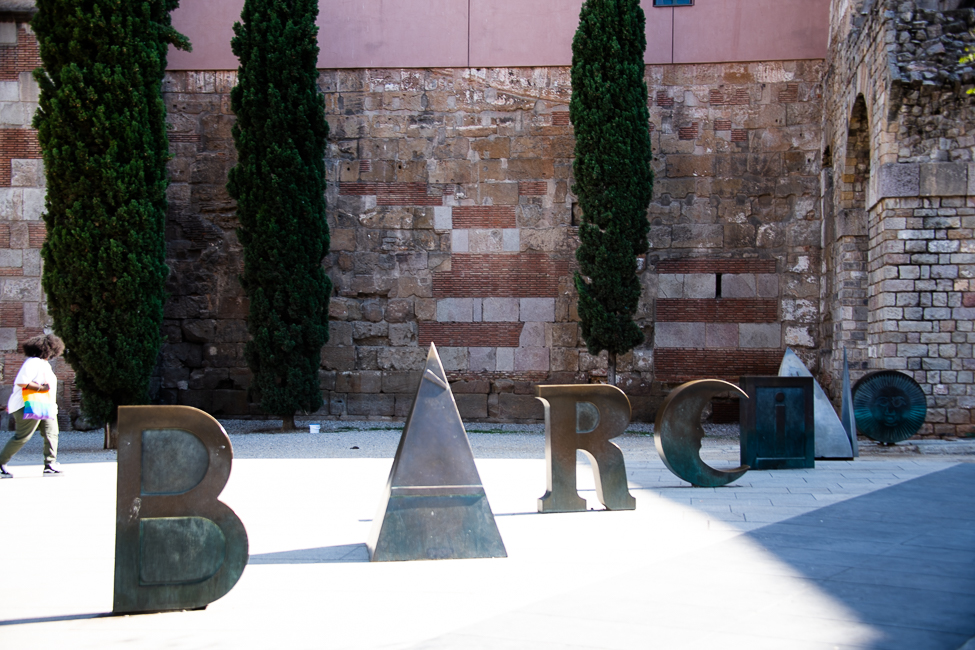 Near the Barcelona Cathedra is this gorgeous piece also by Catalan artist João Brossa. It spells Barcino, which is what the Romans called Barcelona. Six of the letters are bronze and one is aluminum.
Near the Barcelona Cathedra is this gorgeous piece also by Catalan artist João Brossa. It spells Barcino, which is what the Romans called Barcelona. Six of the letters are bronze and one is aluminum.
A friend sent me an article about The Frederic Marés Museum. I hunted it down, and I still don’t know what to say. It is astonishing. The man began collecting in his childhood, but collecting just doesn’t cut it as a word. He collected Christian art pieces, weapons, soldier figures, Victorian fans, pipes, instruments, and so, so much more. The thing is, what he collected was incredible. It is the type of stuff that might have ended in the trash in its time, instead it was lovingly collected for the world to enjoy. You don’t go to learn, there are over 10,000 pieces, you go to ogle, and it is truly too much to handle for very long, but I wouldn’t have missed it for the world.
Medieval Jewish Quarter
This little pastry shop is heaven on earth. Literally, Caelum means heaven in Latin. The pastries are absolutely divine, and have added considerably to my waistline, but the fun part is its history. The shop is choc-a-bloc full of delicacies made by various religious institutions. This includes “medicinal” liquids as well as cookies and cakes.


